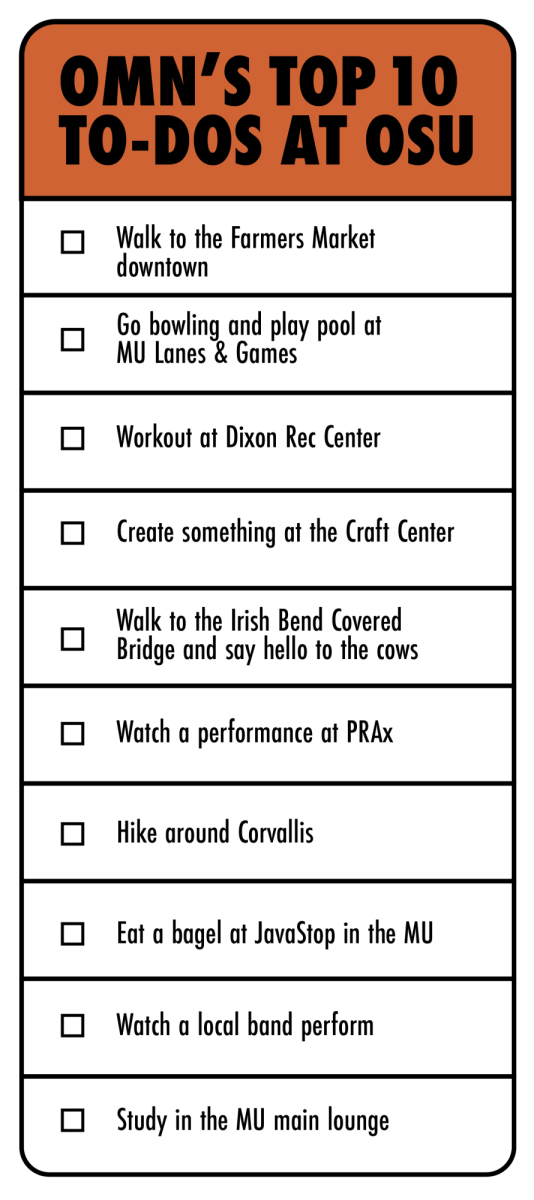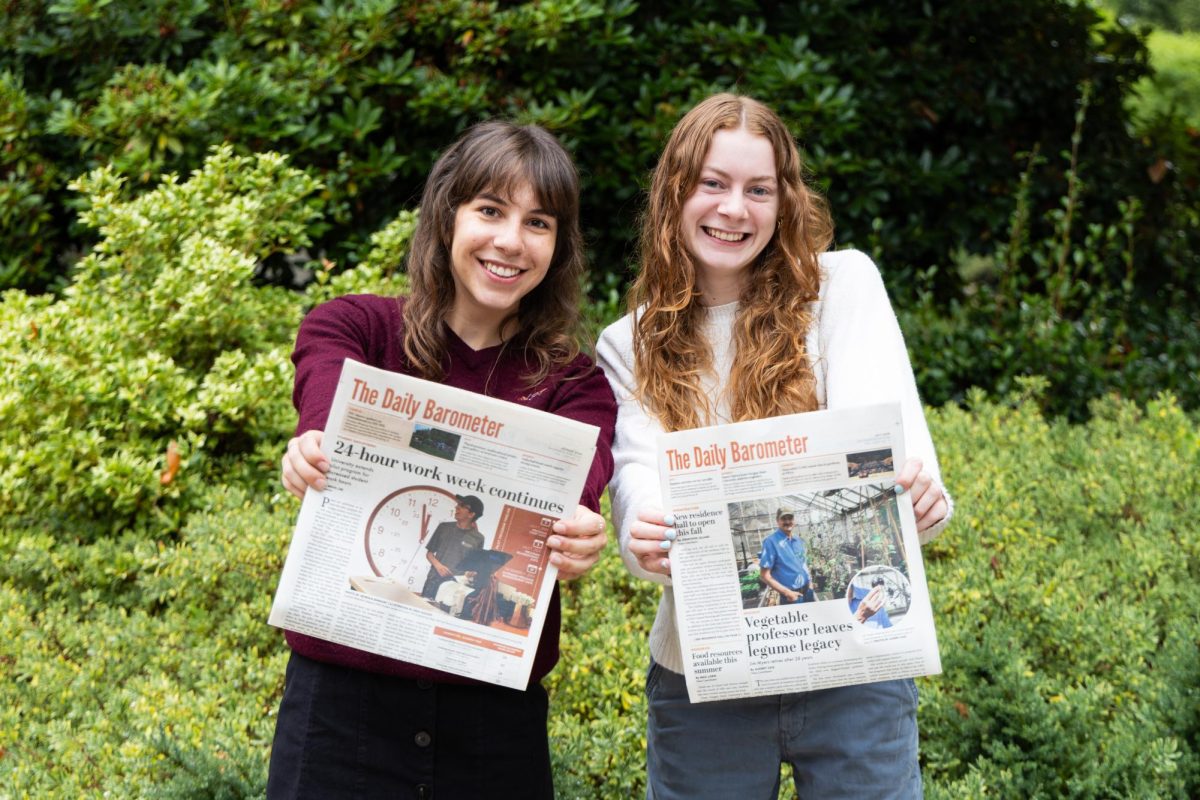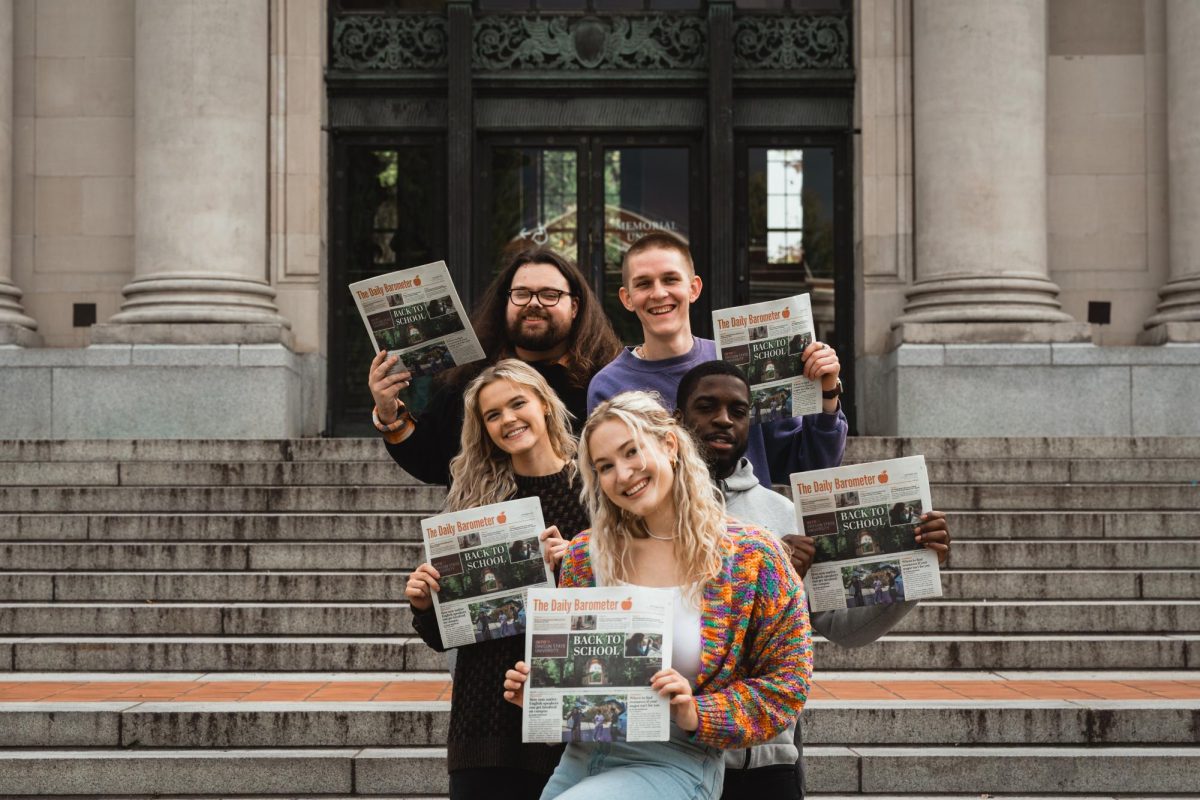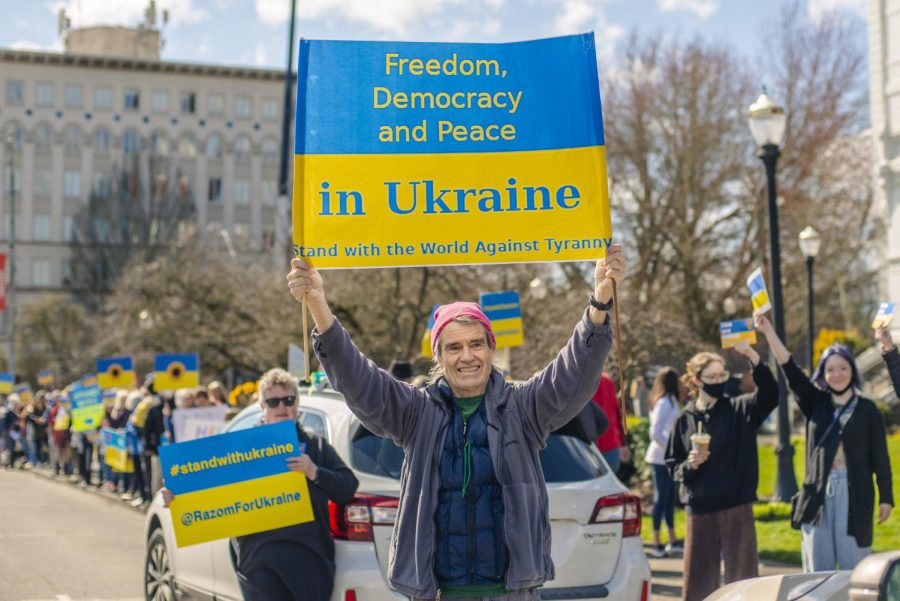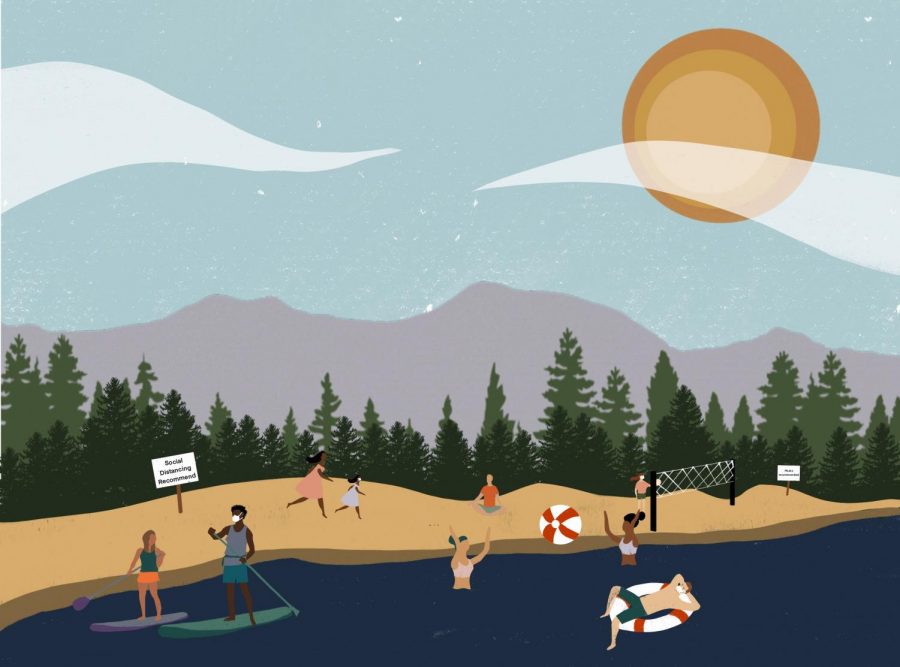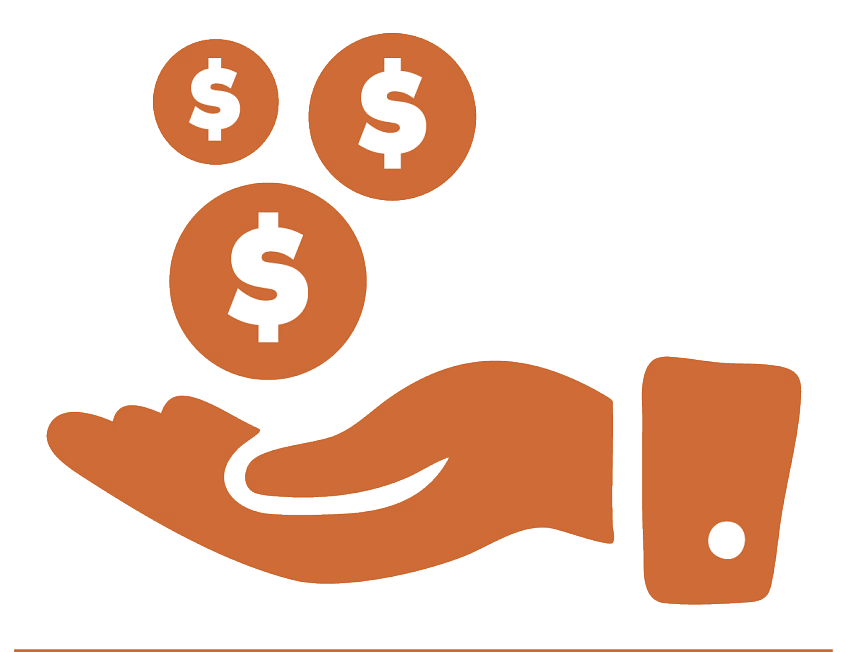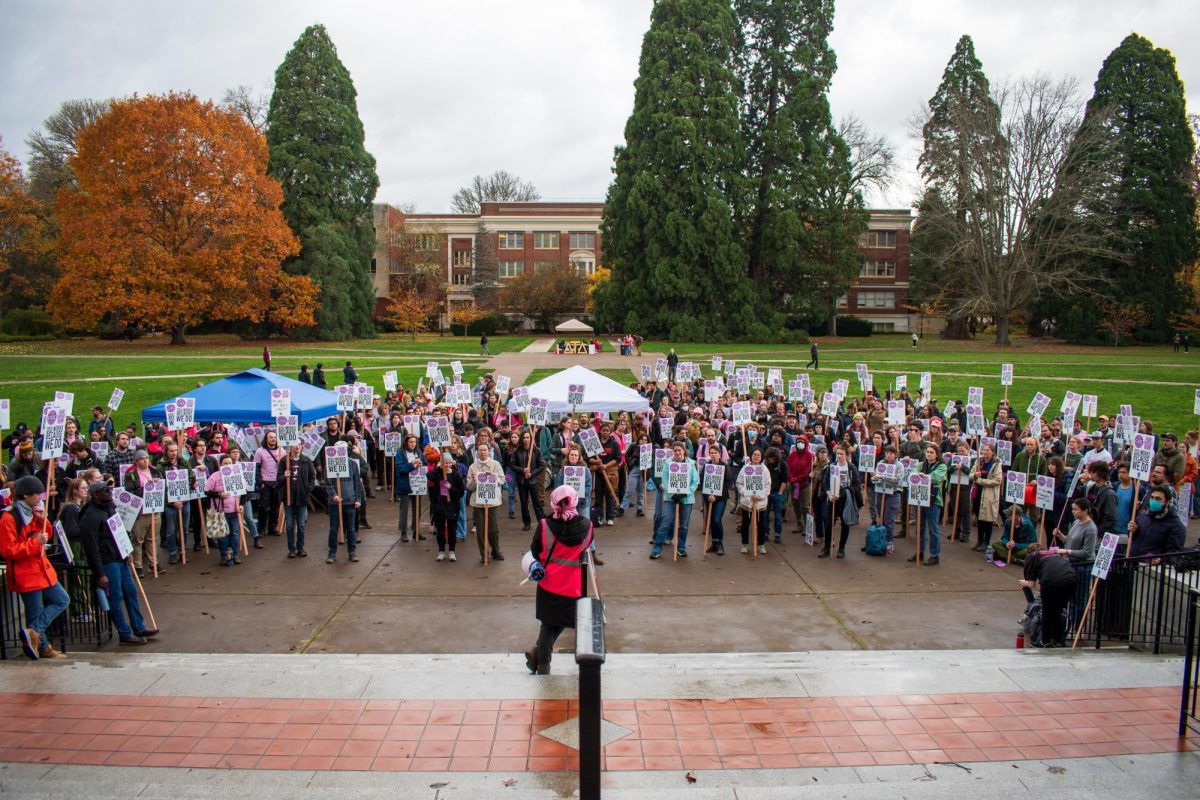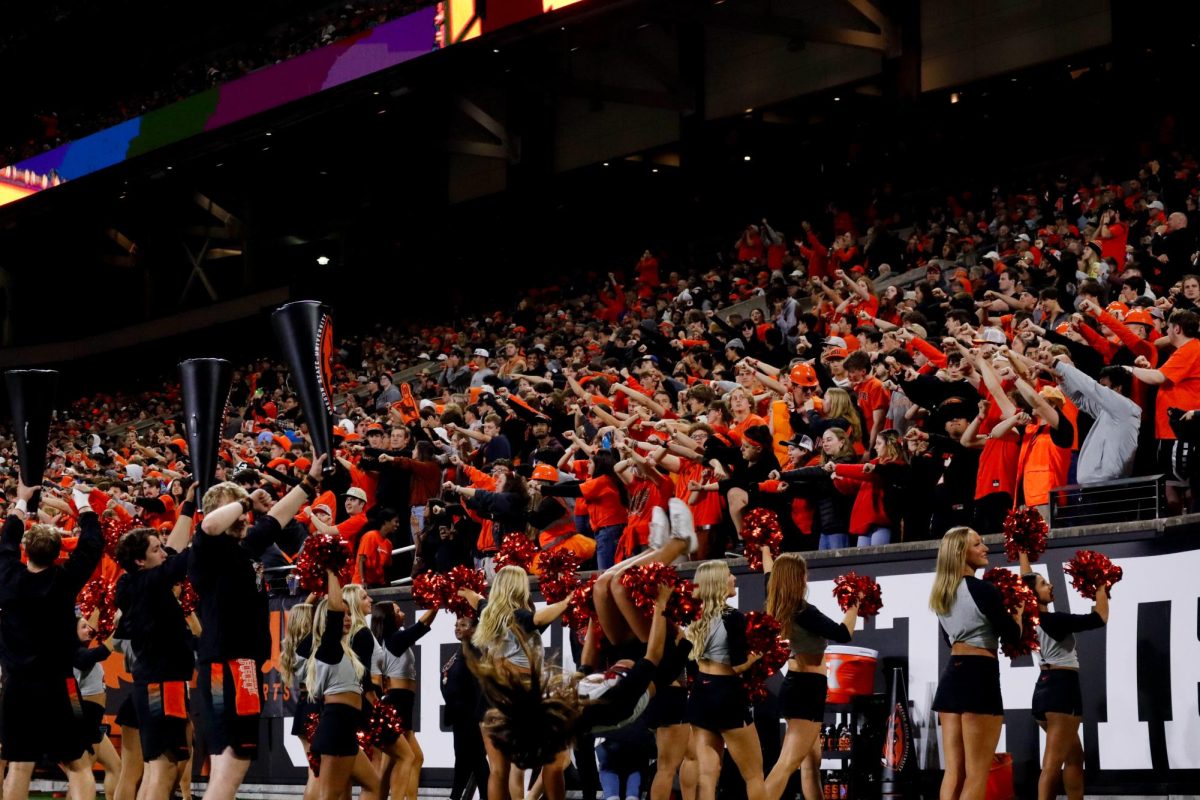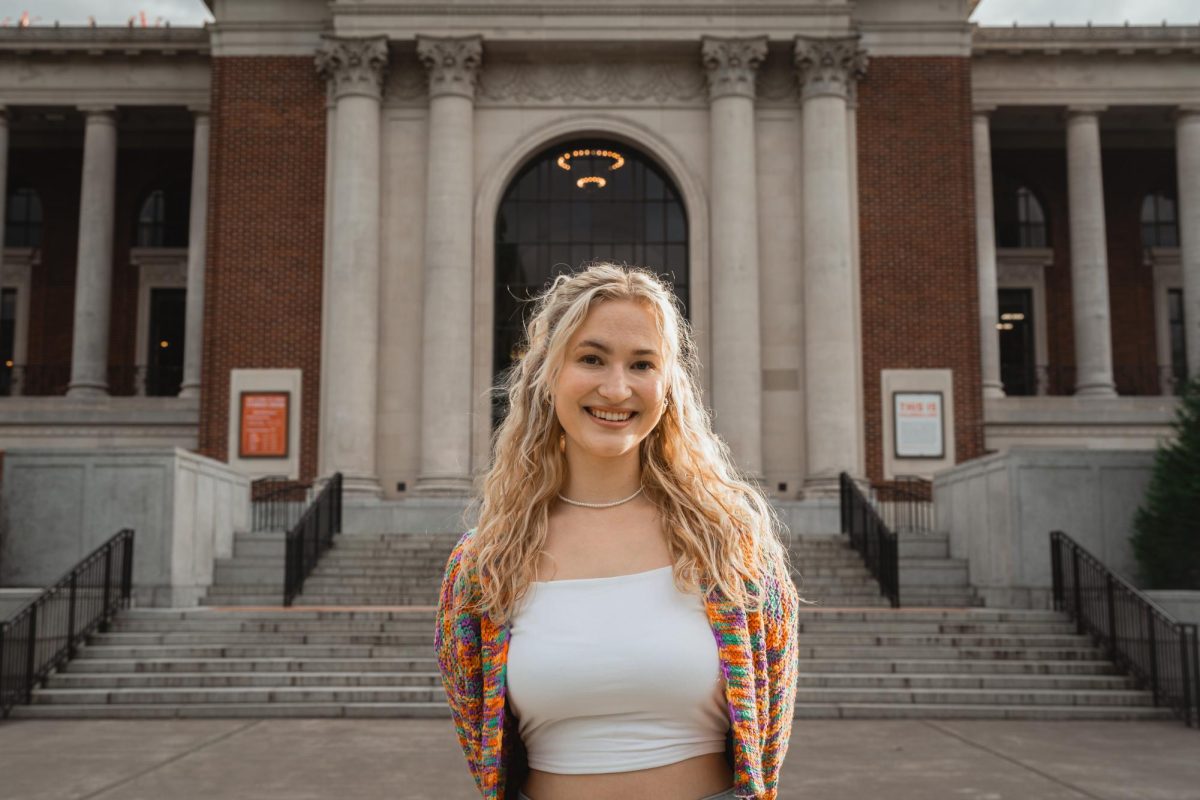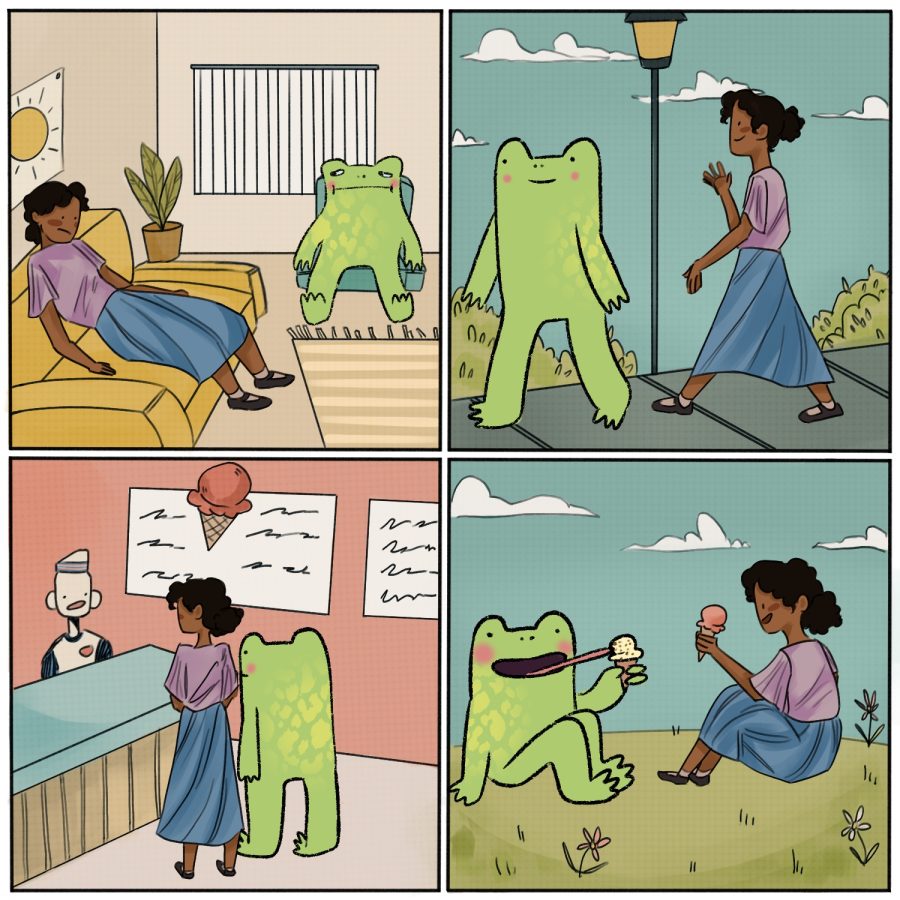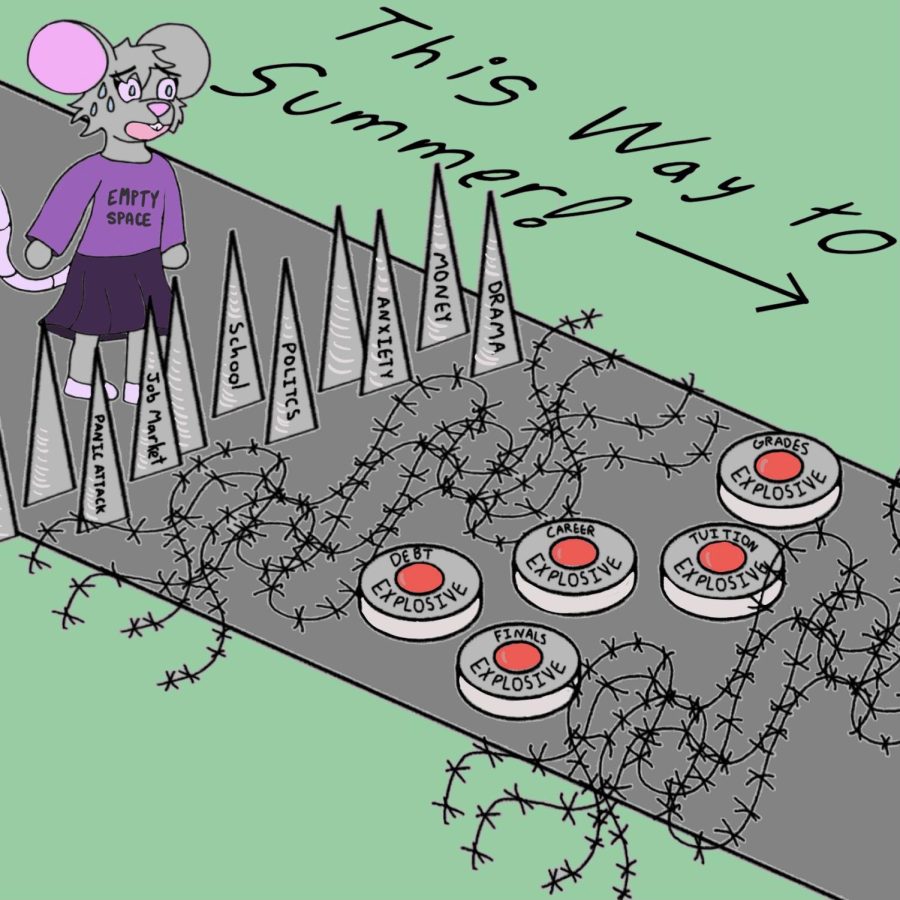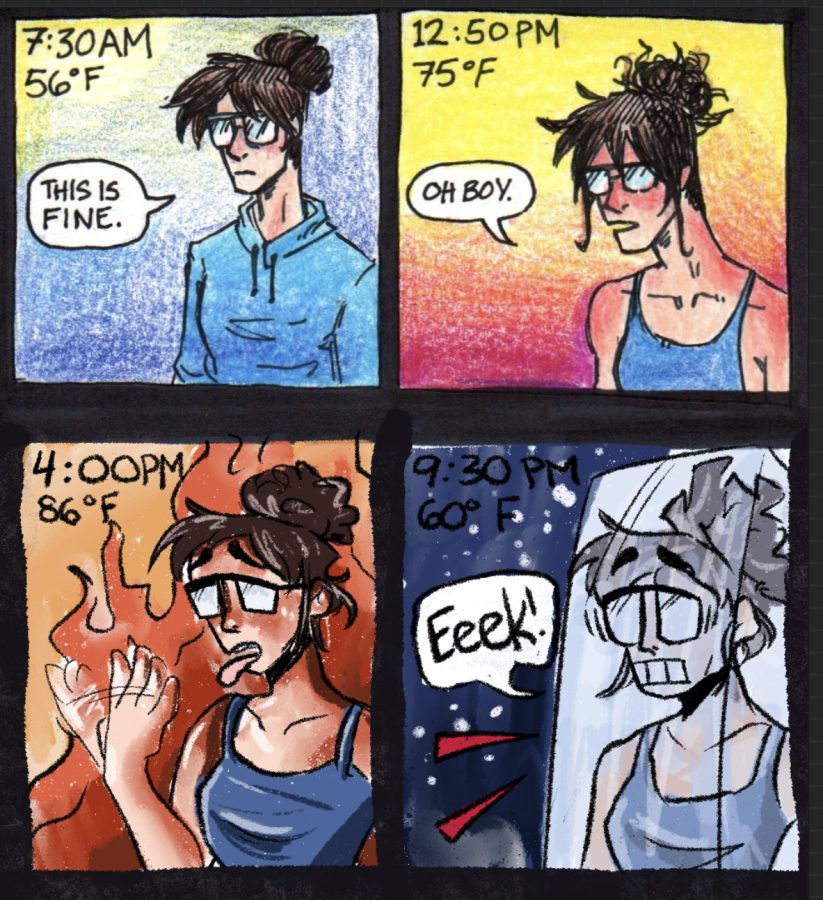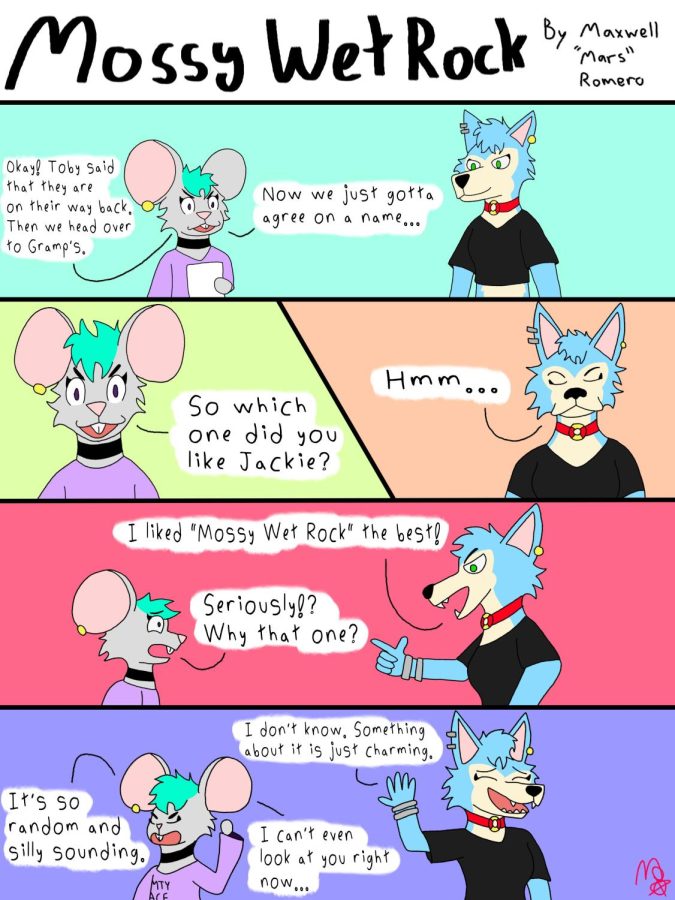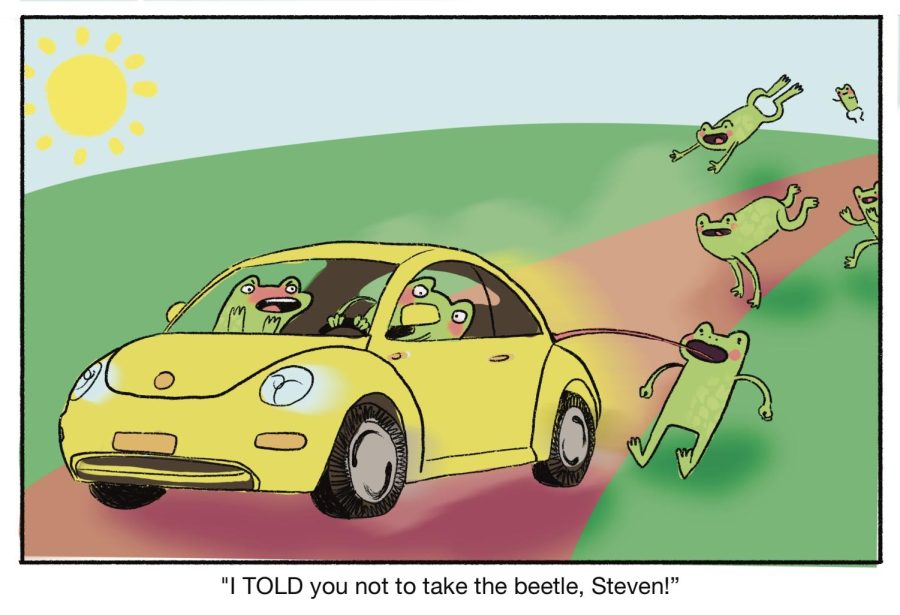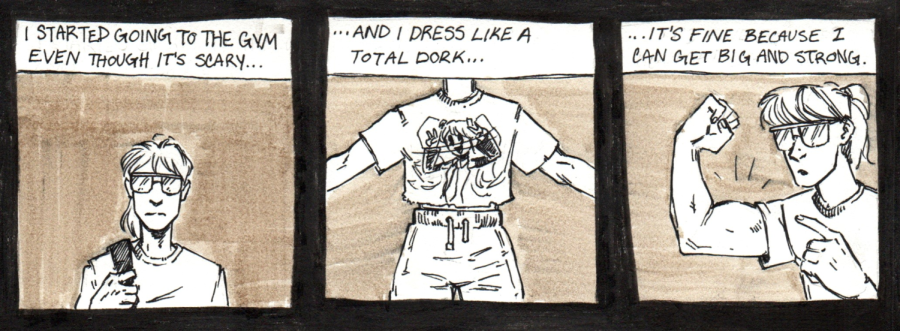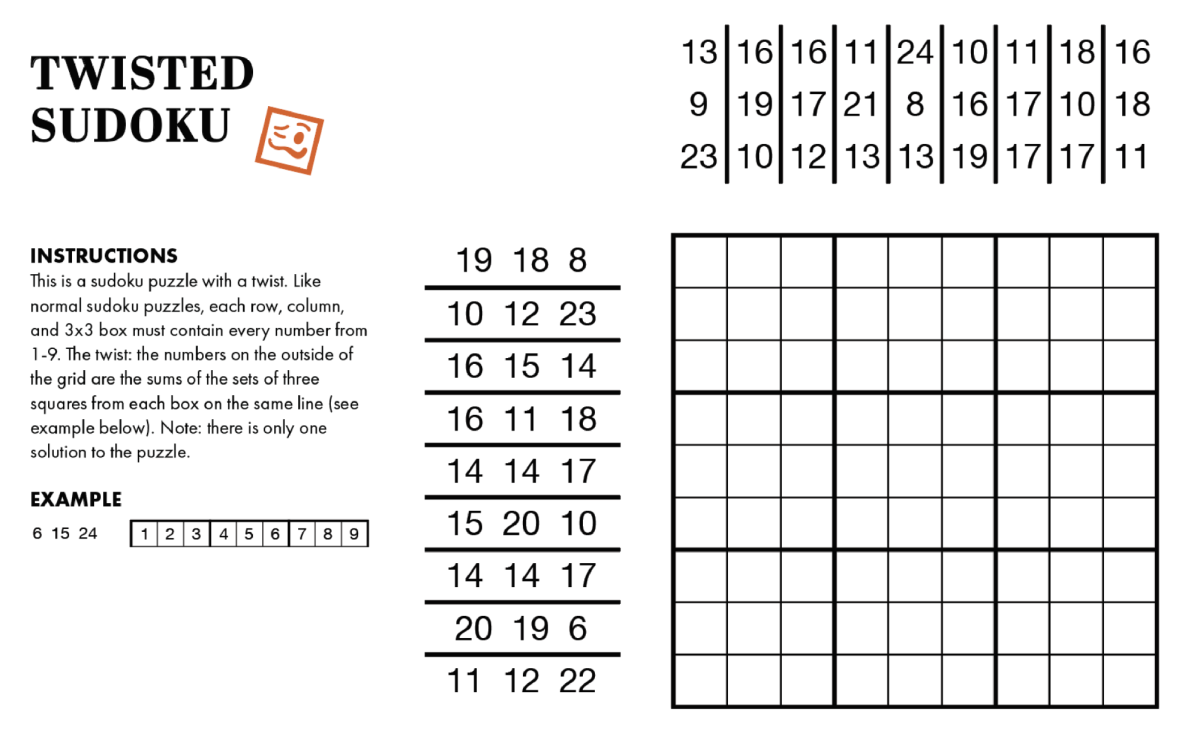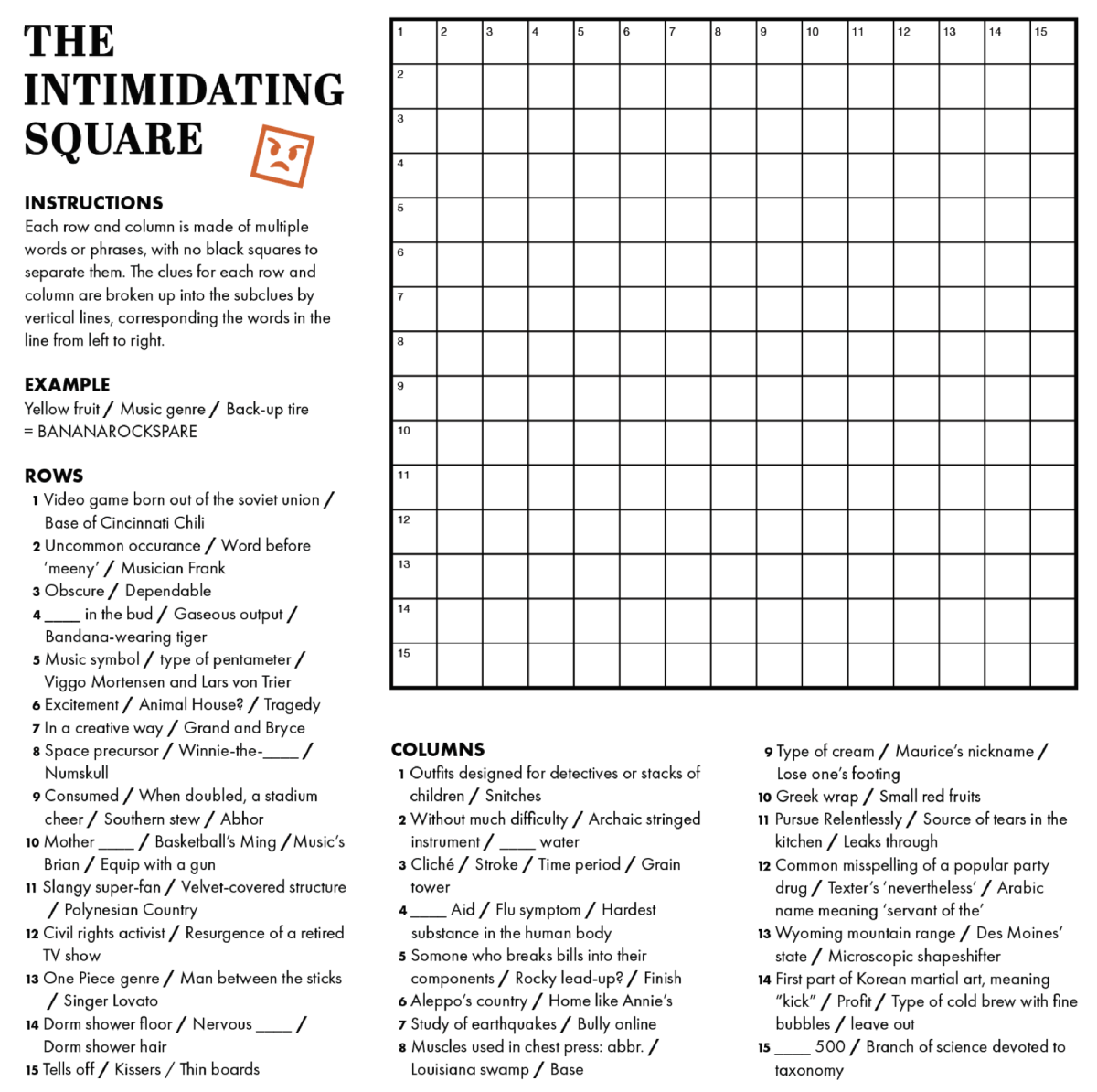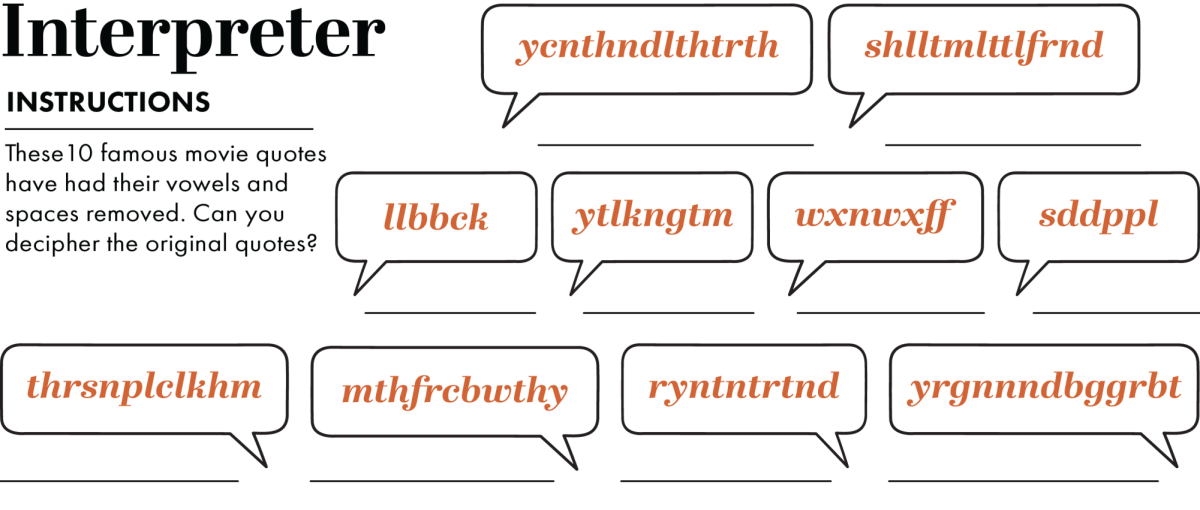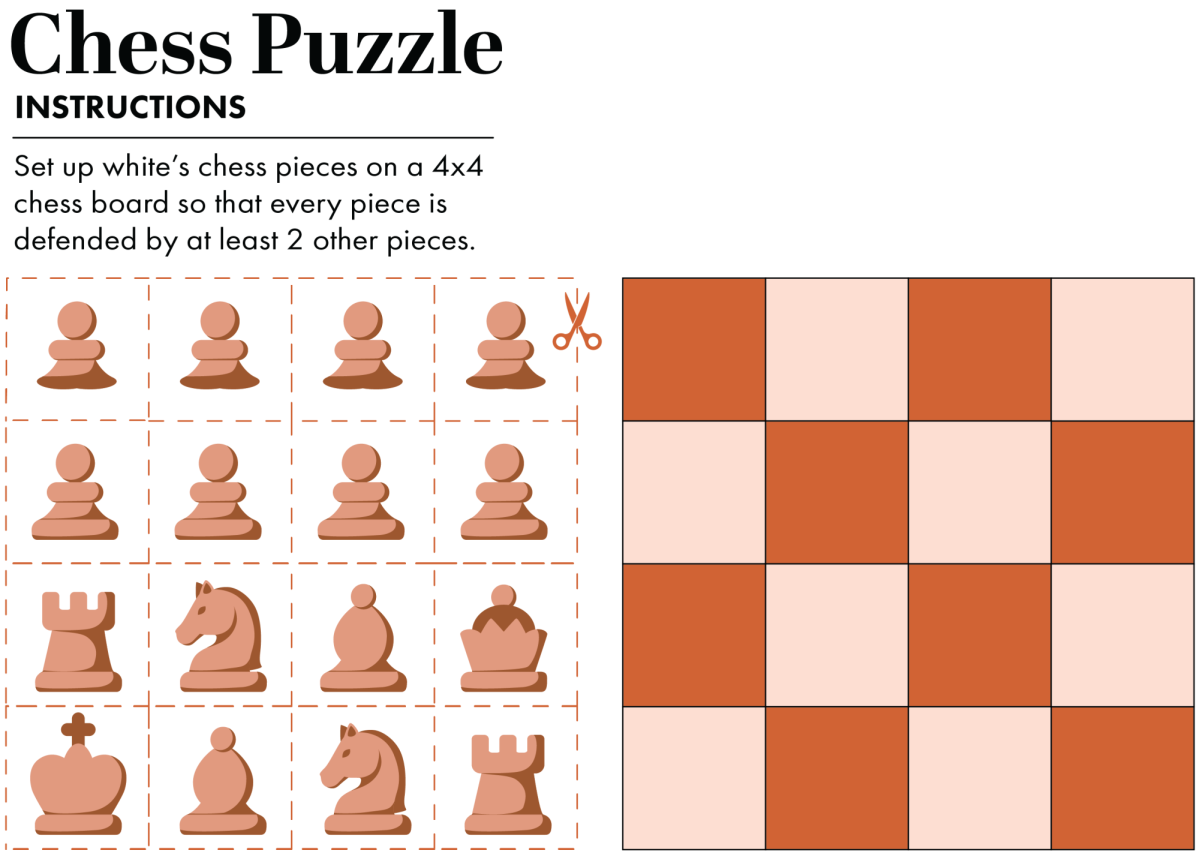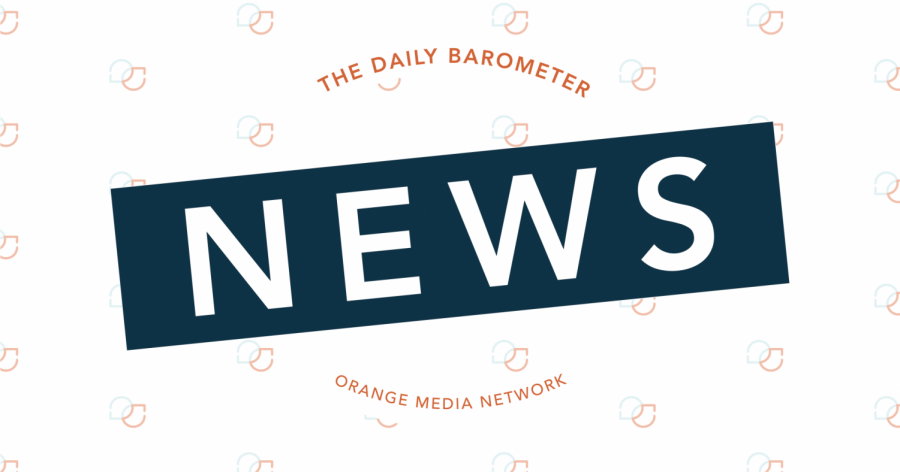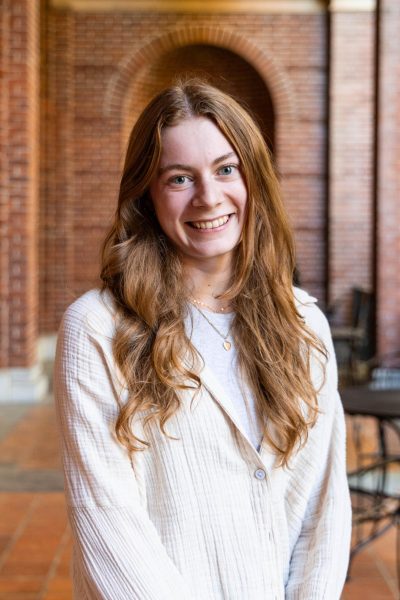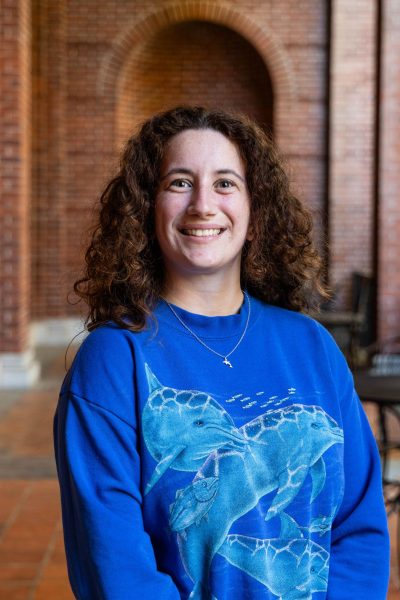It’s more than a team, it’s a family: Luther describes COVID year
By Maggie Akins, Sports Chief
When in doubt, get inspired.
On the first instinct, you take a breath. Next, you lock back in.
The sports world and environment is a 24/7 constant wave of motion, and on March 13, 2020, it all came to a standstill.
“I was in the bullpen, it was a Wednesday and we’re watching the news … roll in that NBA games are getting canceled and I turned to (Steven Sandberg, assistant director of student media at Oregon State University) and I said, ‘how am I supposed to be a sports editor when there are no sports?’ and he said something along the lines of ‘I was supposed to be in this position for a reason,’” 2019-2020 Sports Editor-in-Chief Alex Luther said.
As Luther was put in this position to navigate the remainder of her academic year as sports editor from March to June, she didn’t think about how to get the most views; she thought about the people that come with sports.

“That’s what I think especially makes OSU sports so special is the level of community and how it does feel like a family when you’re a fan and when you’re part of that team. We all feel those losses, but we all feel those successes together,” Luther said.
From the lockdown to going back to everyday life, Luther and the sports team created. They created the OMNSports Instagram page and used each person’s sense of creativity to produce stories and topics to keep the sports community thriving.
“We had to get creative…how do you cover sports when there’s no sports being played so I think it forced us to create them a little bit,” said Matt Brooks, former sports writer and now assistant director of Integrated Communications at OSU.
Each writer was tasked with a sports beat and wrote stories about what sports meant to them.
“I had to think more outside of the box and become more of a problem solver and more of an innovator than I would have been otherwise…I think that gave us the time to think about how we wanted to approach this in a world where we had so many questions and no answers,” said Luther. “Success was continuing to show up for each other in a time when there was so much uncertainty and committing to our jobs as journalists and as people in a way that we didn’t know where it was going.”
A part of journalism is being able to tackle the story, and for sports journalists, there is always a person, a storyline, and an event you can pursue.
“There is always a story, you just have to tell every person has a story, it’s on us as writers to go find it and go tell it…Even during covid when there’s no sports, there’s still a story out there. We just have to find it,” Brooks said.
During the era of covid, the Barometer sports team were able to stay strong and exceed what they thought they were capable of when the hardest thing hit their schedule: no sports. Brooks and Luther reflect fondly of their time and motivate others to show they are able to be the greatest of all time despite difficult scenarios.
“You’re gonna miss, you’re gonna hit, but don’t let that get you down. You’ve gotta keep going because this is an industry, but help loving or hate it, the news site can keep going,” Brooks said.
“Don’t be afraid to take a pause, think about what matters most and then push through when it gets hard because at the other side, you’re gonna be a better version of yourself for it,” Luther said.
Shea looks back on COVID reporting, proud of team
by Audrey Saiz, Editor-in-Chief
When she started the year as Editor in Chief in 2019, Delaney Shea did not know what was coming in March of that spring.
She was facing heavy news topics early in her tenure and was seeing her team or about 25 reporters through all of it.
When winter term hit, with whispers of a pandemic, the university and much of the United States was not super worried.
The last weekly Baro paper to hit stands in 2020 stated “No need to panic”. A thought that was echoing around the country at the time.
“I think it reflects on how quickly things changed, and, like, how much we had to adapt,” Shea said. “I had stuff…notebooks and snacks that I had left at the office that I didn’t get back until after I graduated, because we just weren’t allowed in there.”
The Baro did not return to shelves until it began monthly print issues in January of 2021 under the next editor.
“It was a really difficult decision to decide to scrap the print issue for the remainder of the year and just focus on increasing our online output. Just because printing the paper is just such a central part of what we do, what you do at the Baro,” Shea said.
Her team was sent home, but they continued to write from there, looking for stories of people during the pandemic. This included a 19 part series called “19 COVID-19 Stories”.
“I really thought it was a privilege to be able to watch them stay so focused, and the integrity that I saw within my team, as they were able to still from home, find creative ways to access information, to process that information, to connect with people, was pretty cool,” Shea said.
Shea also noted the fact that COVID simply accelerated a more online presence of news that was already coming.
“It was a privilege to be able to pilot us through this switch into what I think kind of forced us into what was going to be the new reality in a few years anyway,” Shea said.

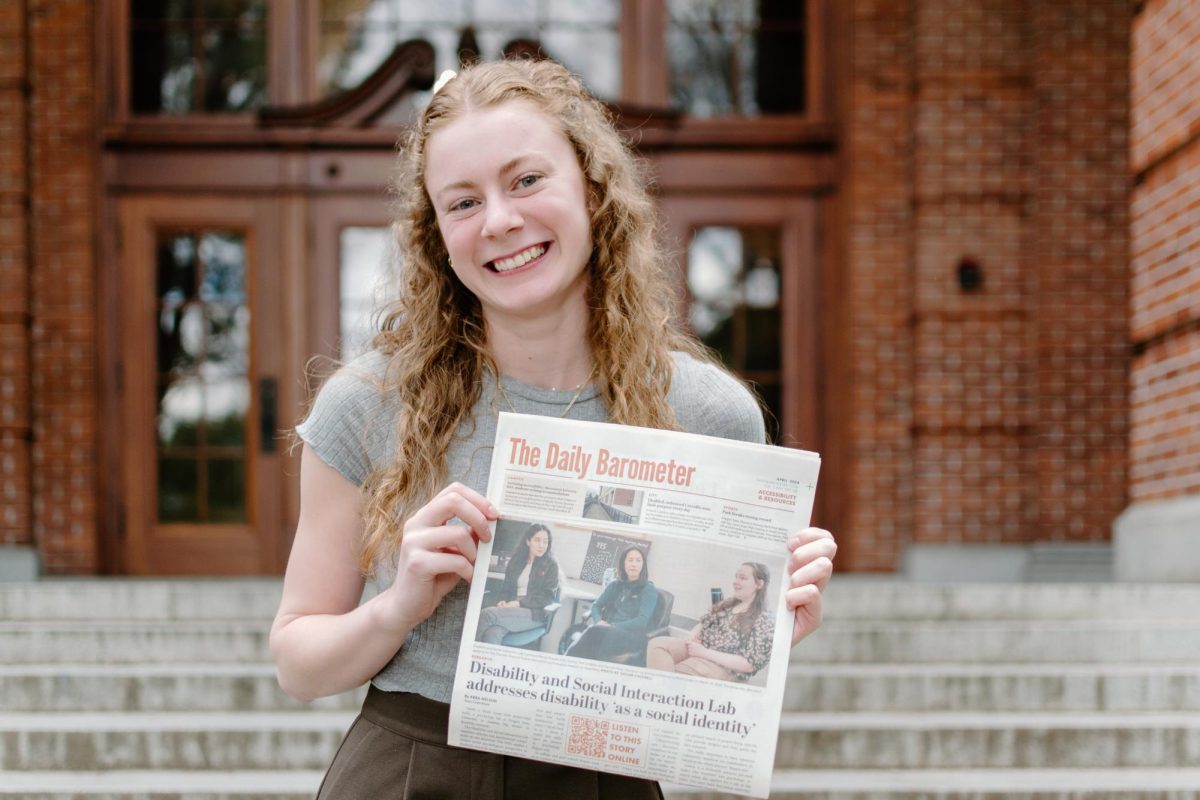

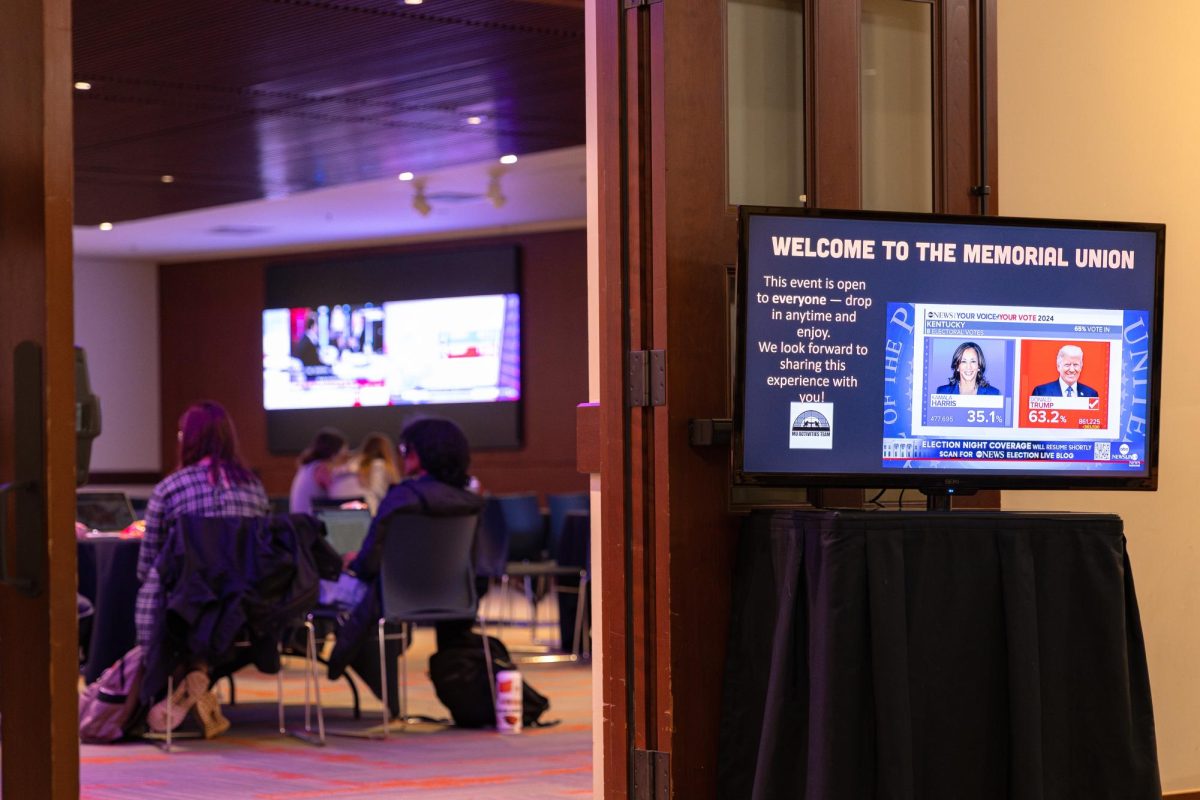

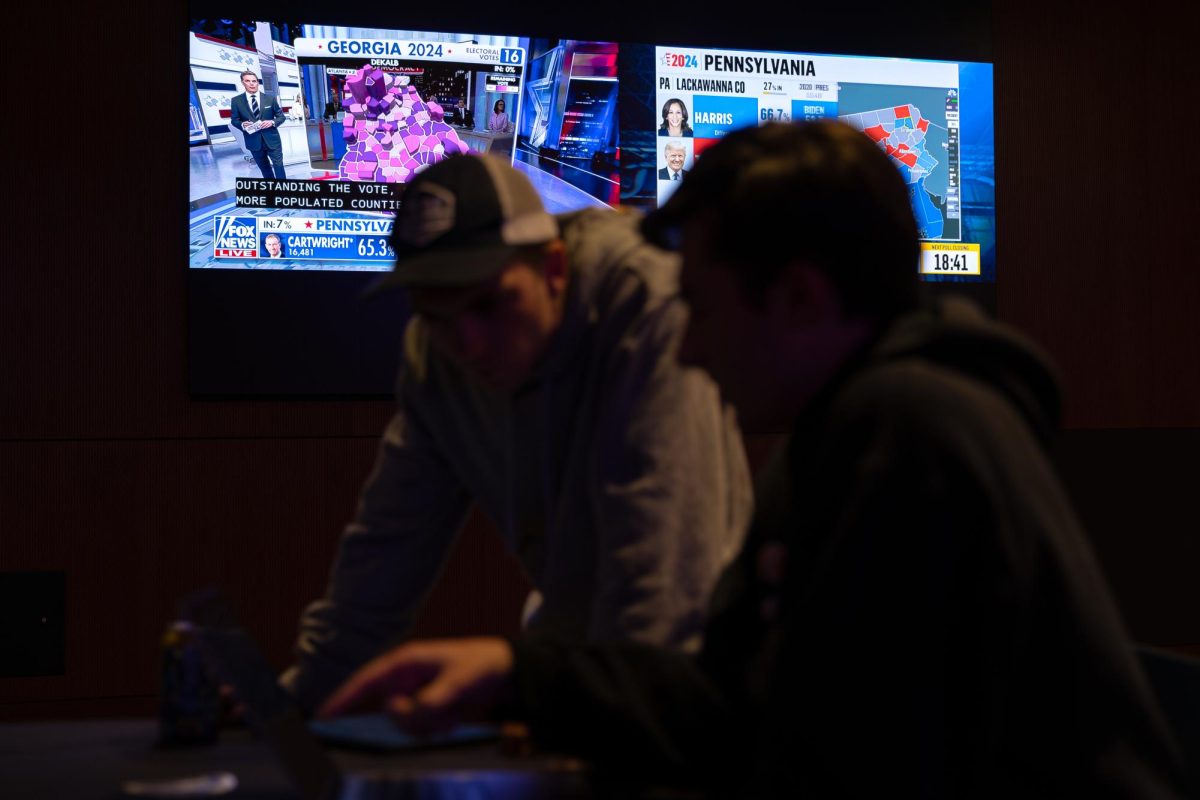

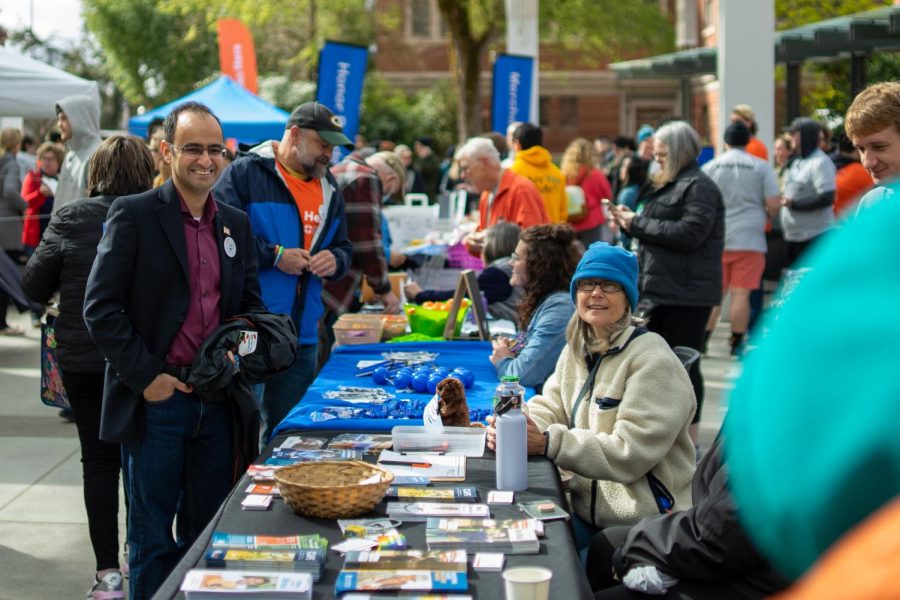
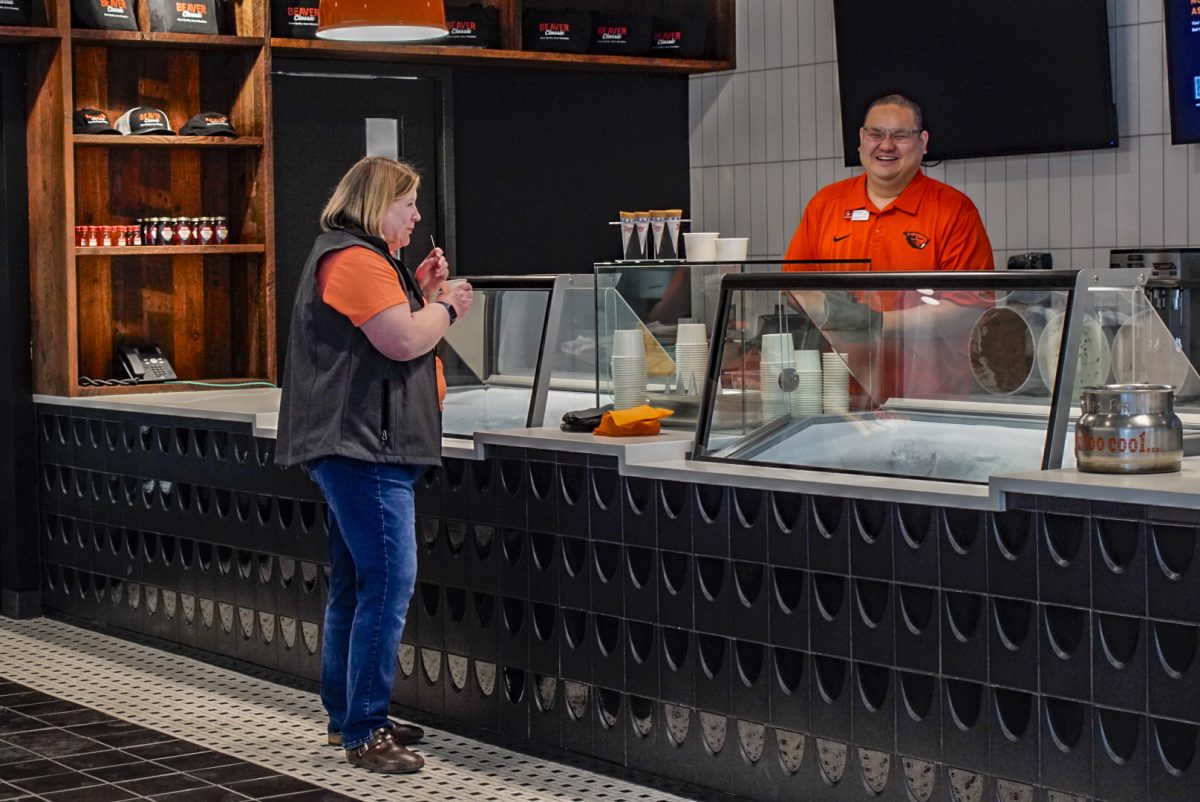
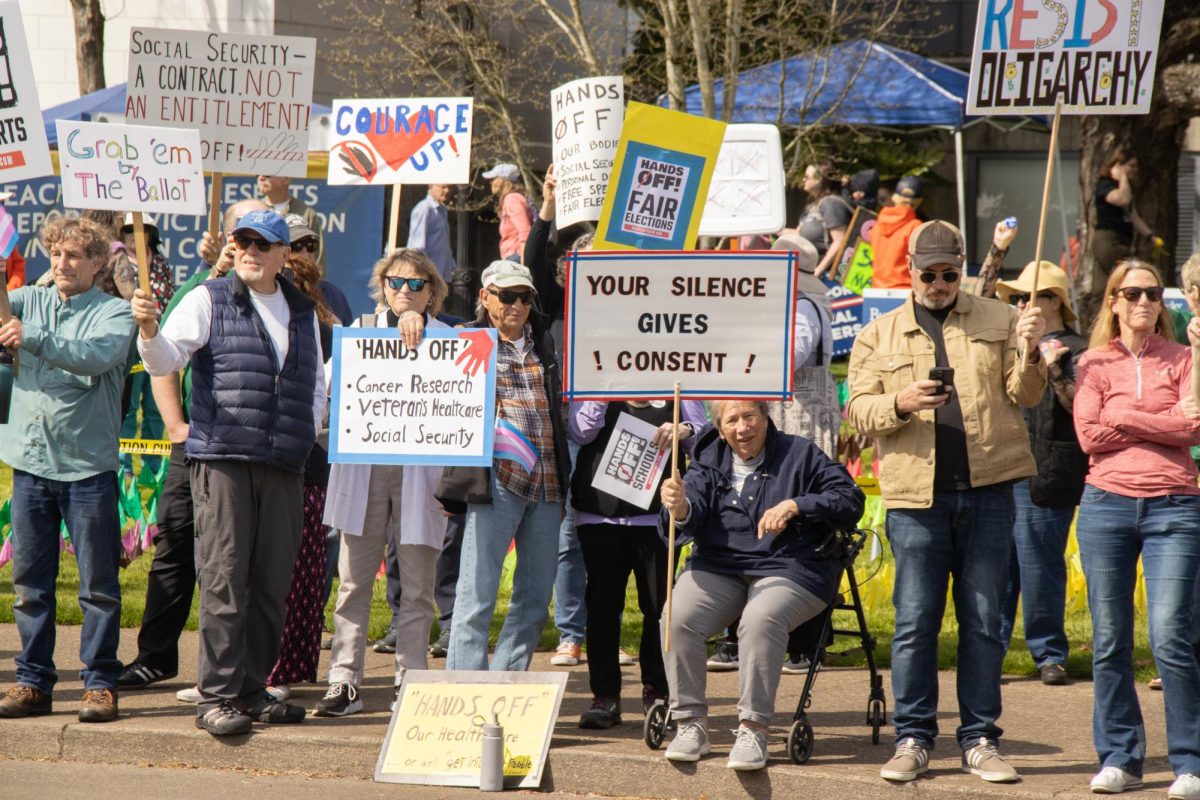

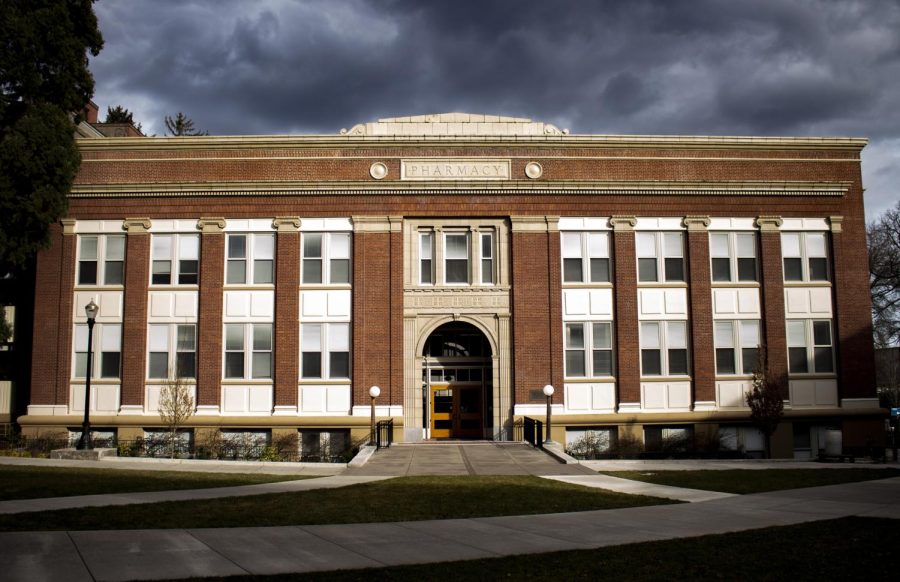
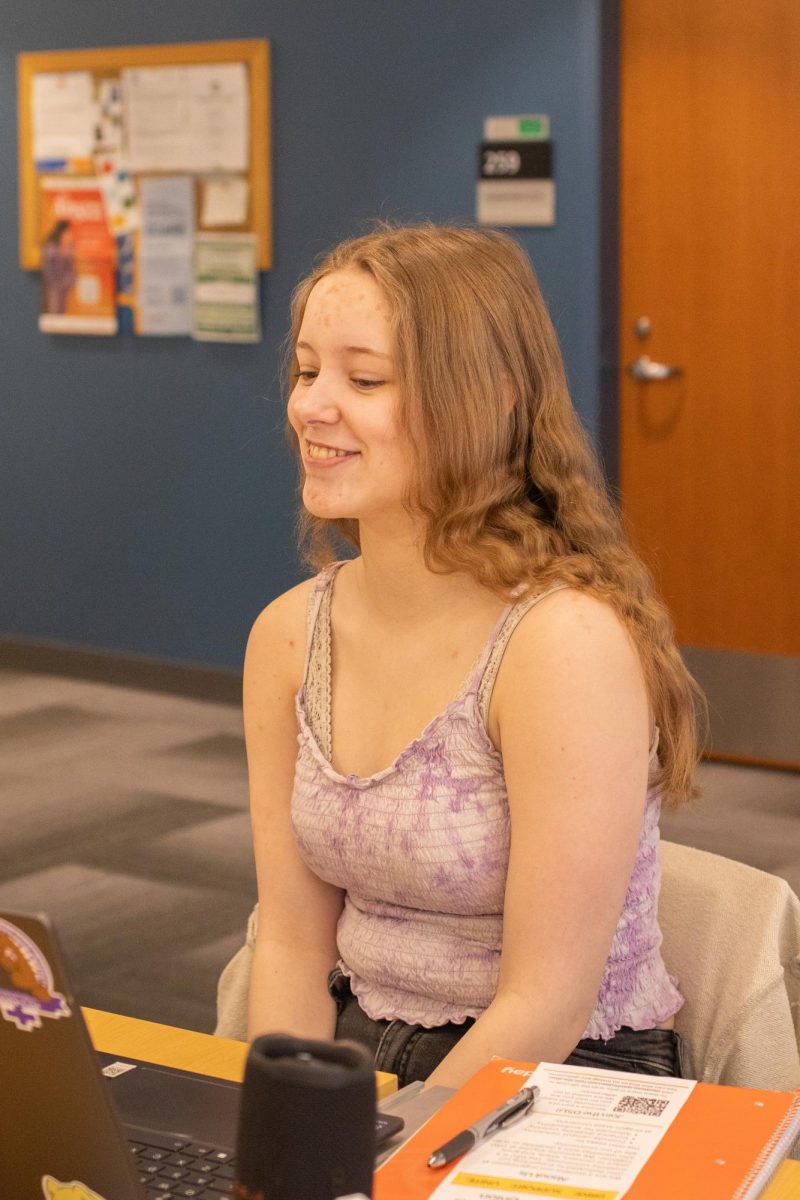
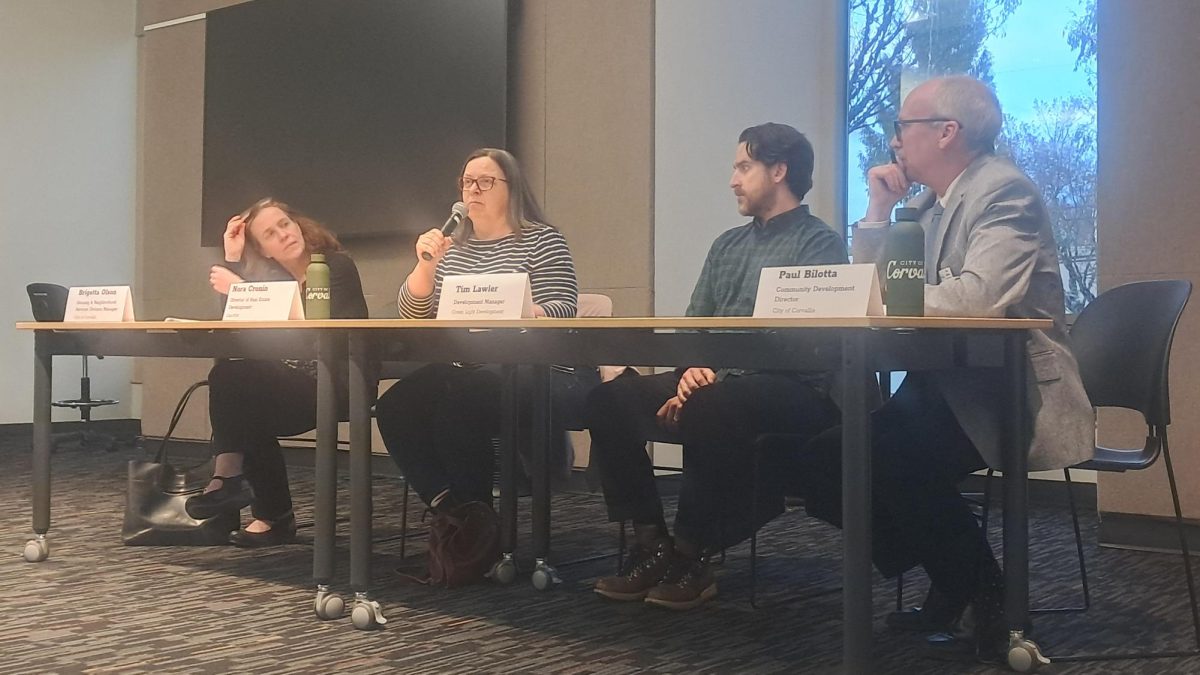
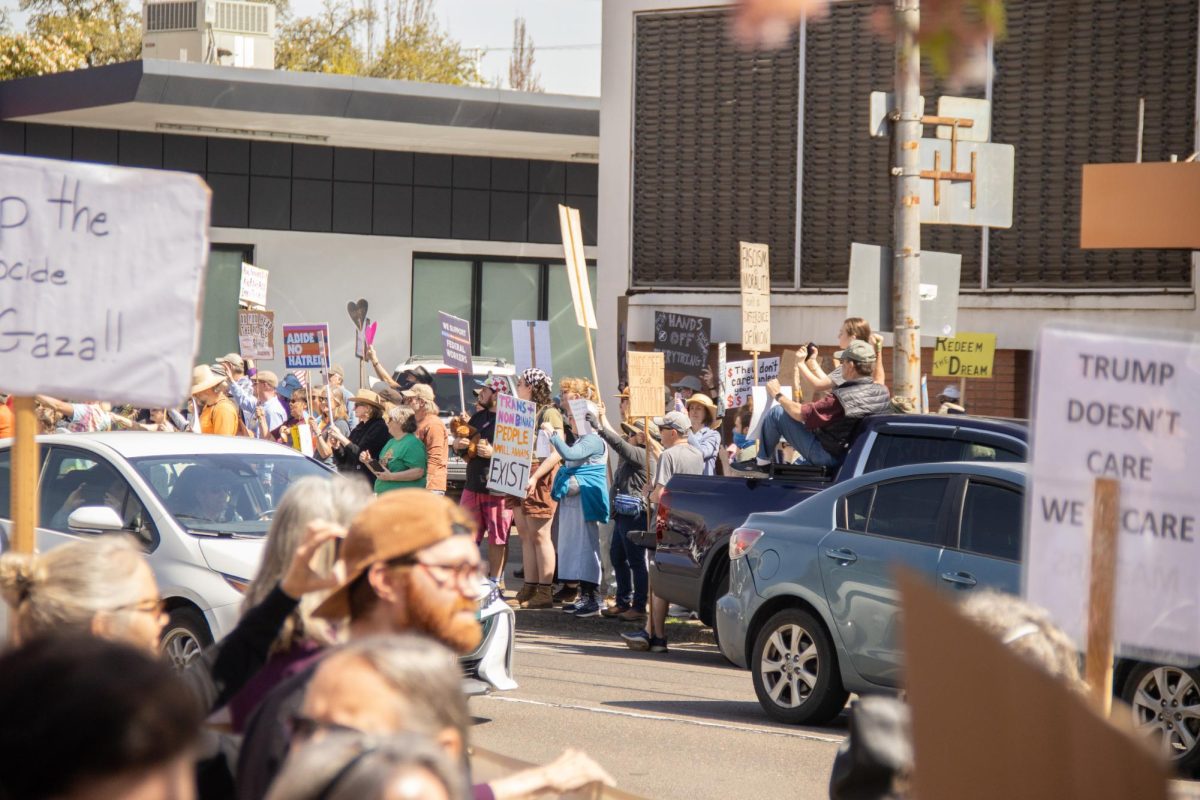
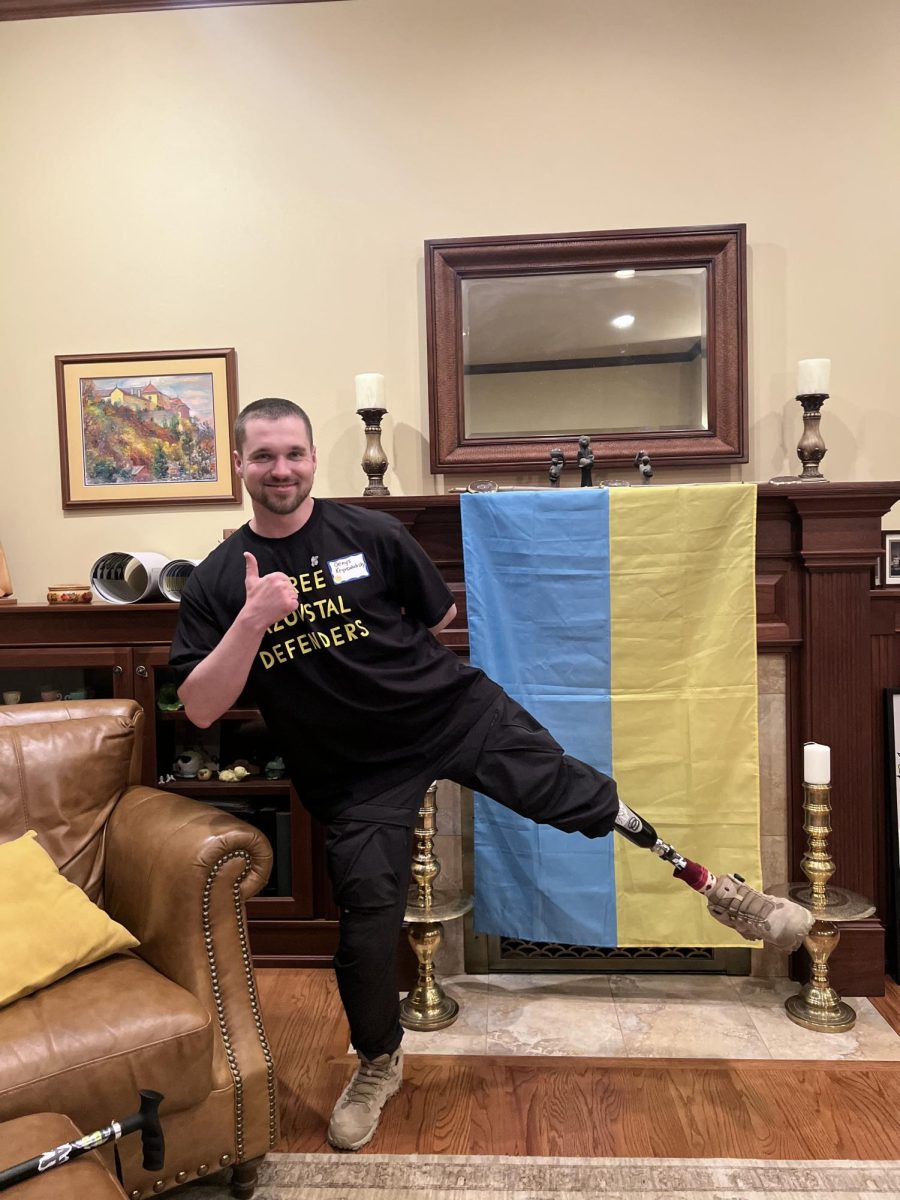
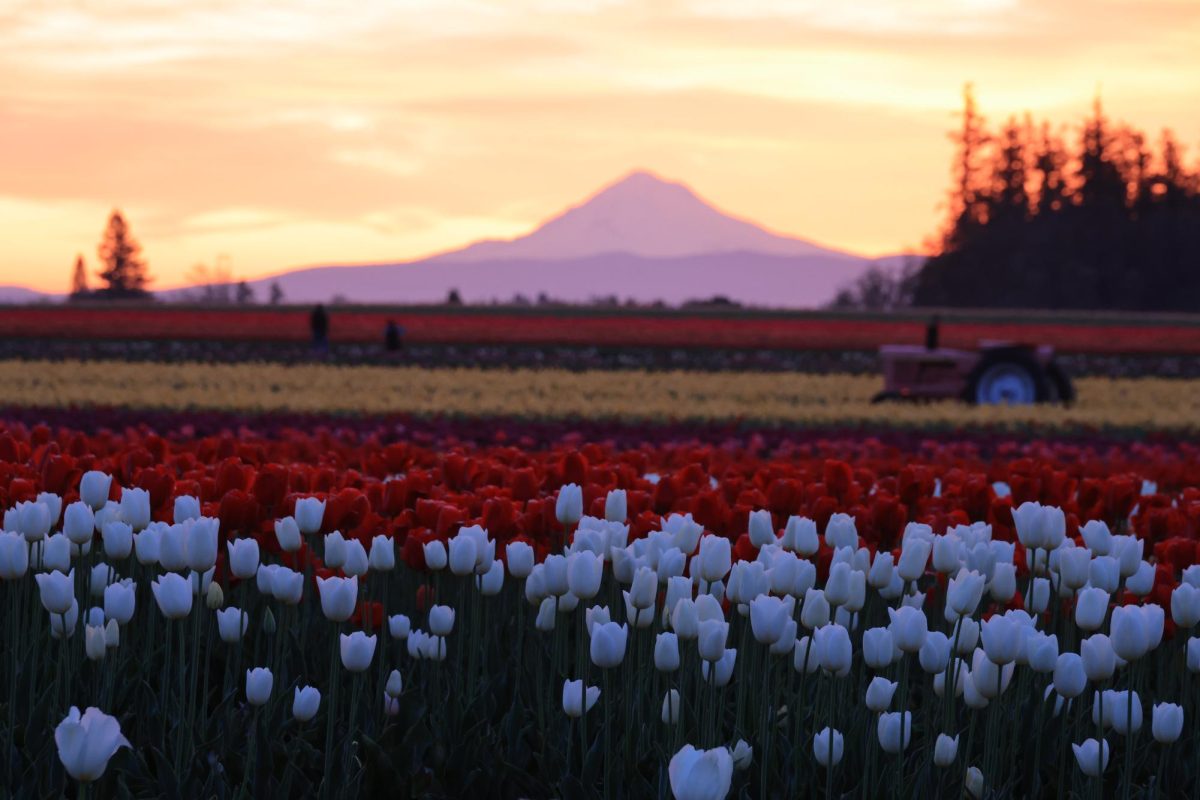
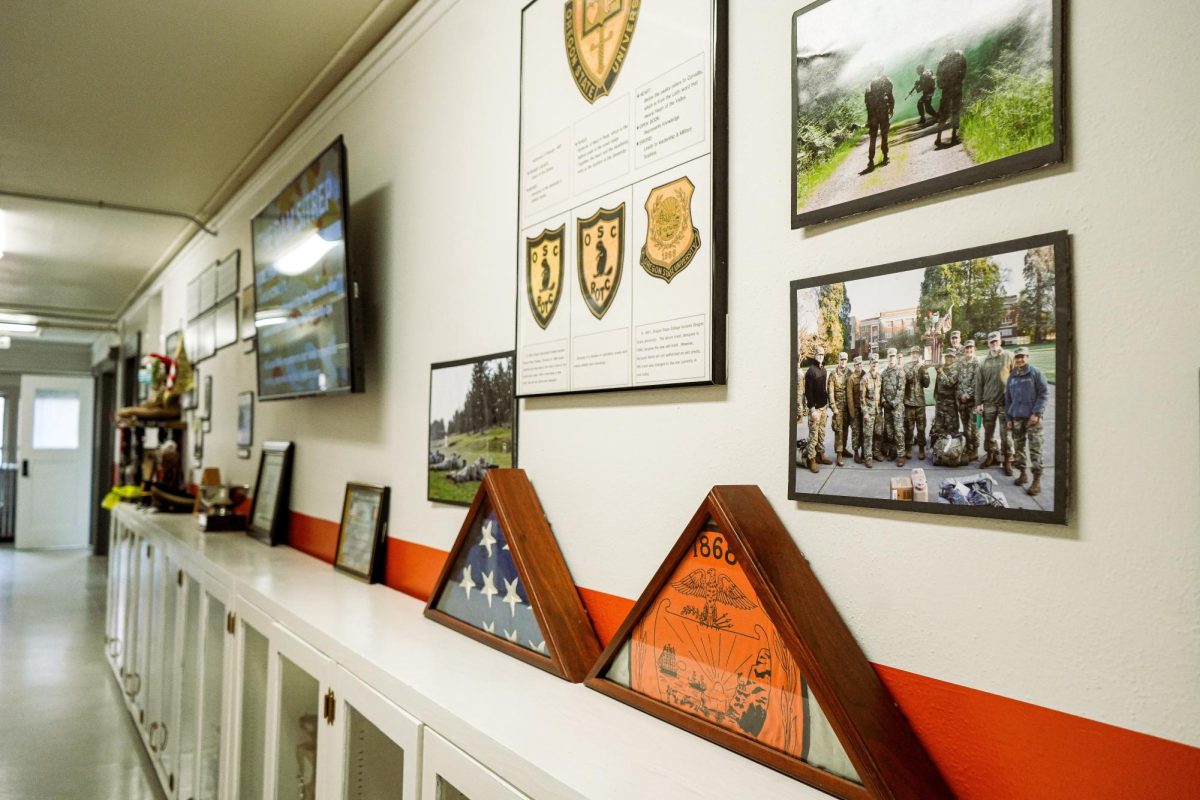
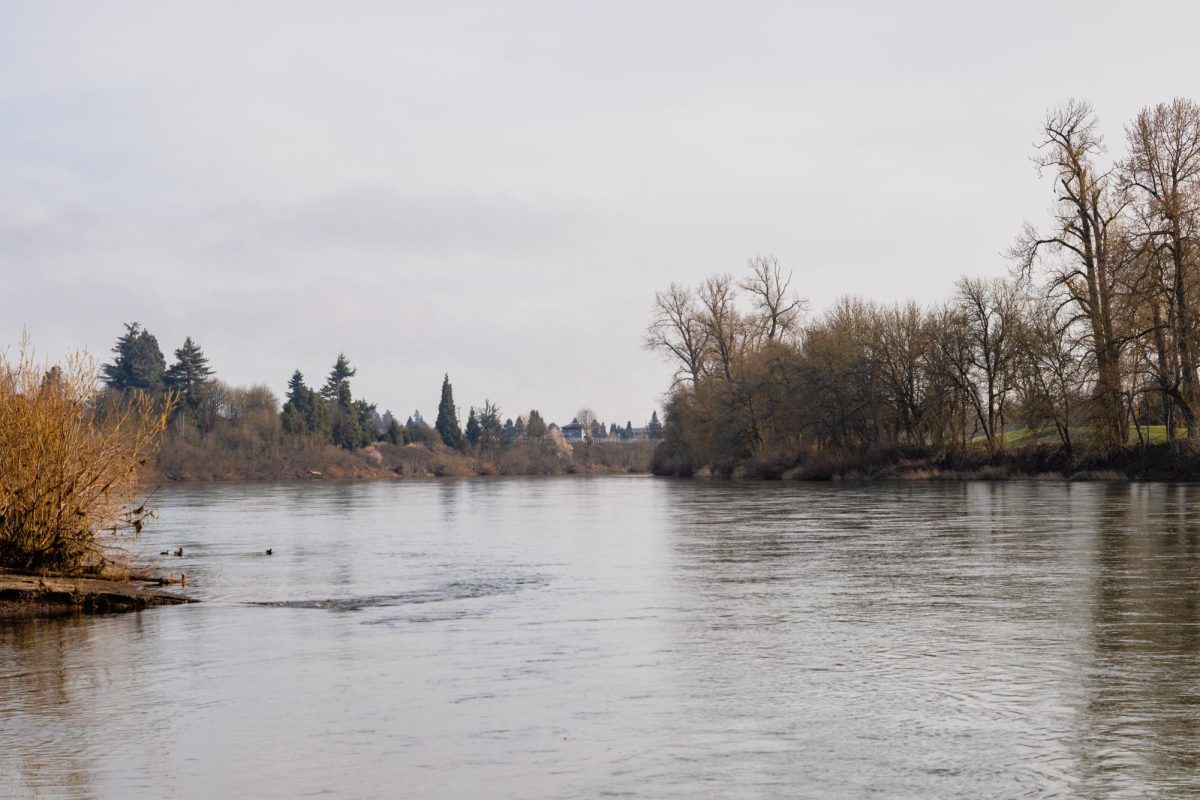
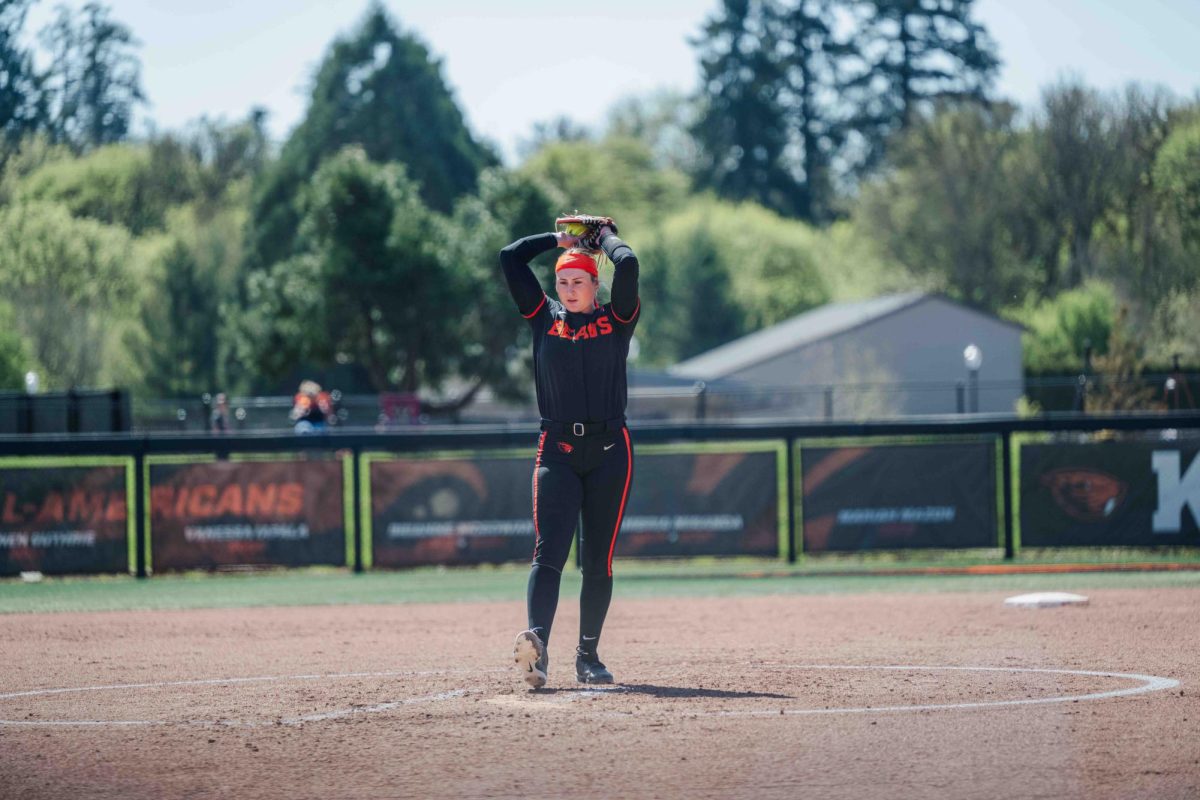
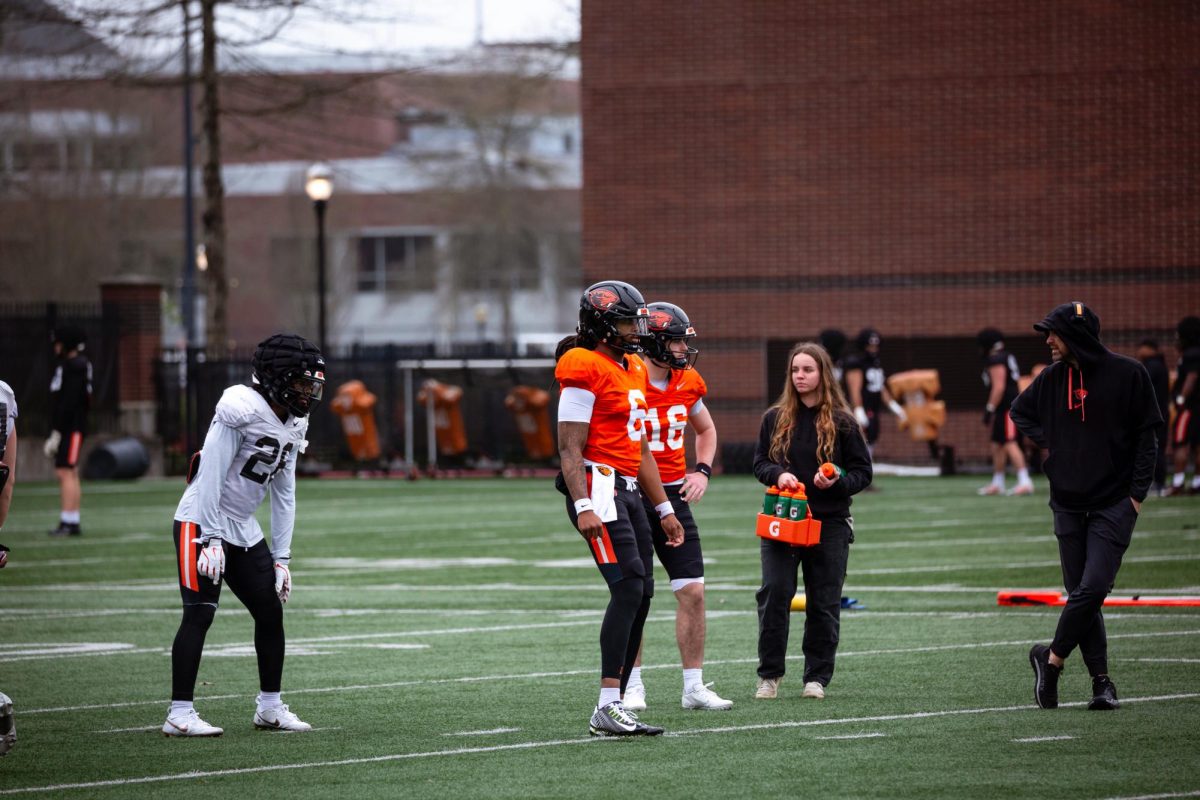
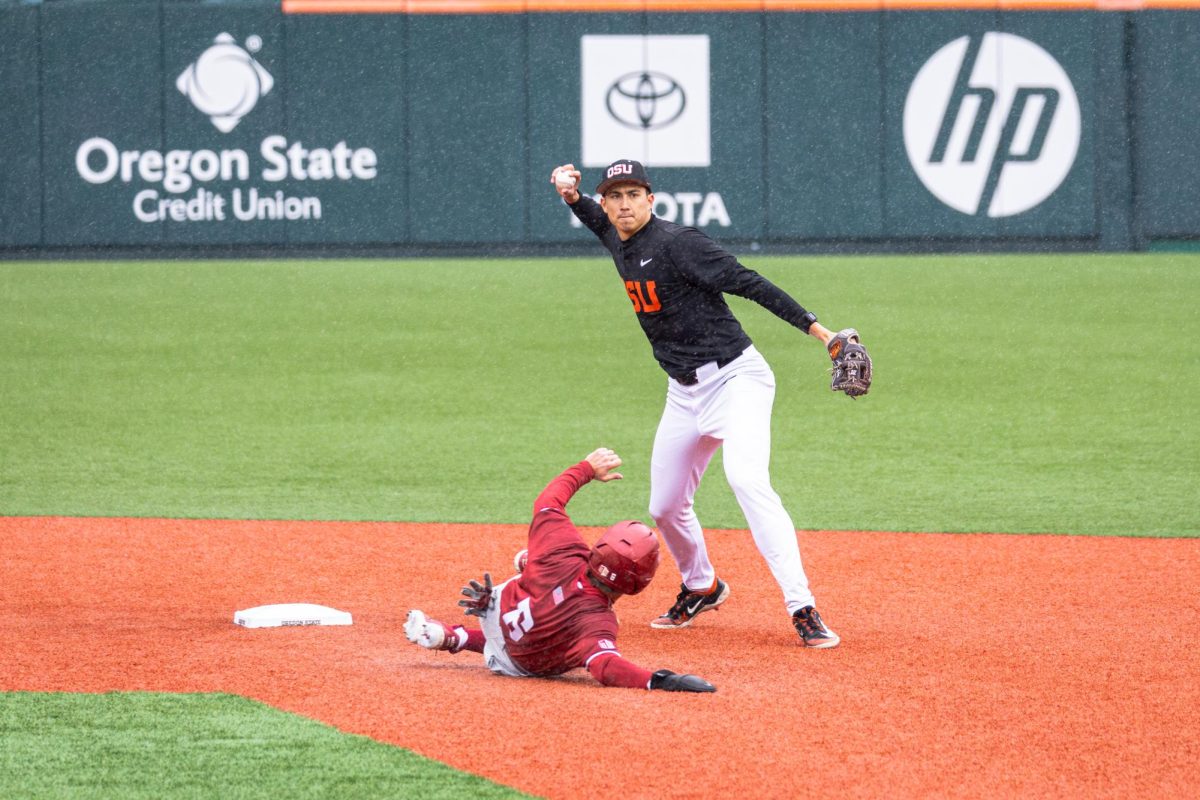

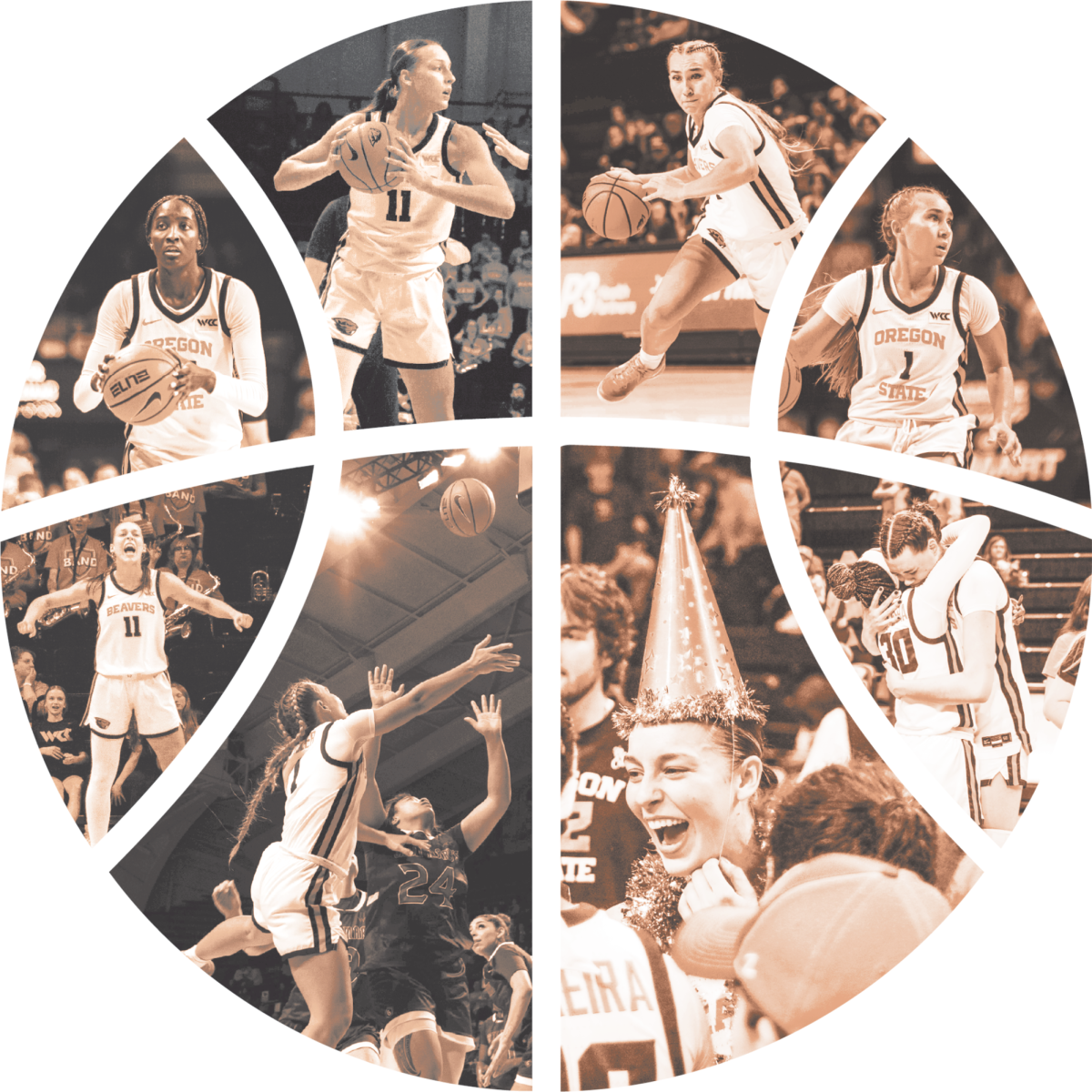
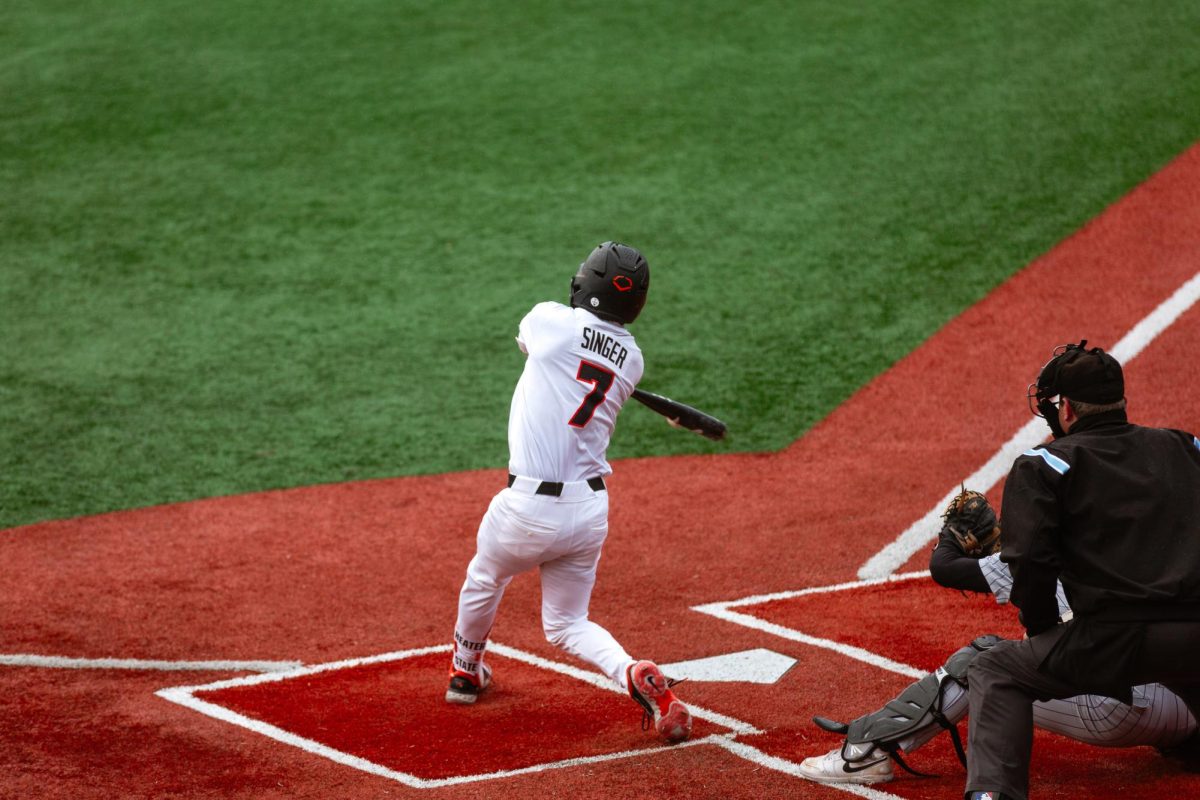
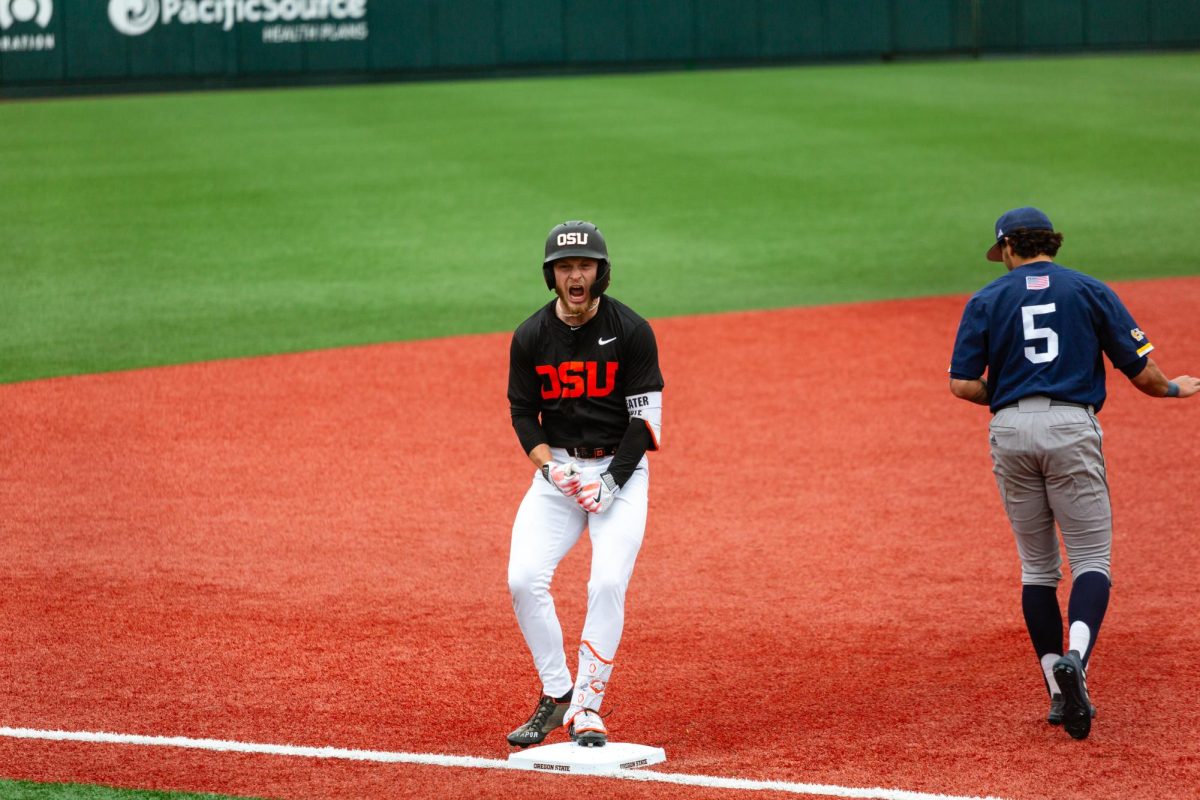

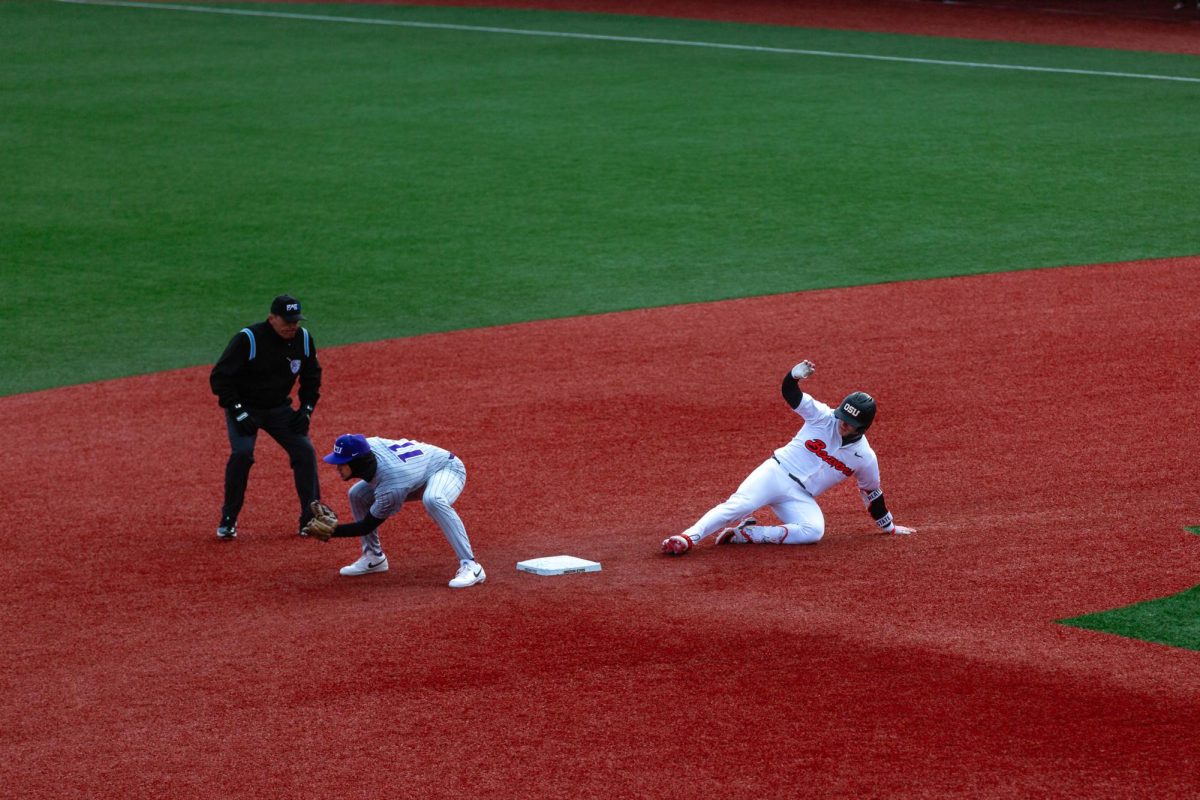
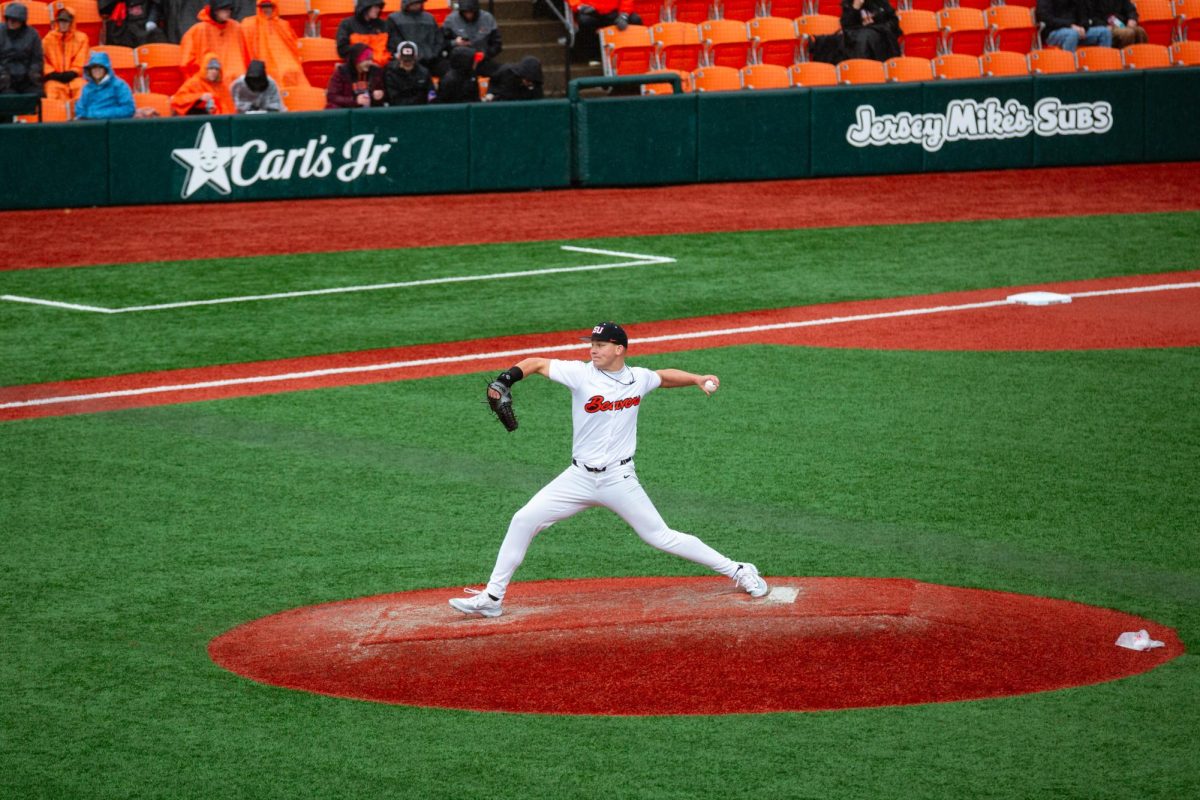
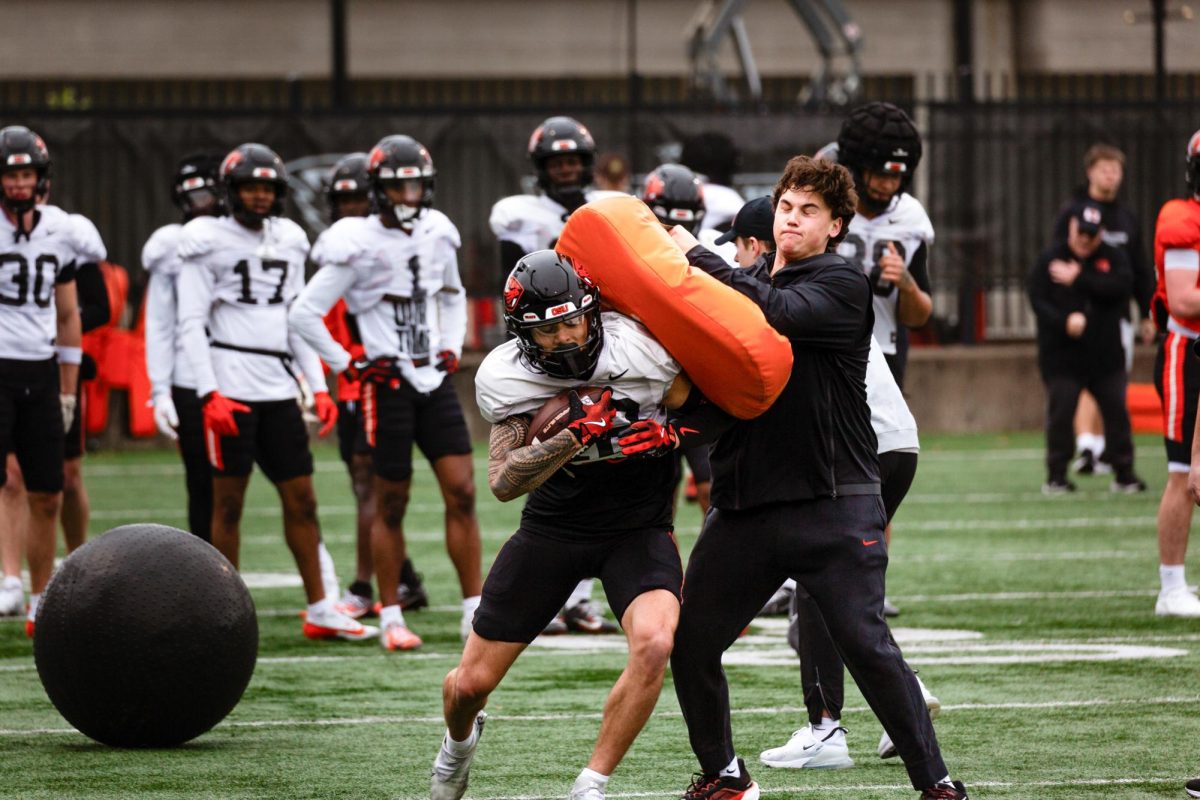
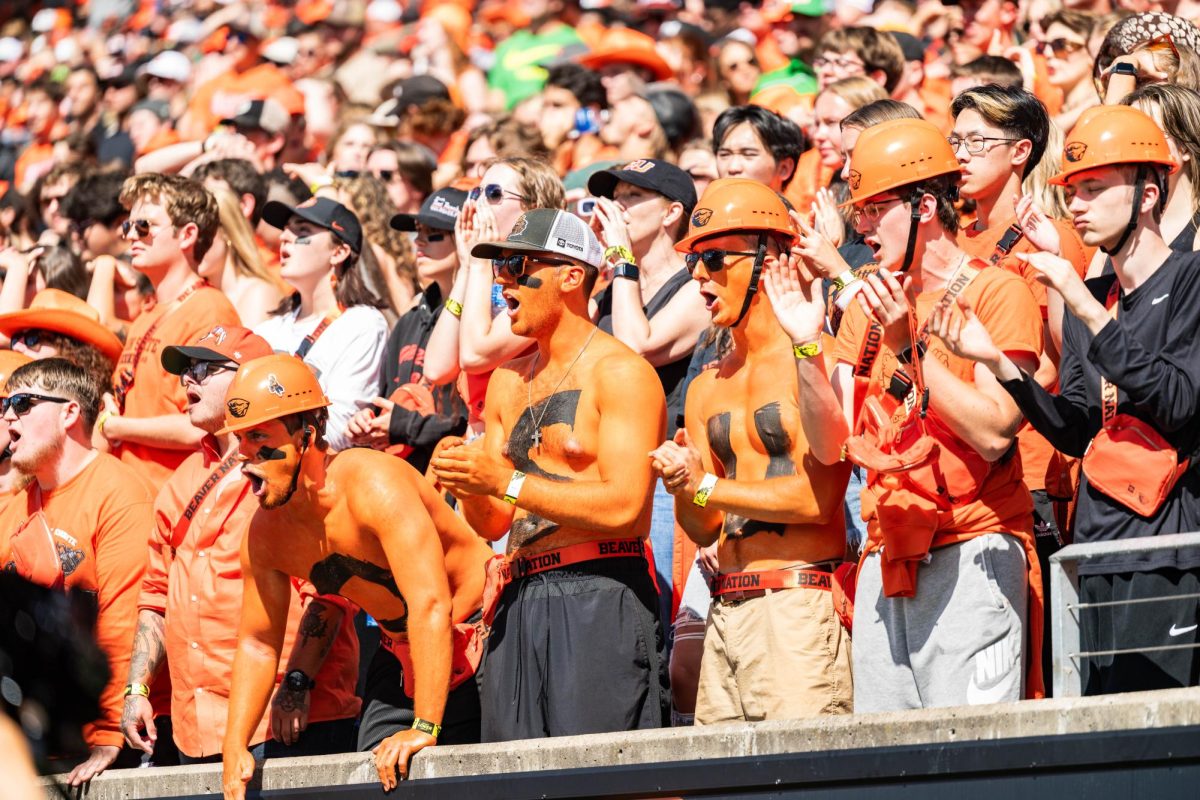

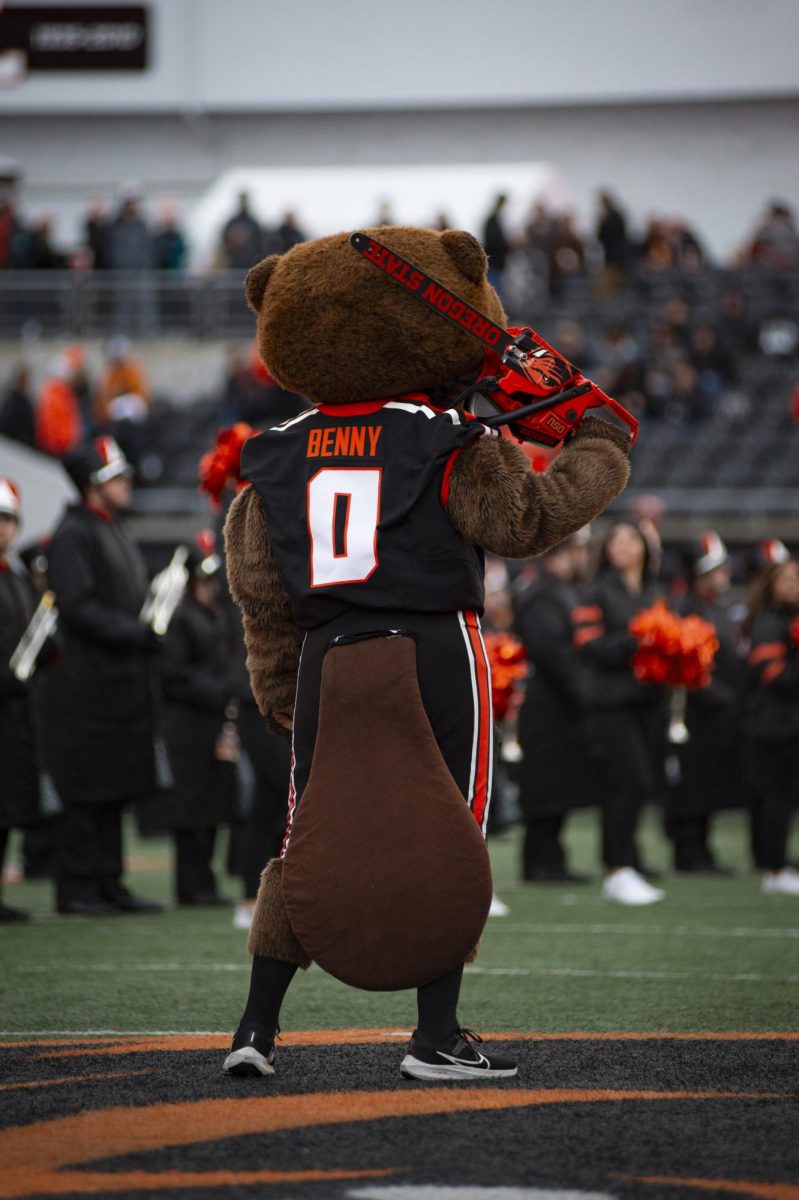

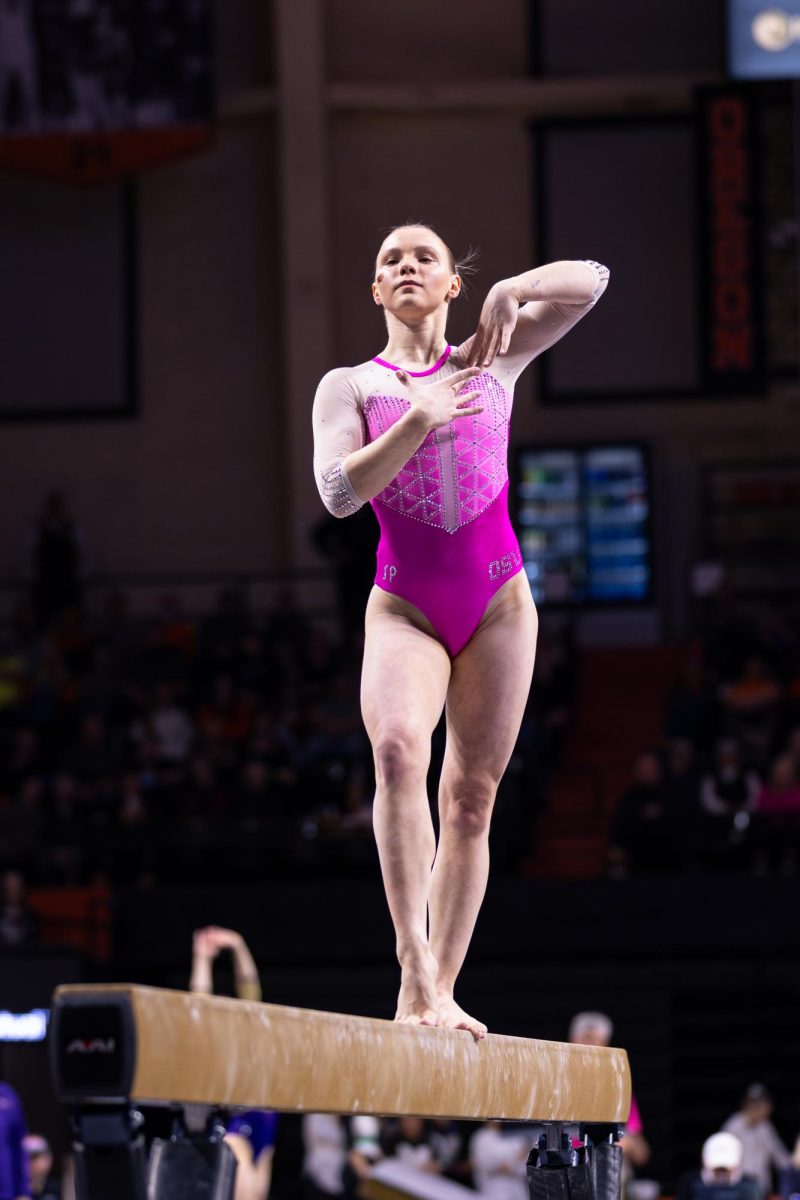
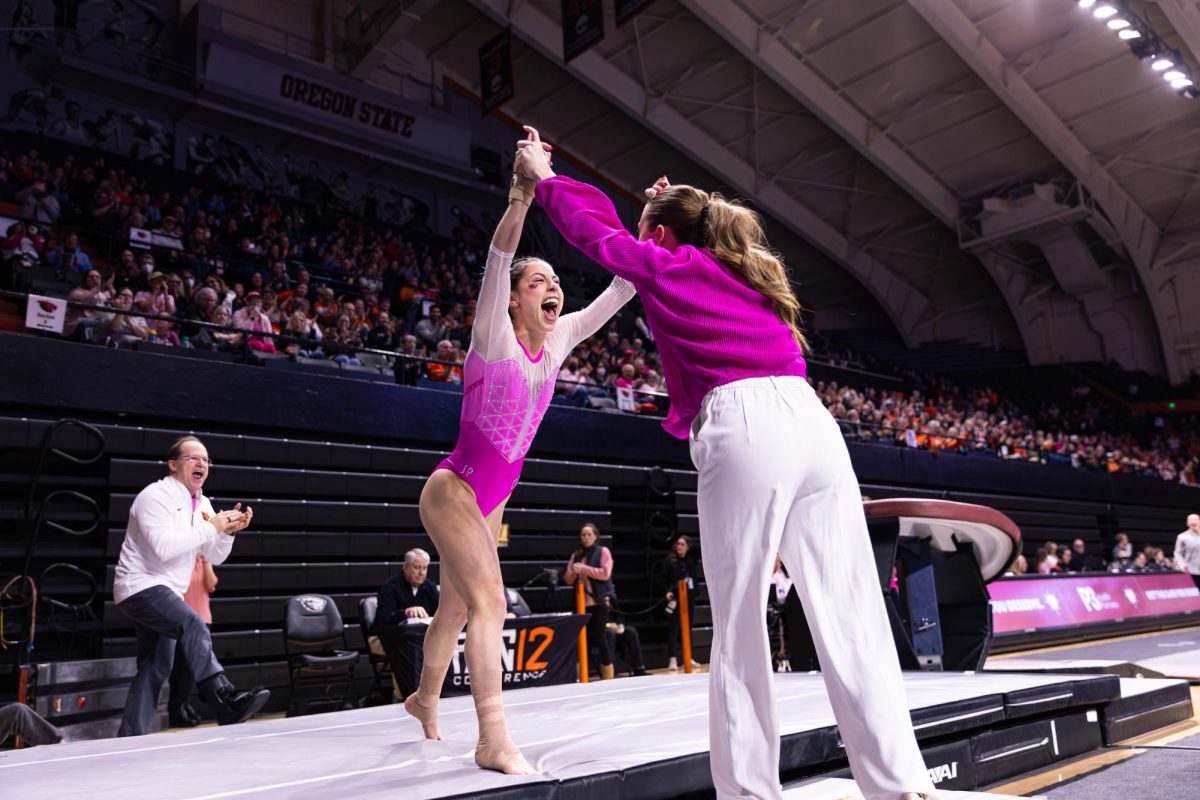
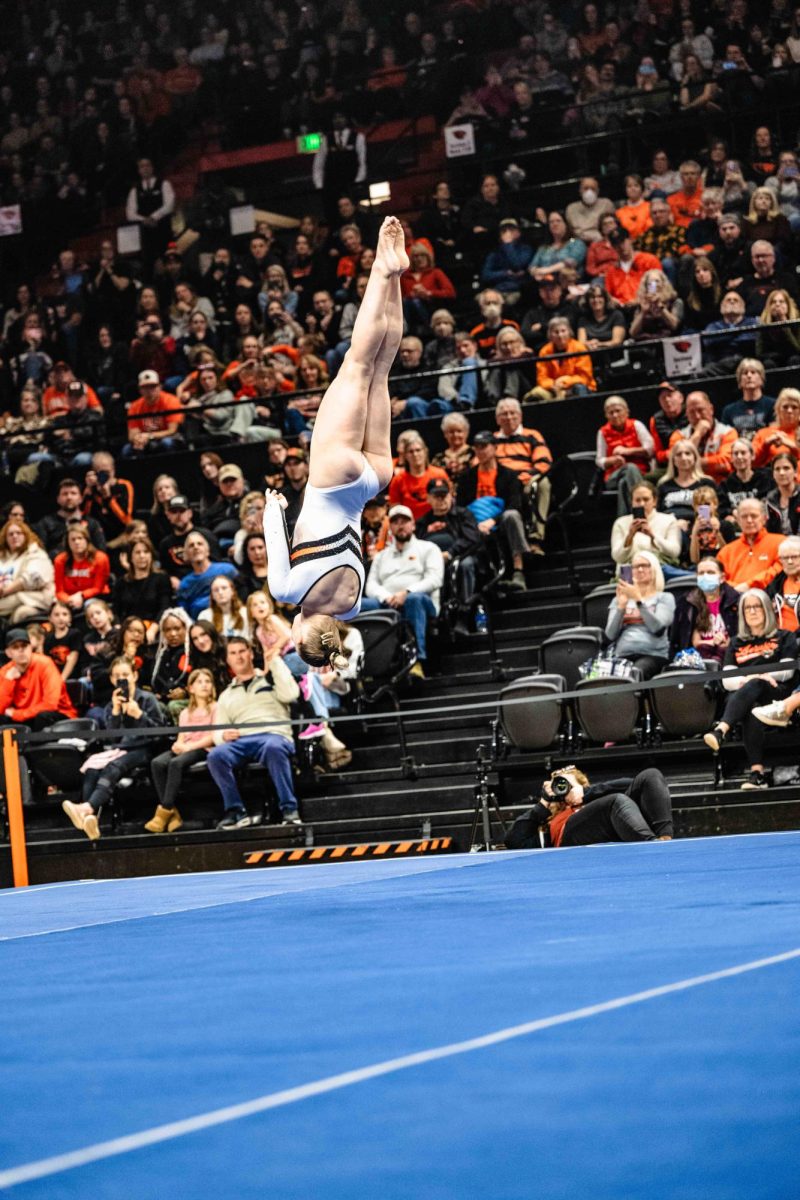
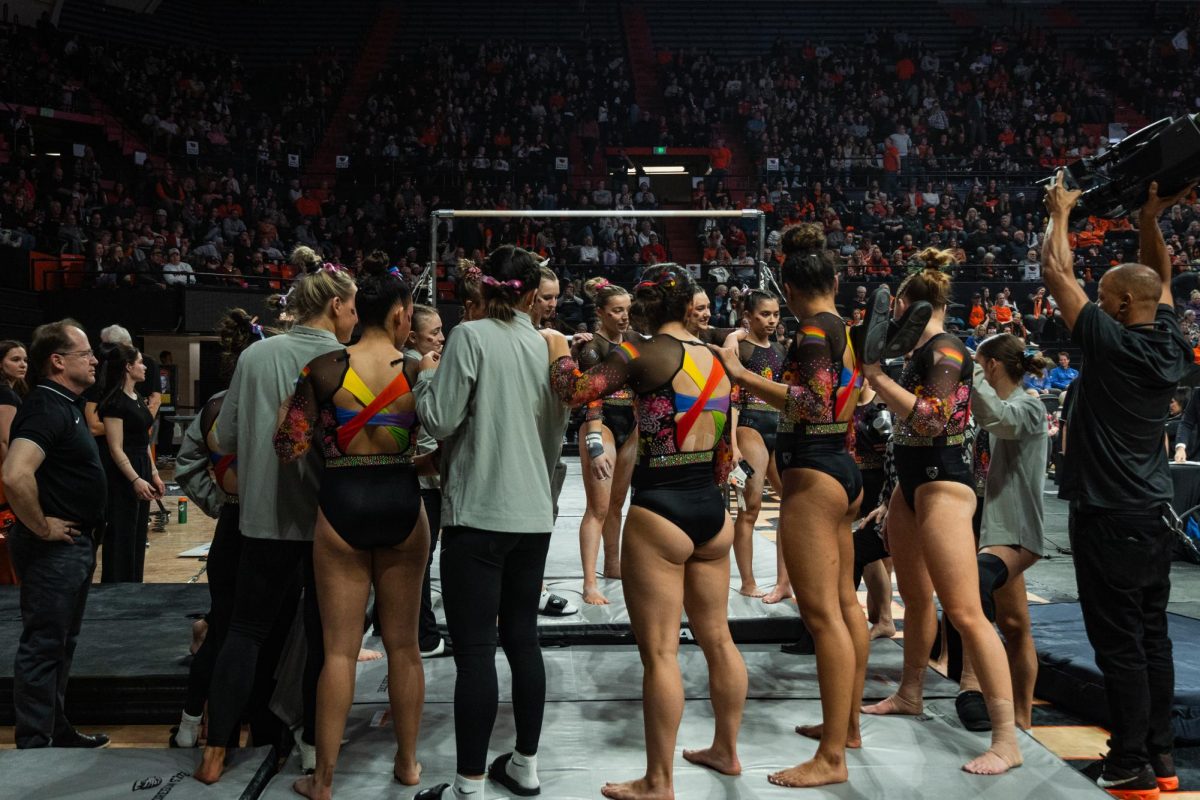
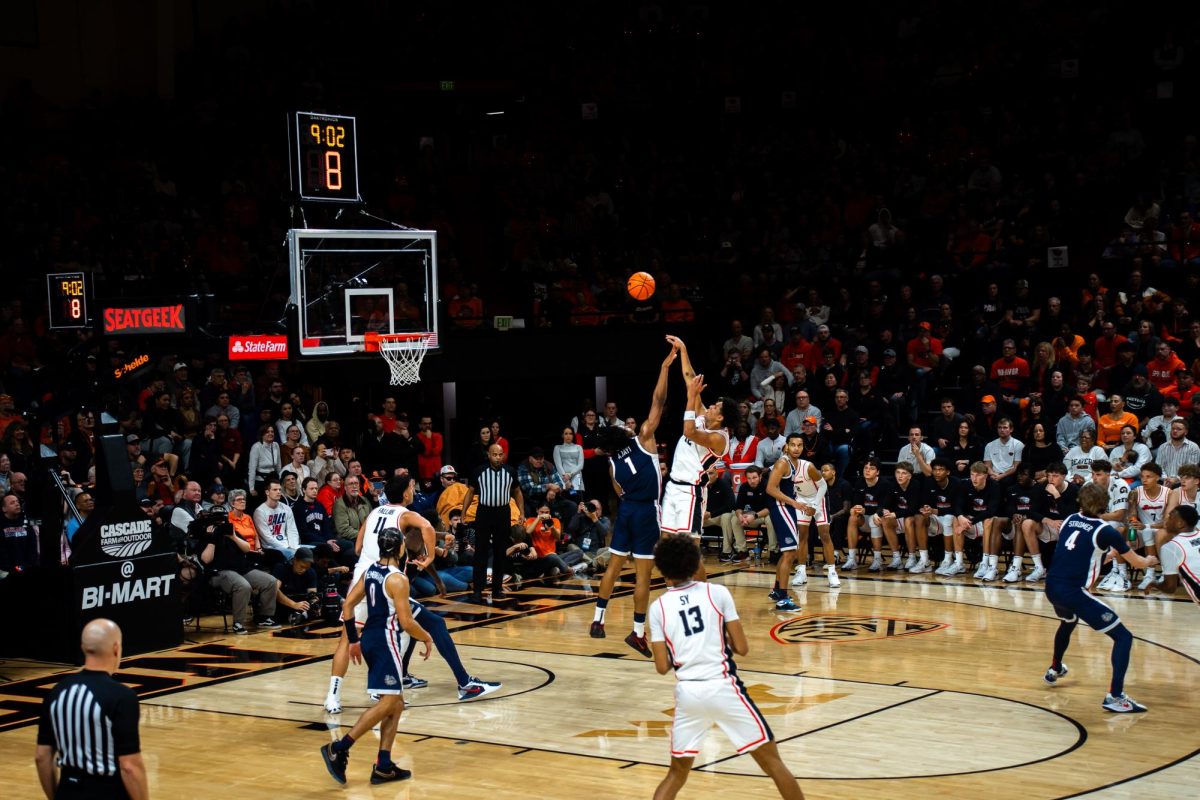

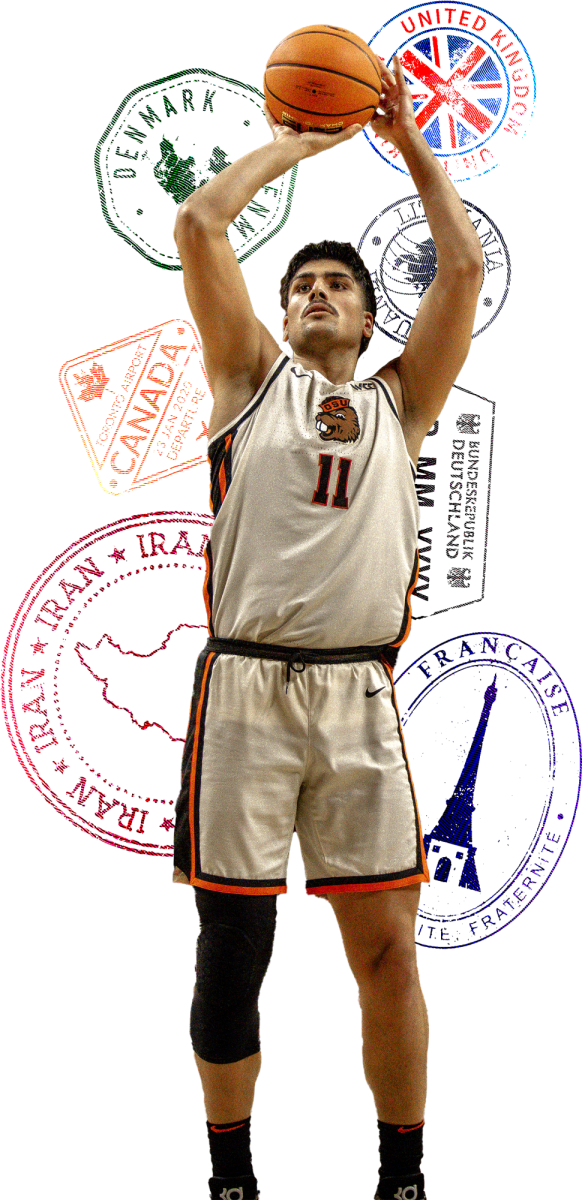
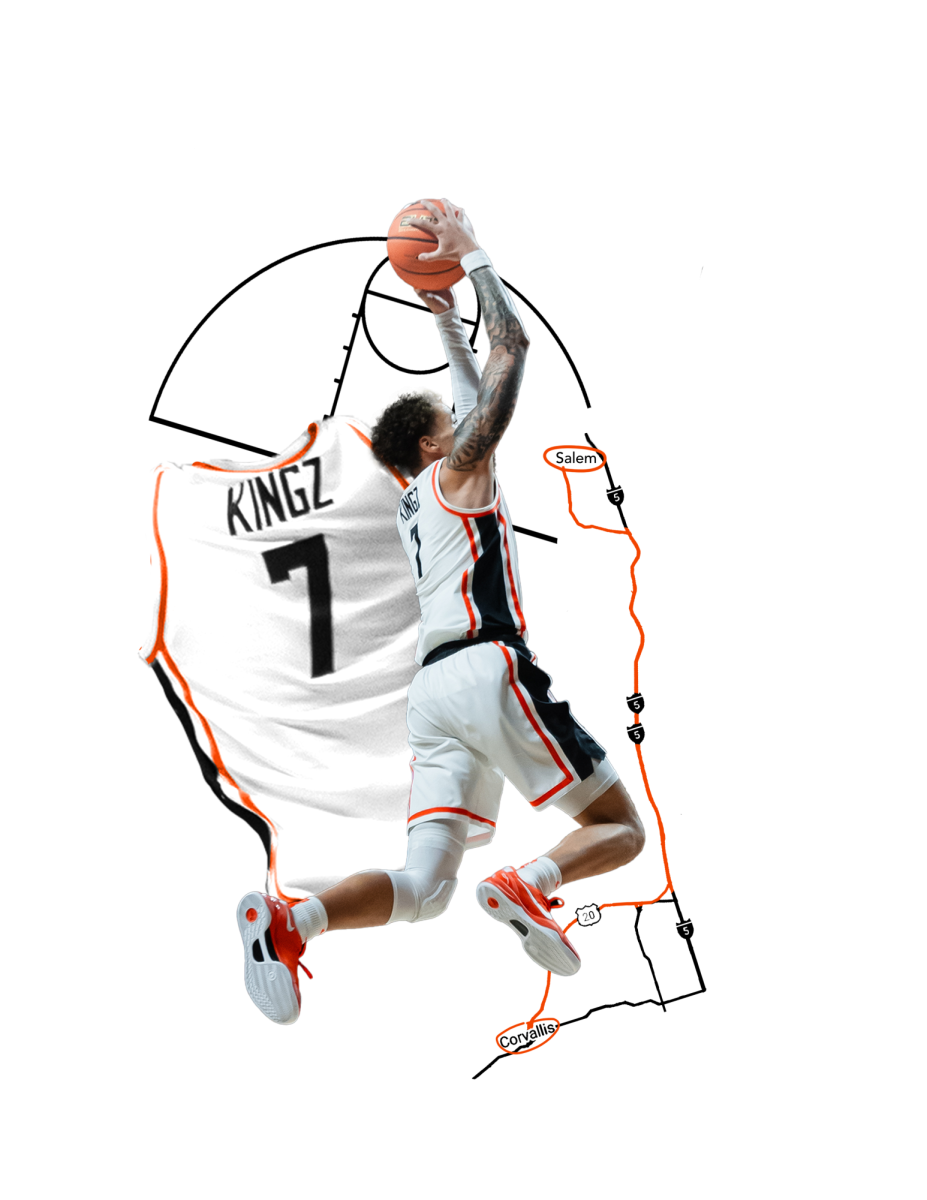
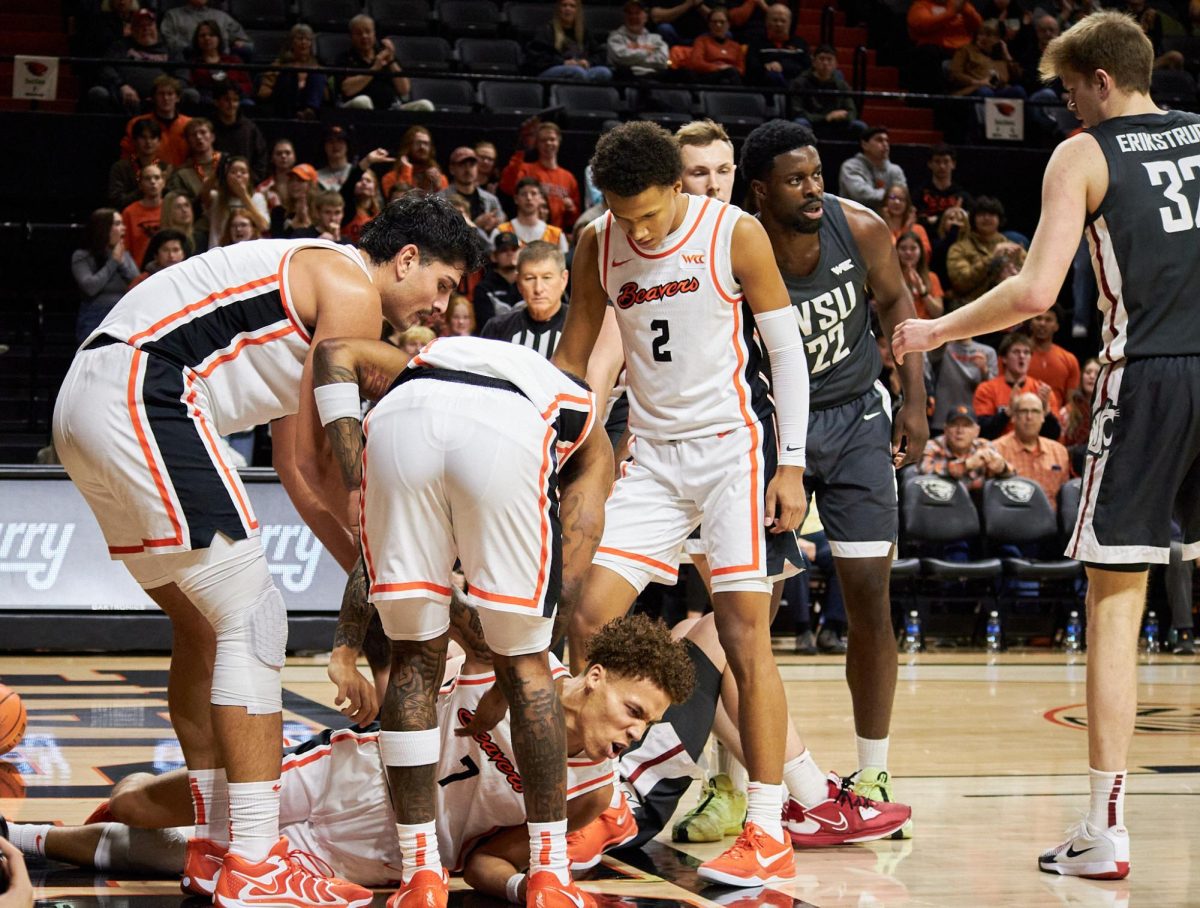
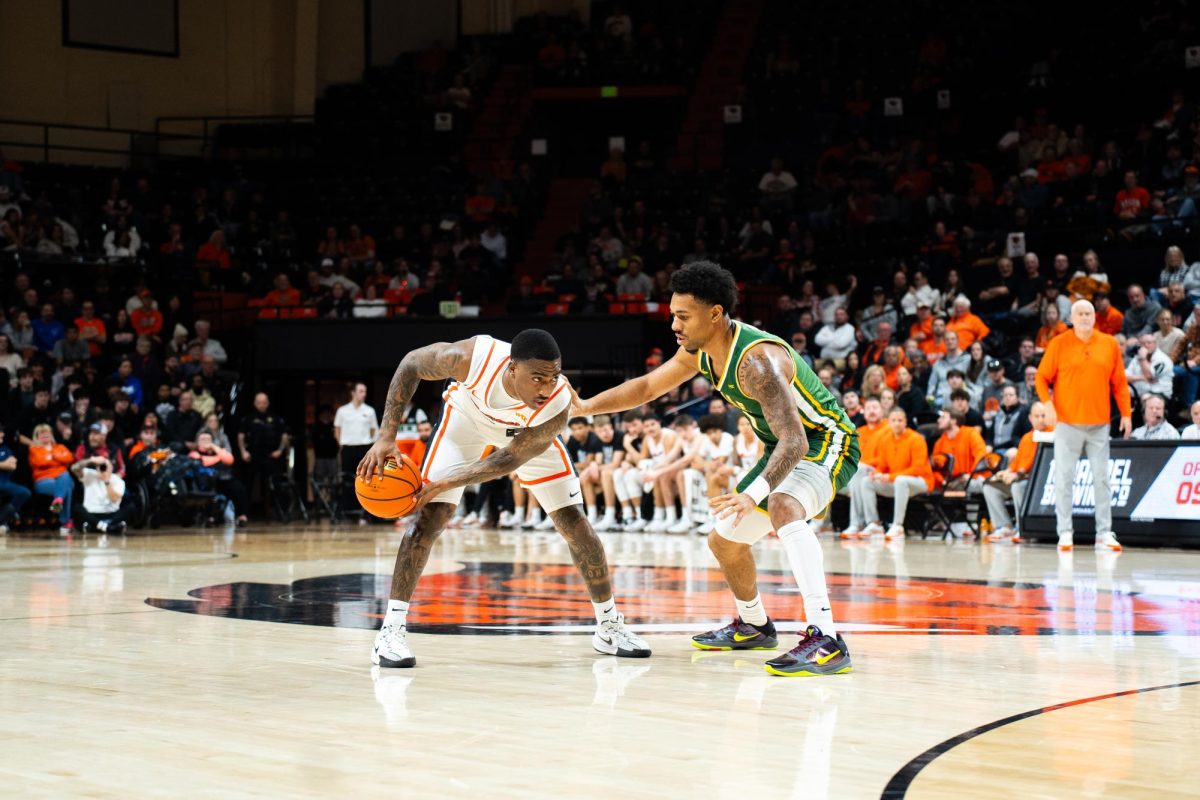
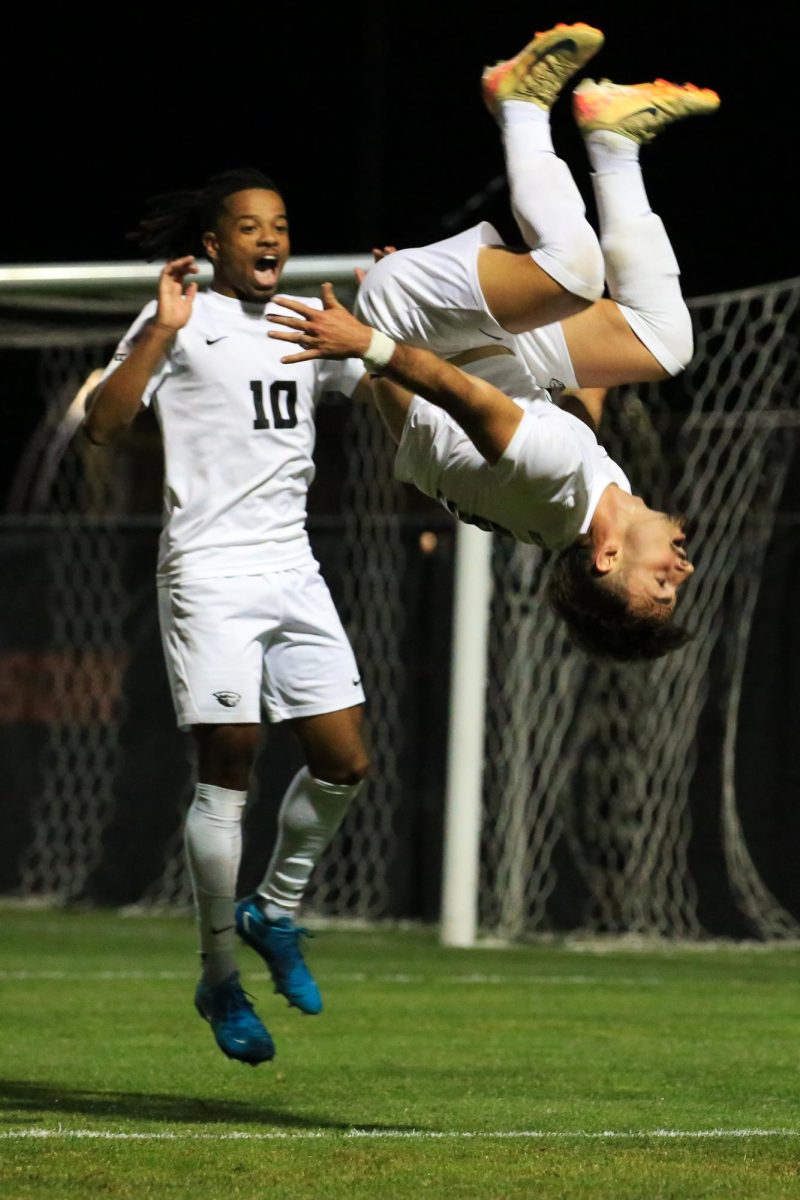
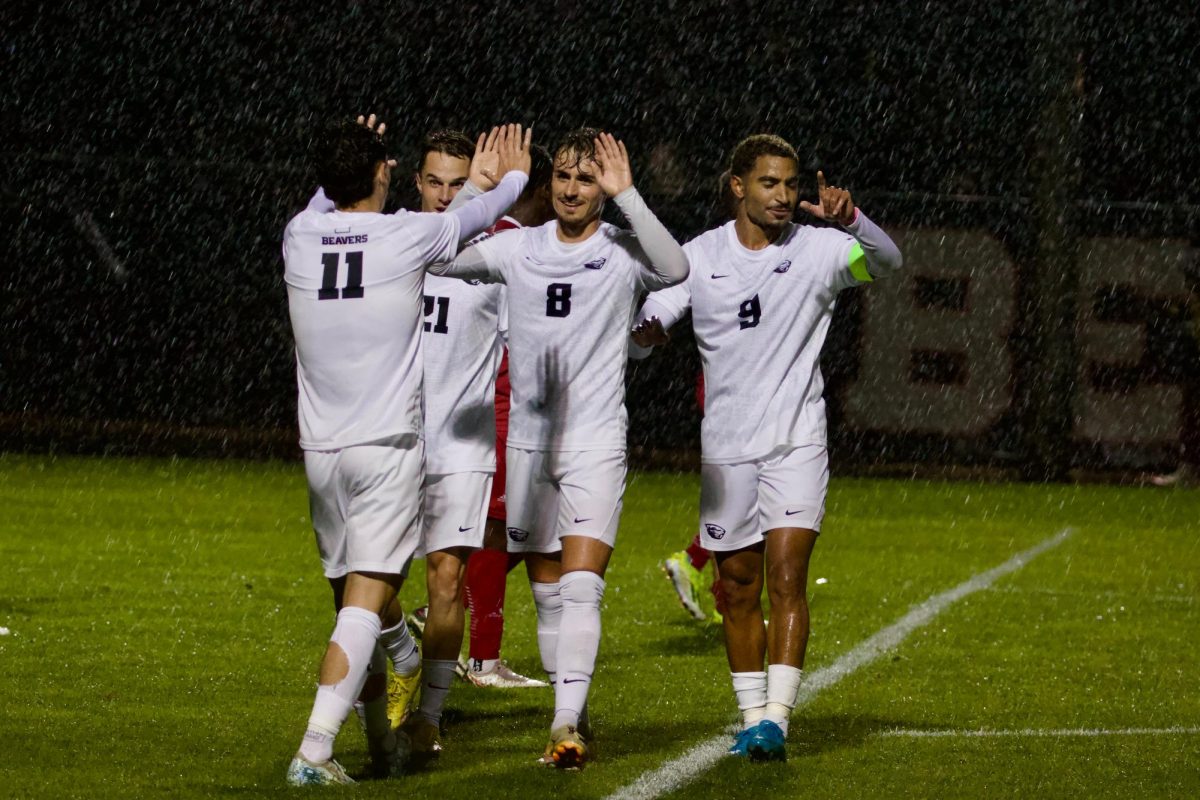
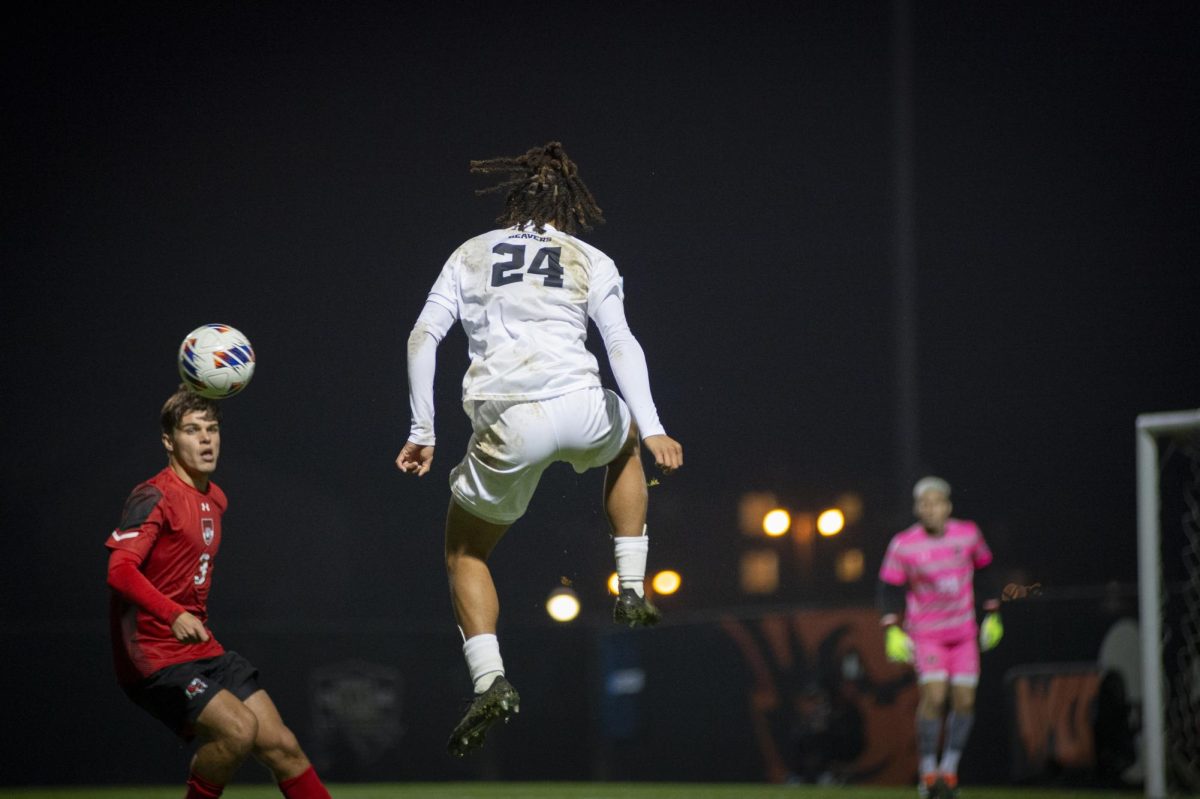
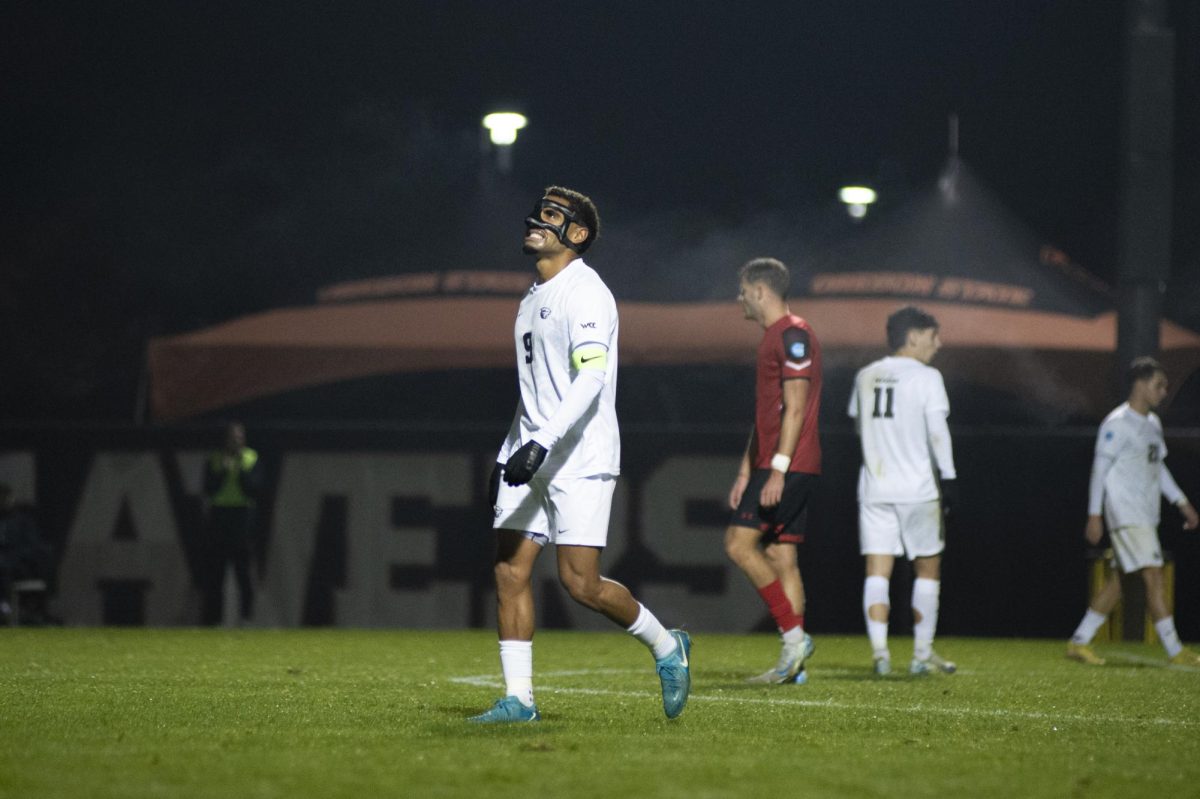
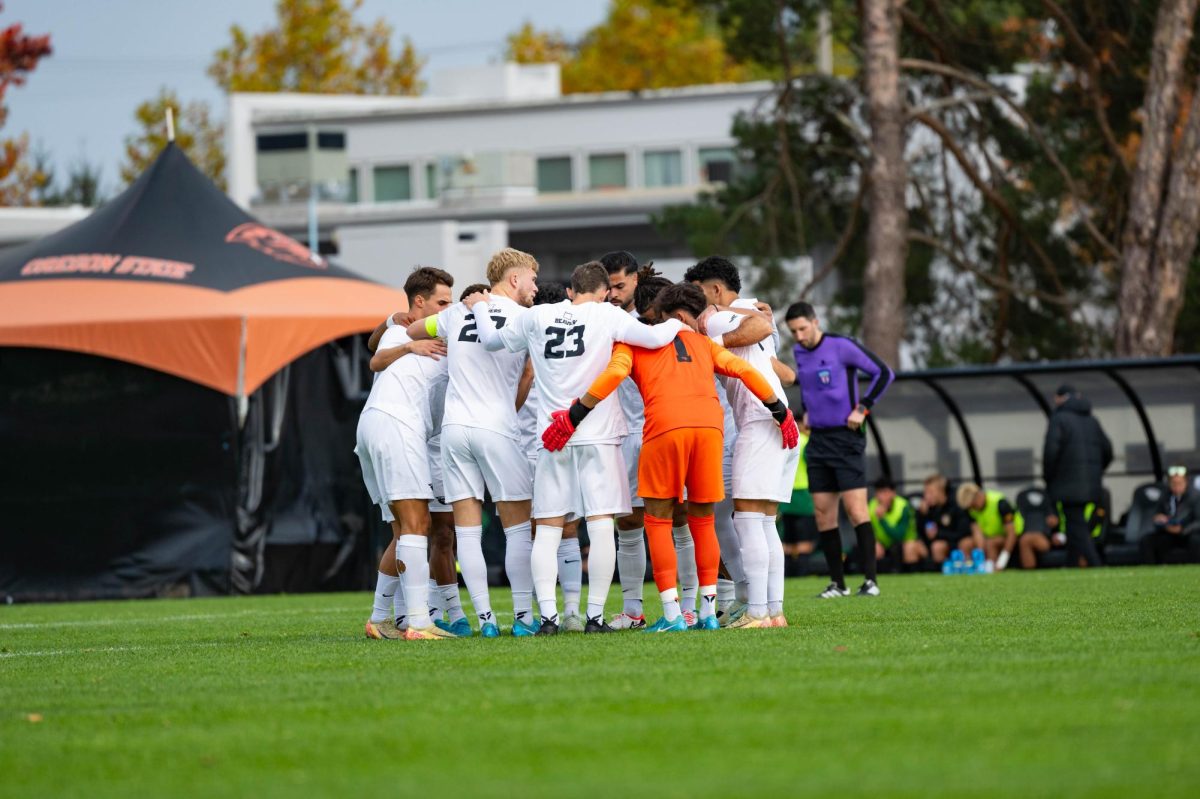

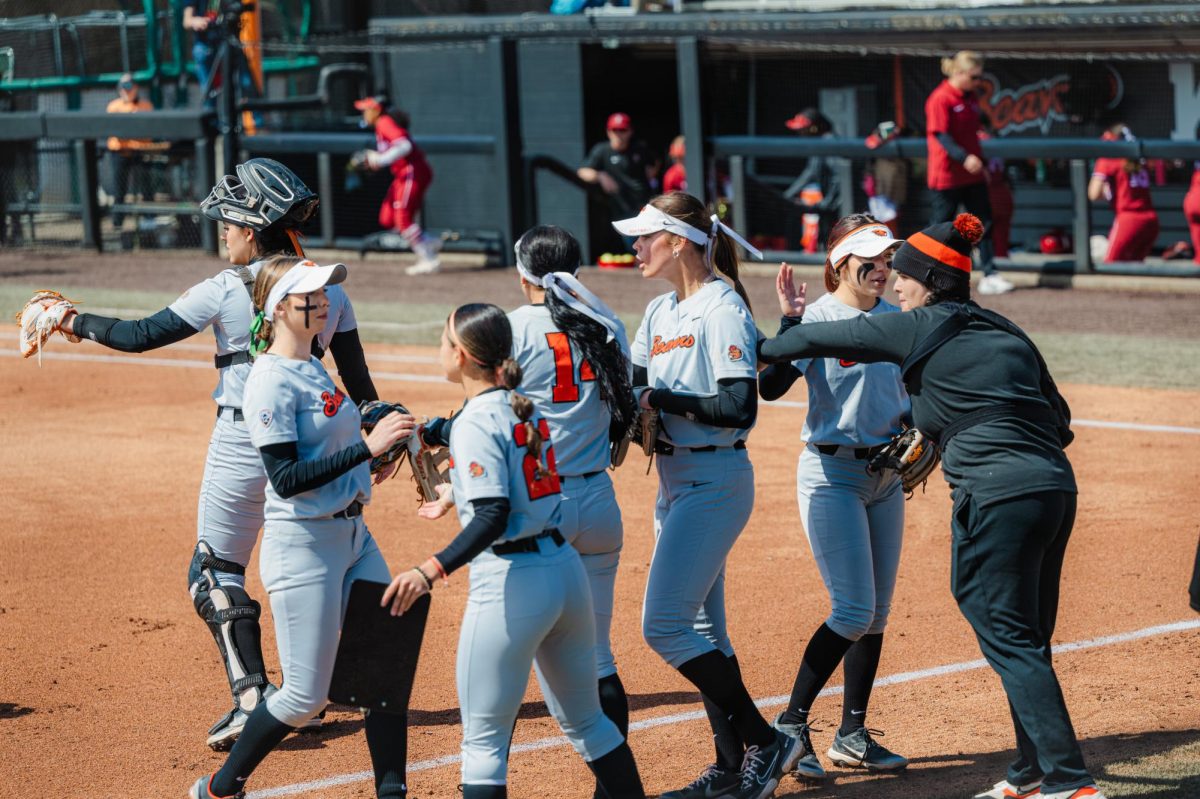
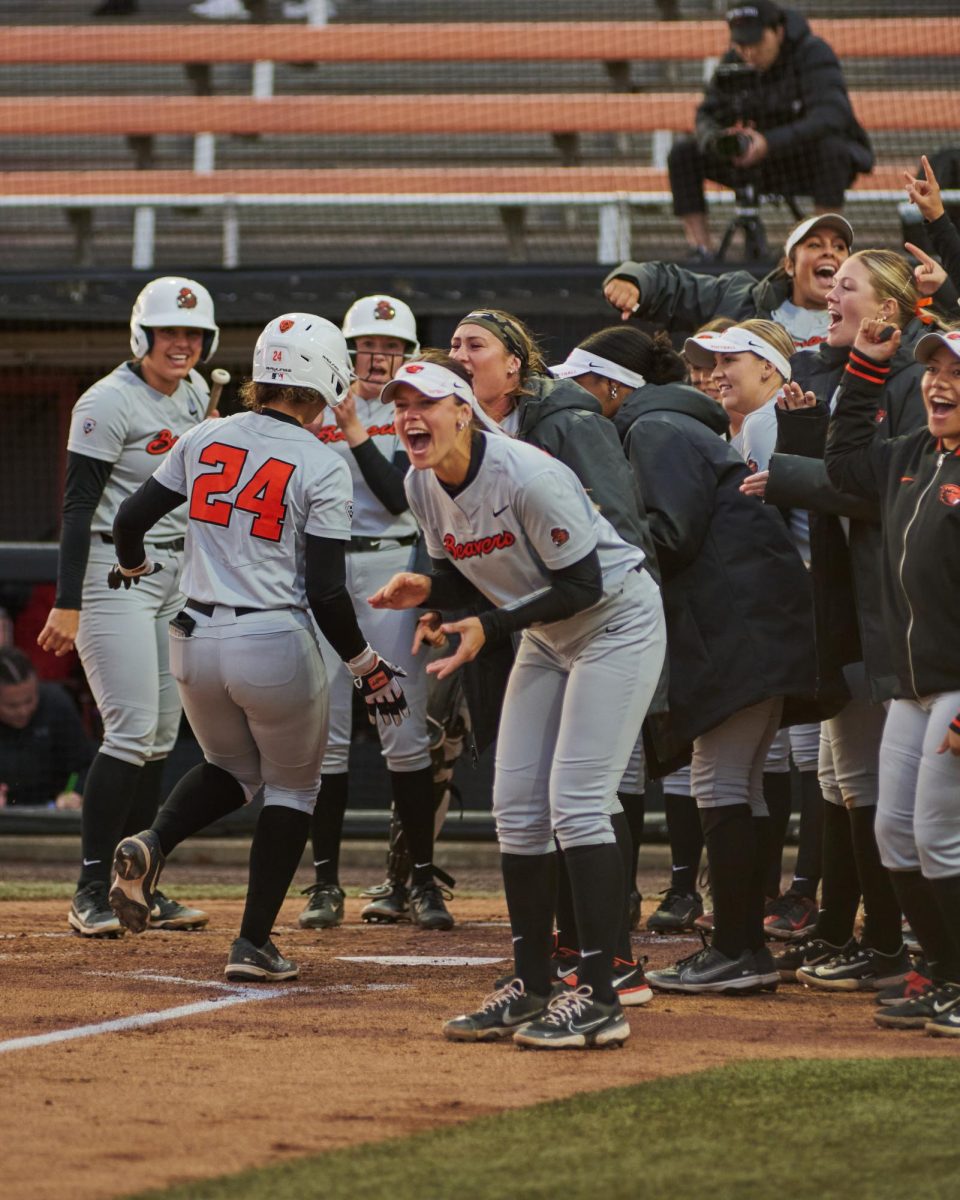
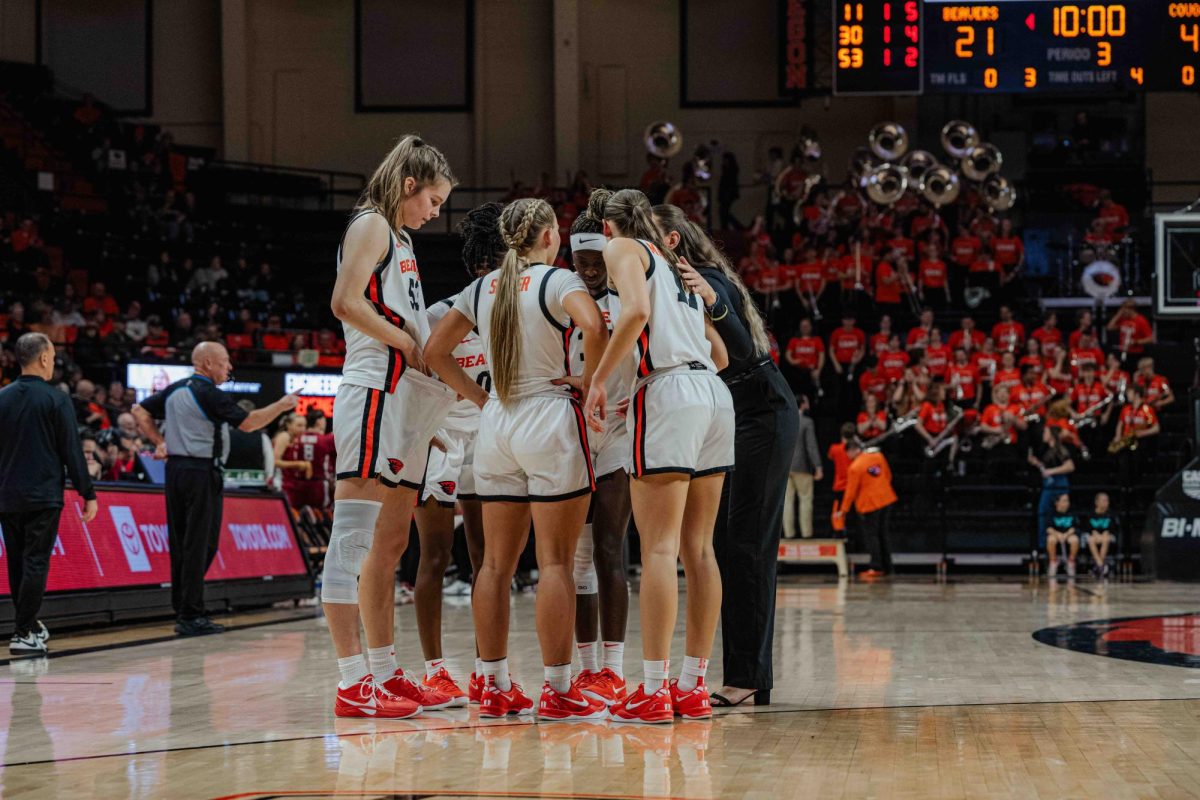

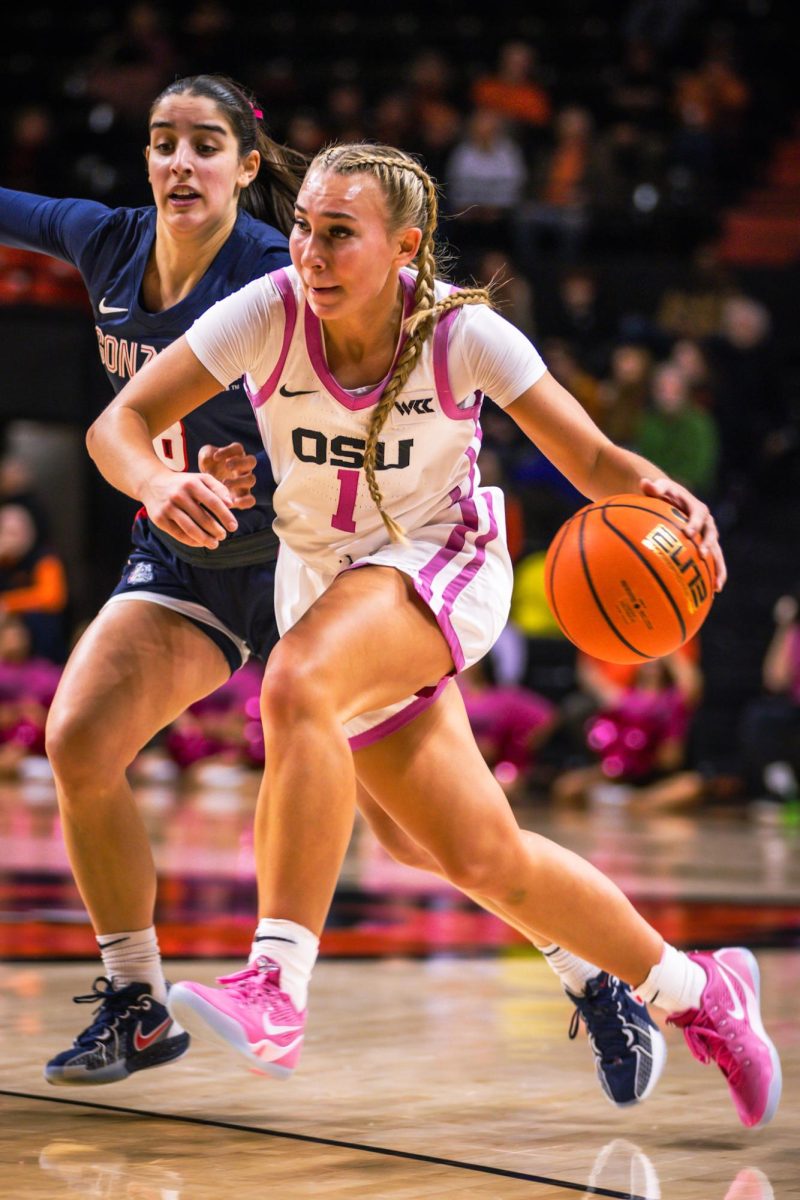

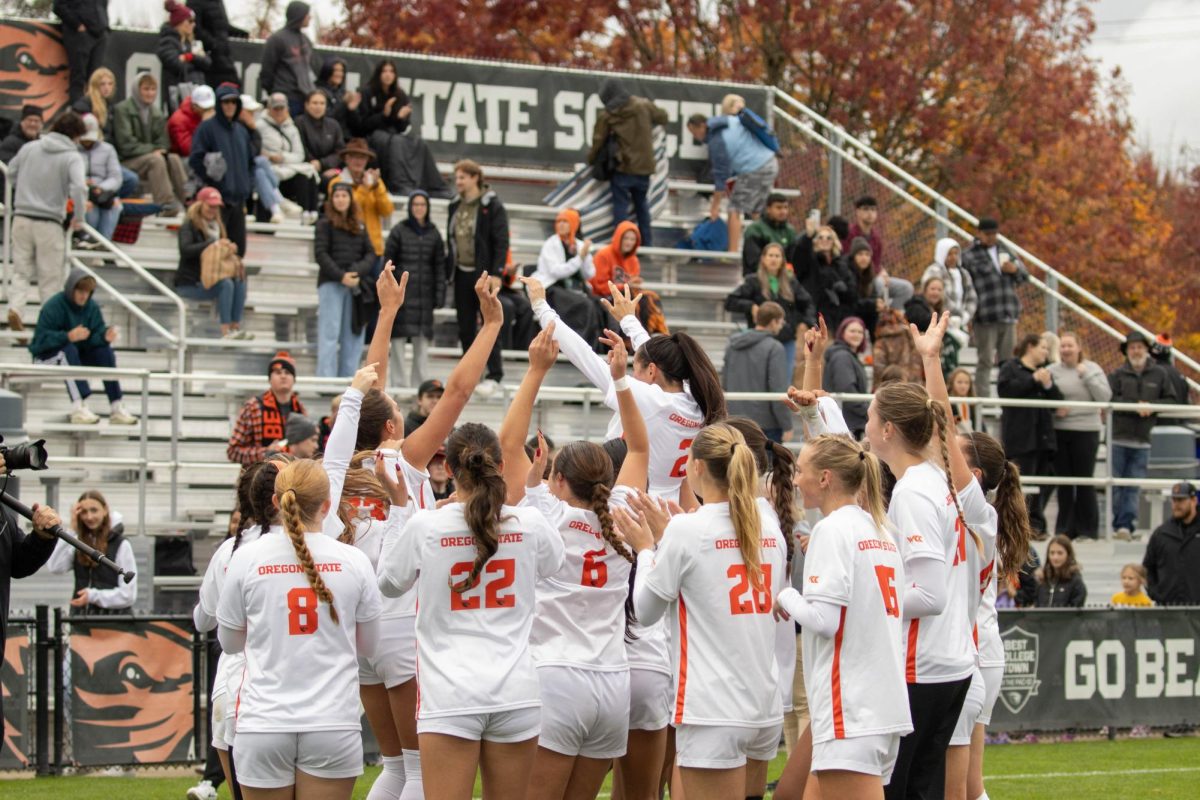
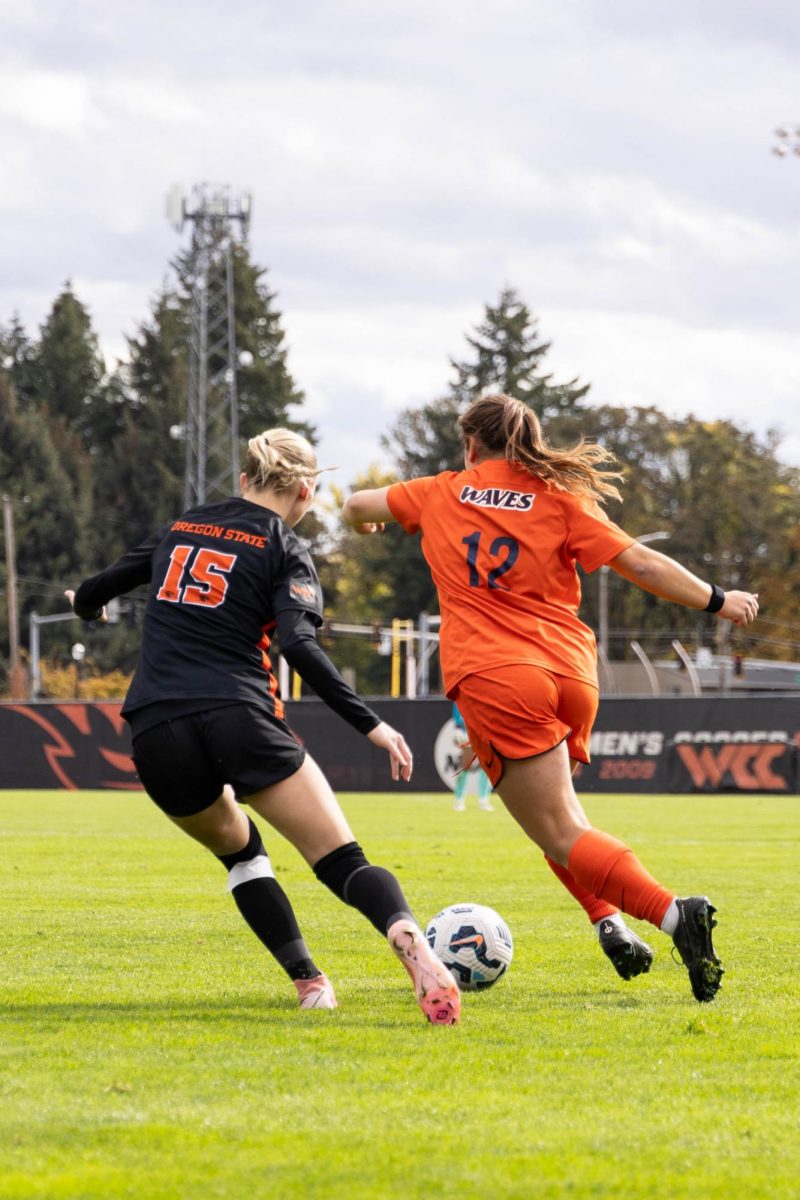
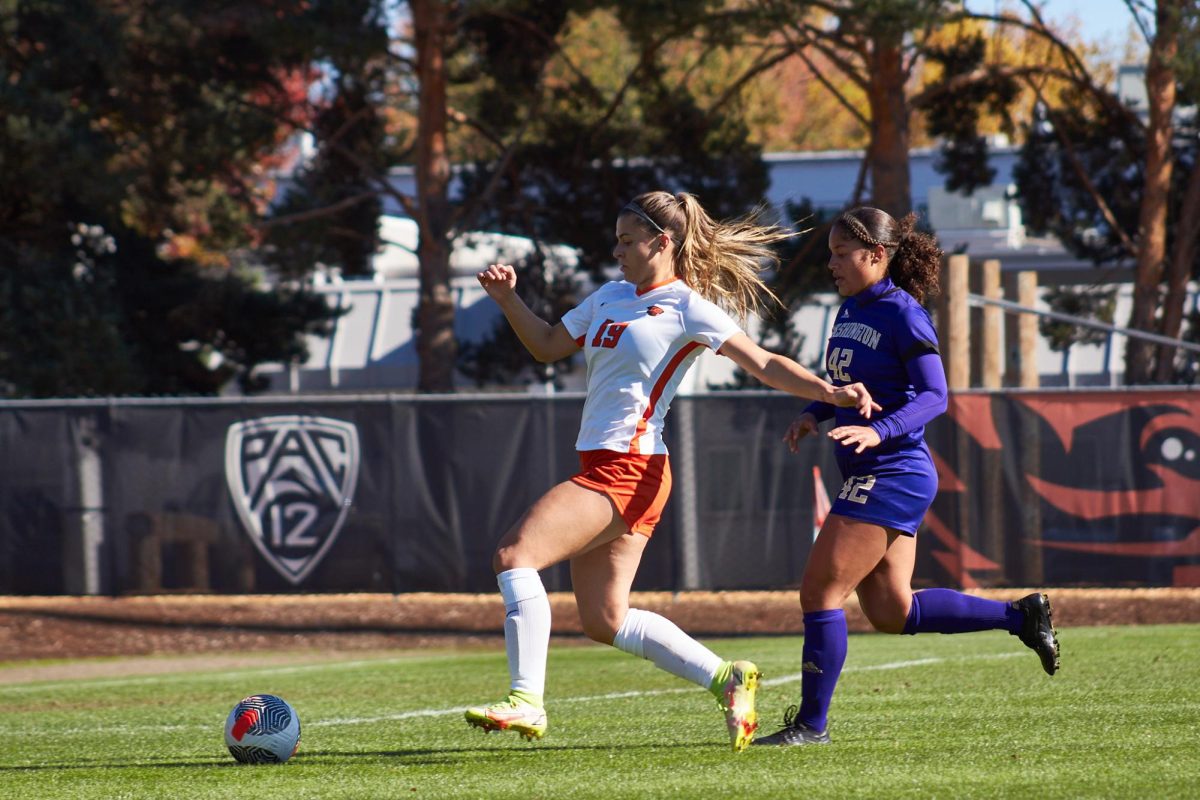
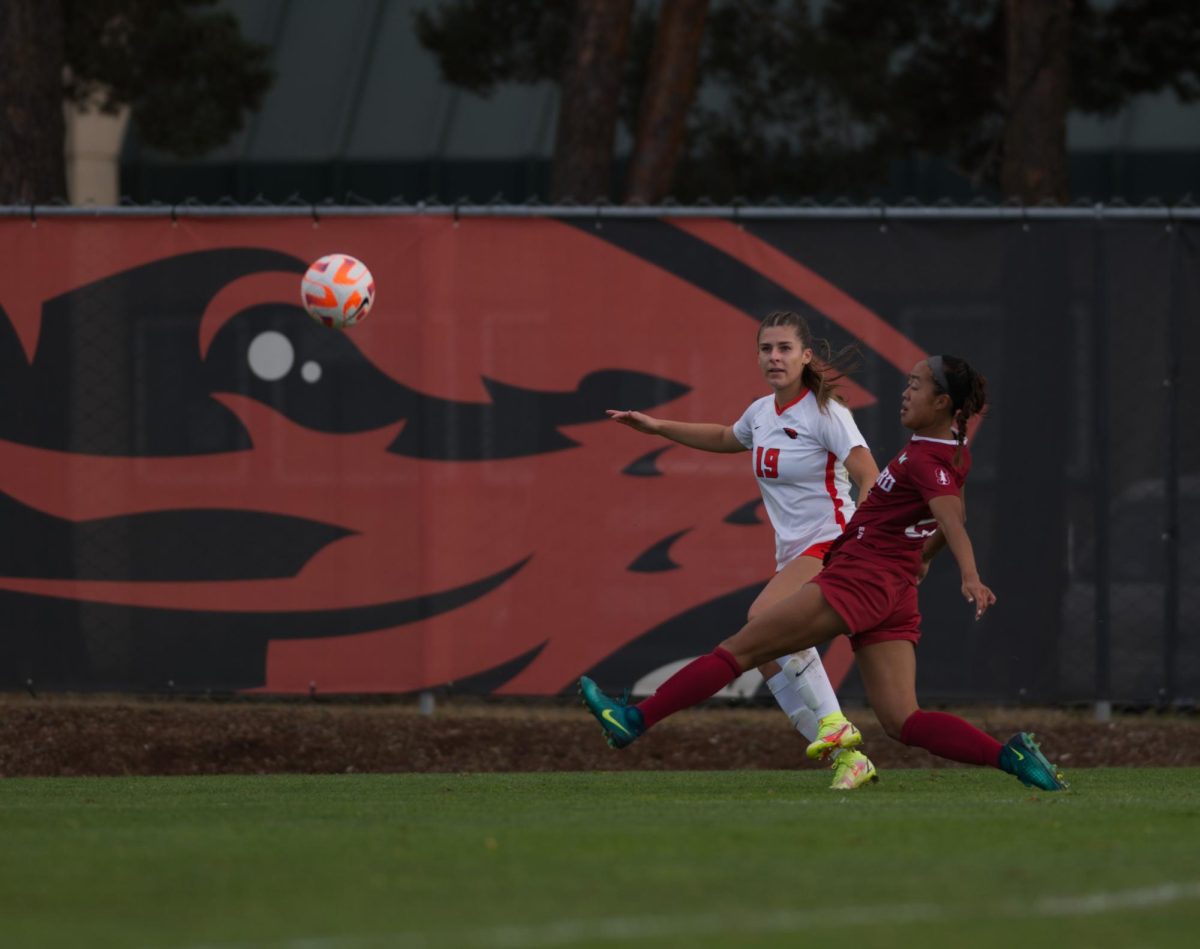
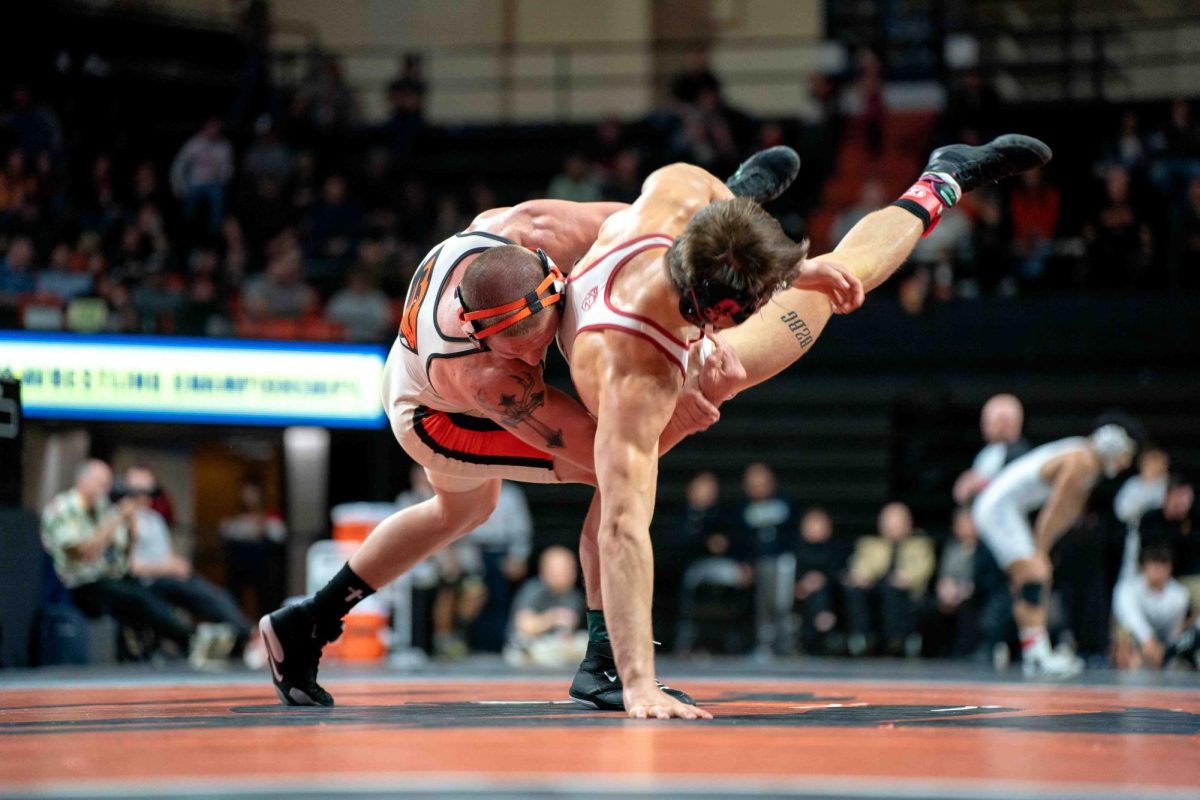
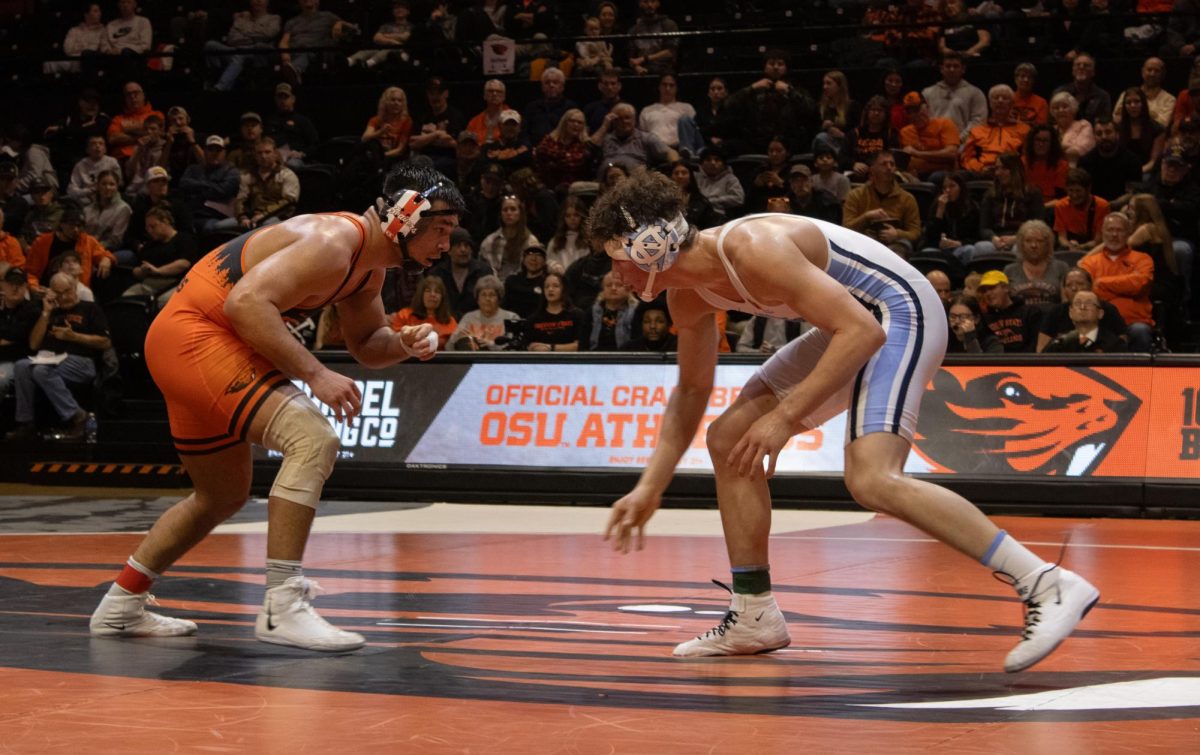
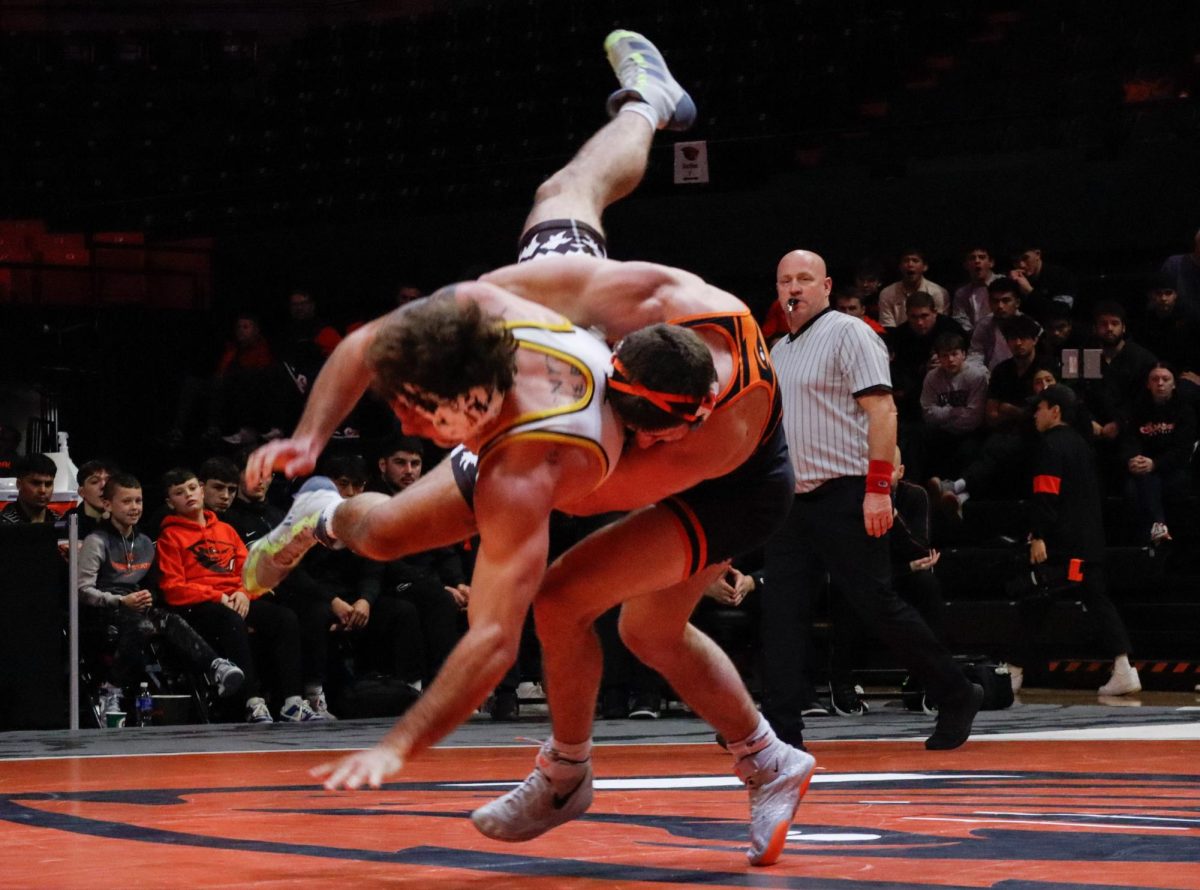


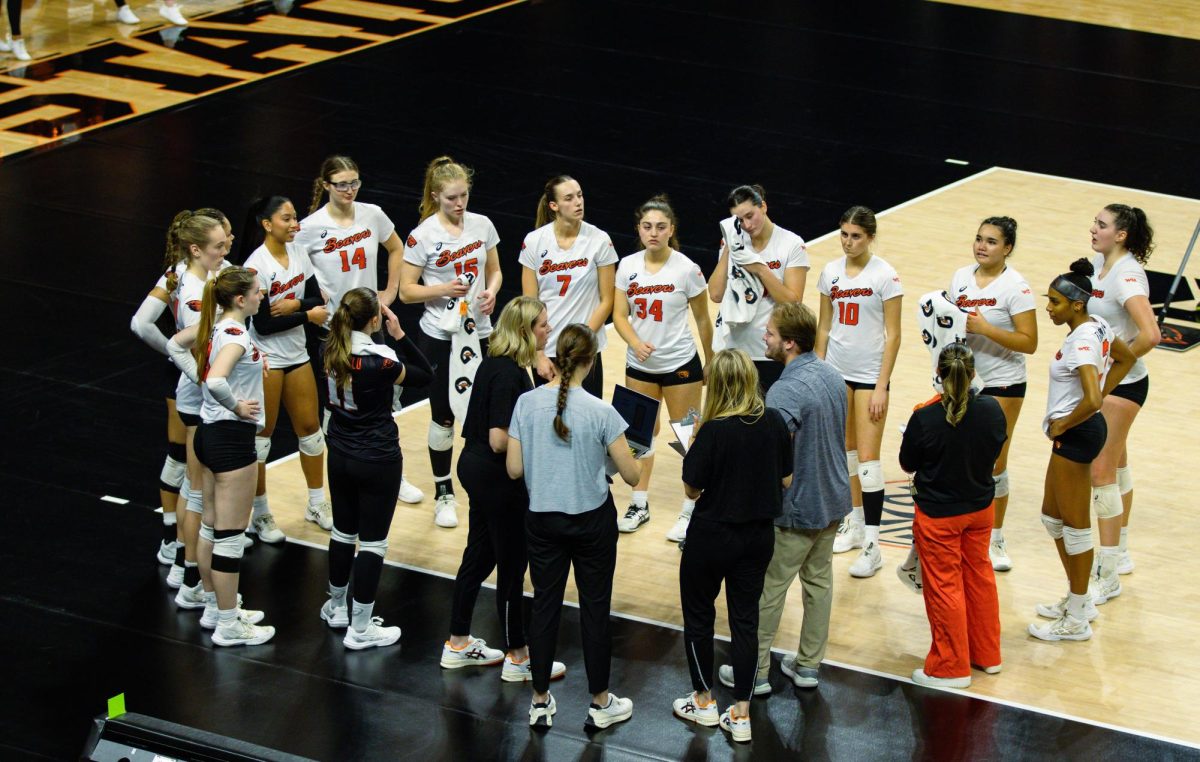
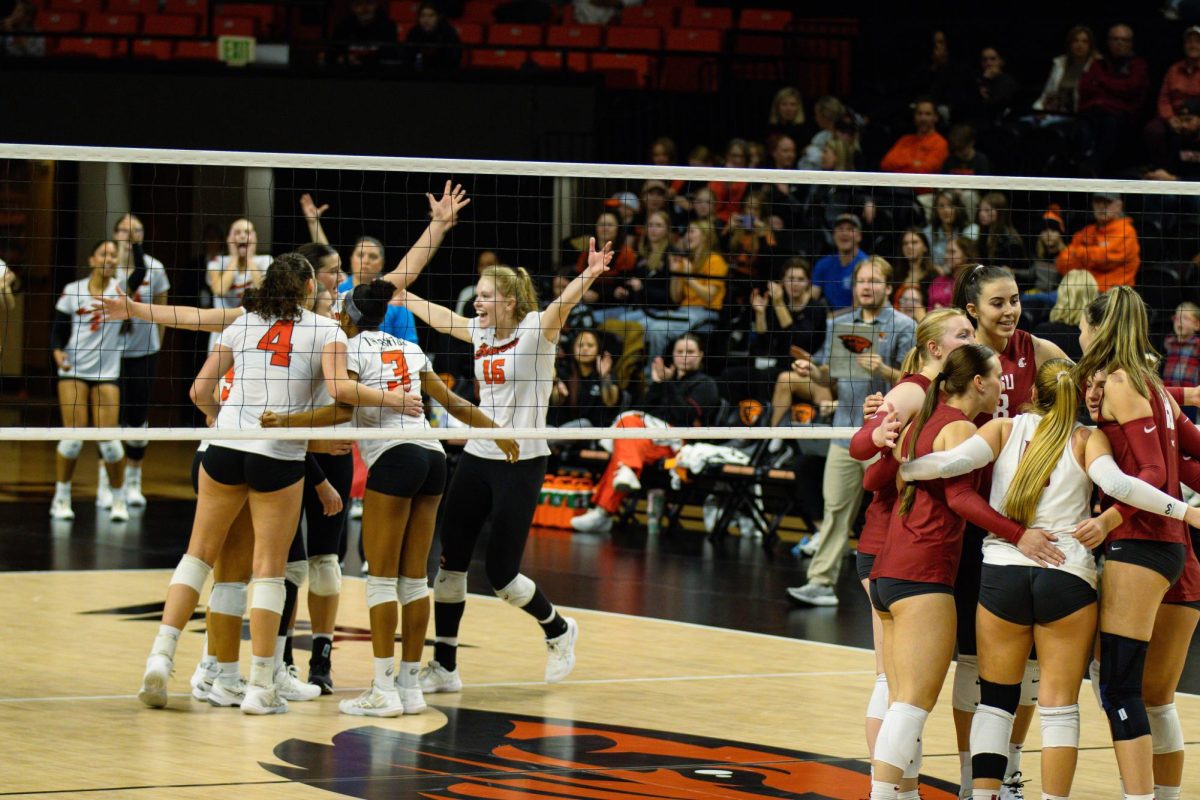
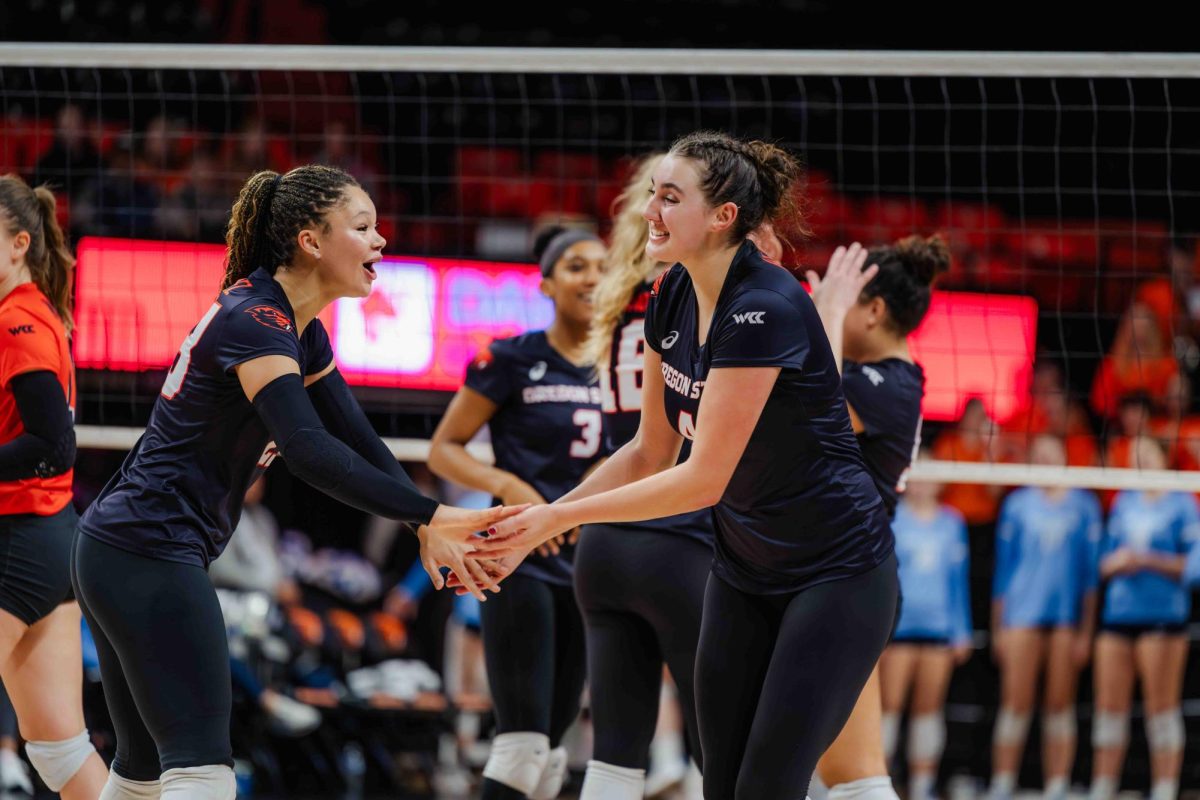
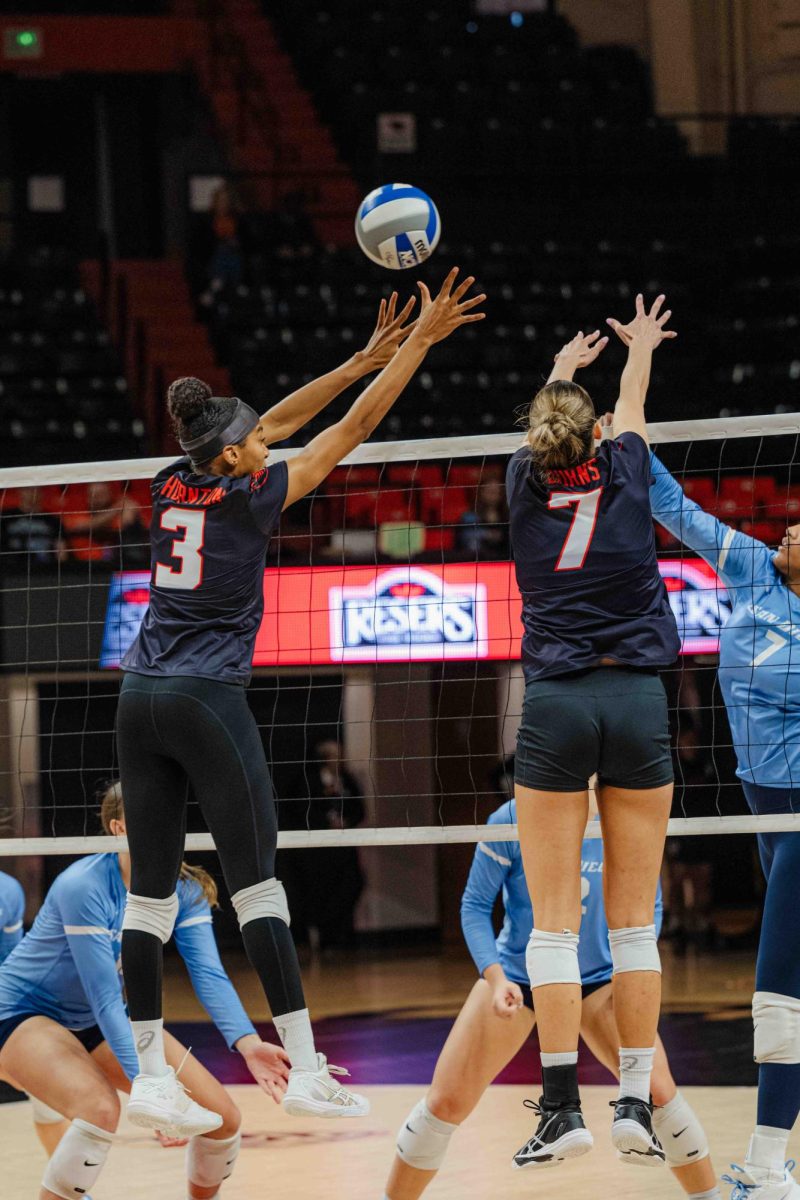

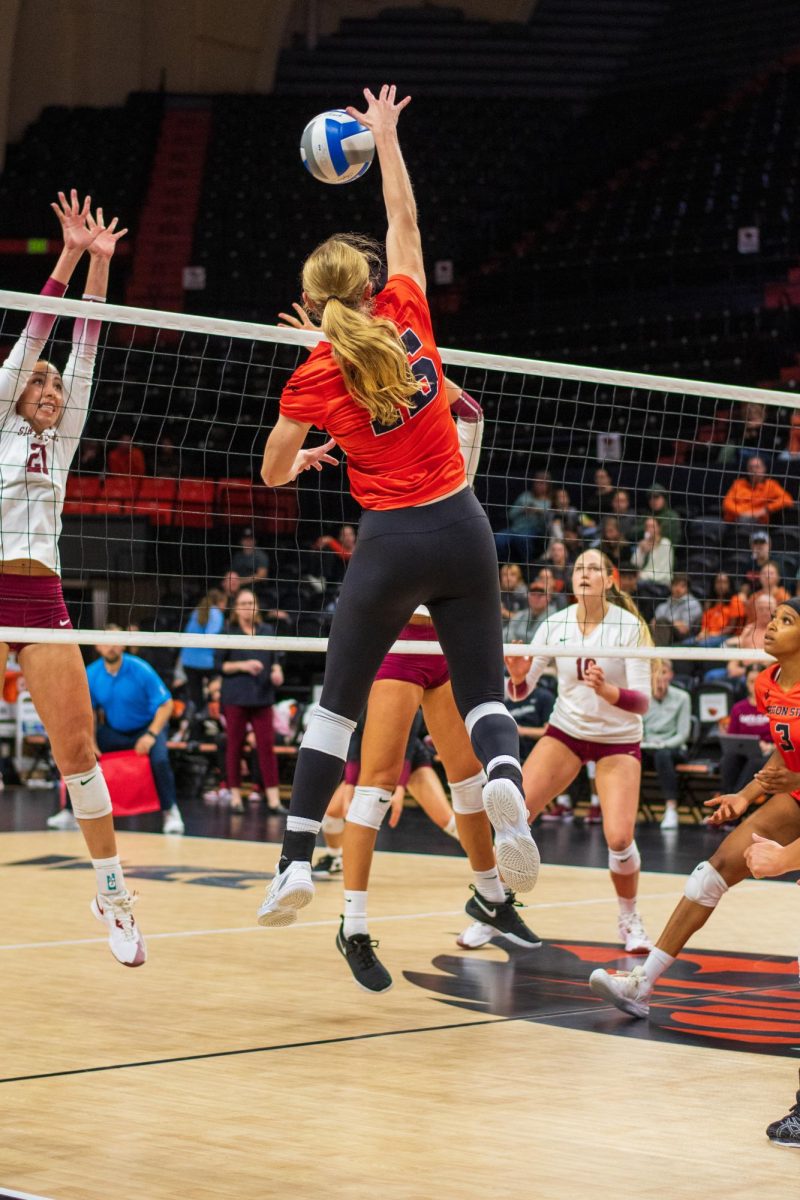
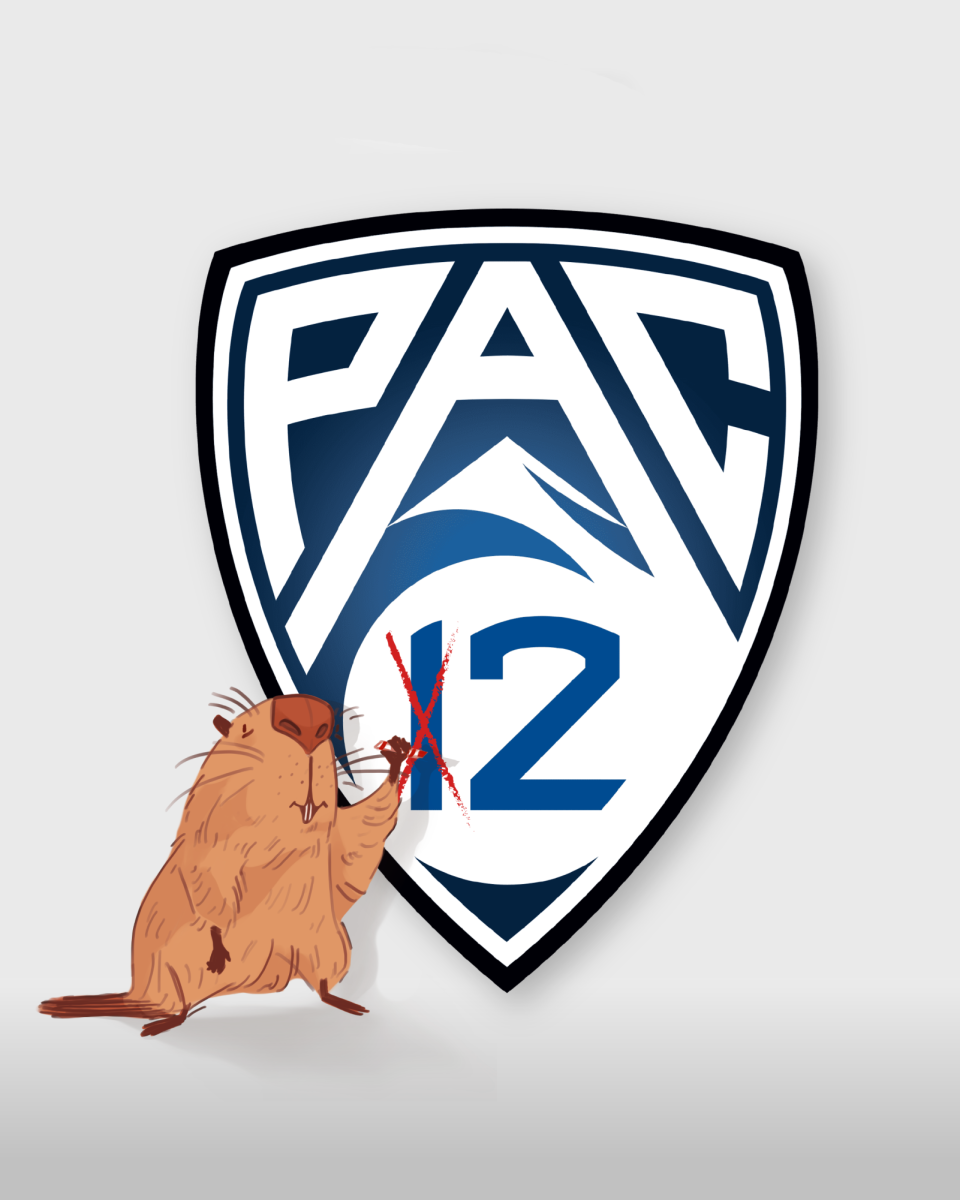
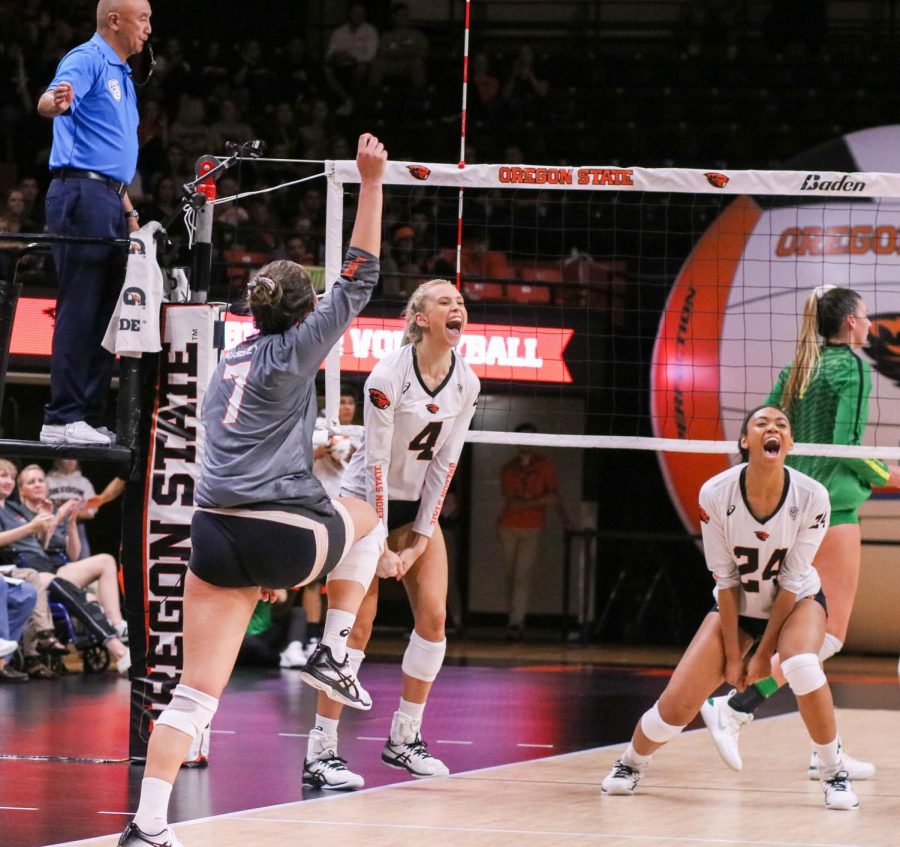
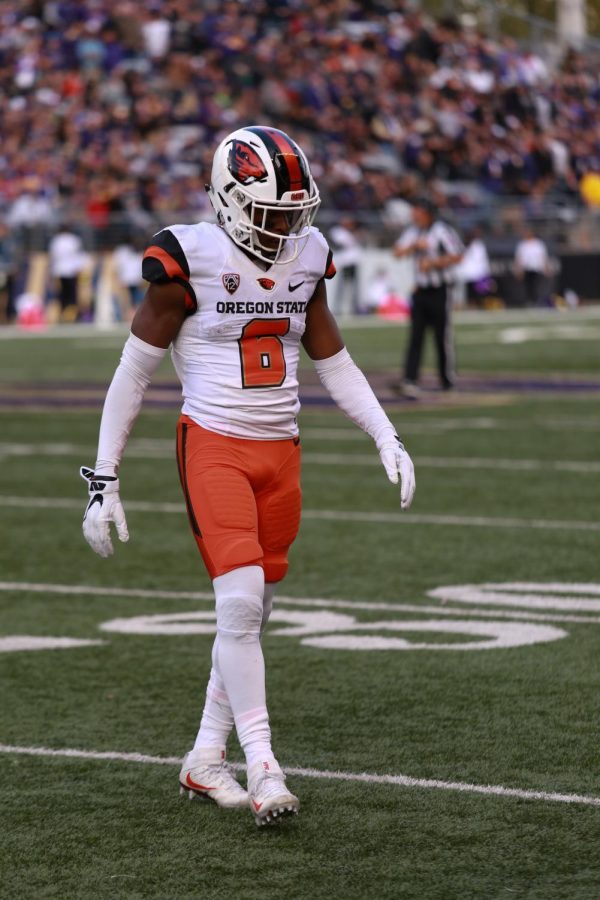
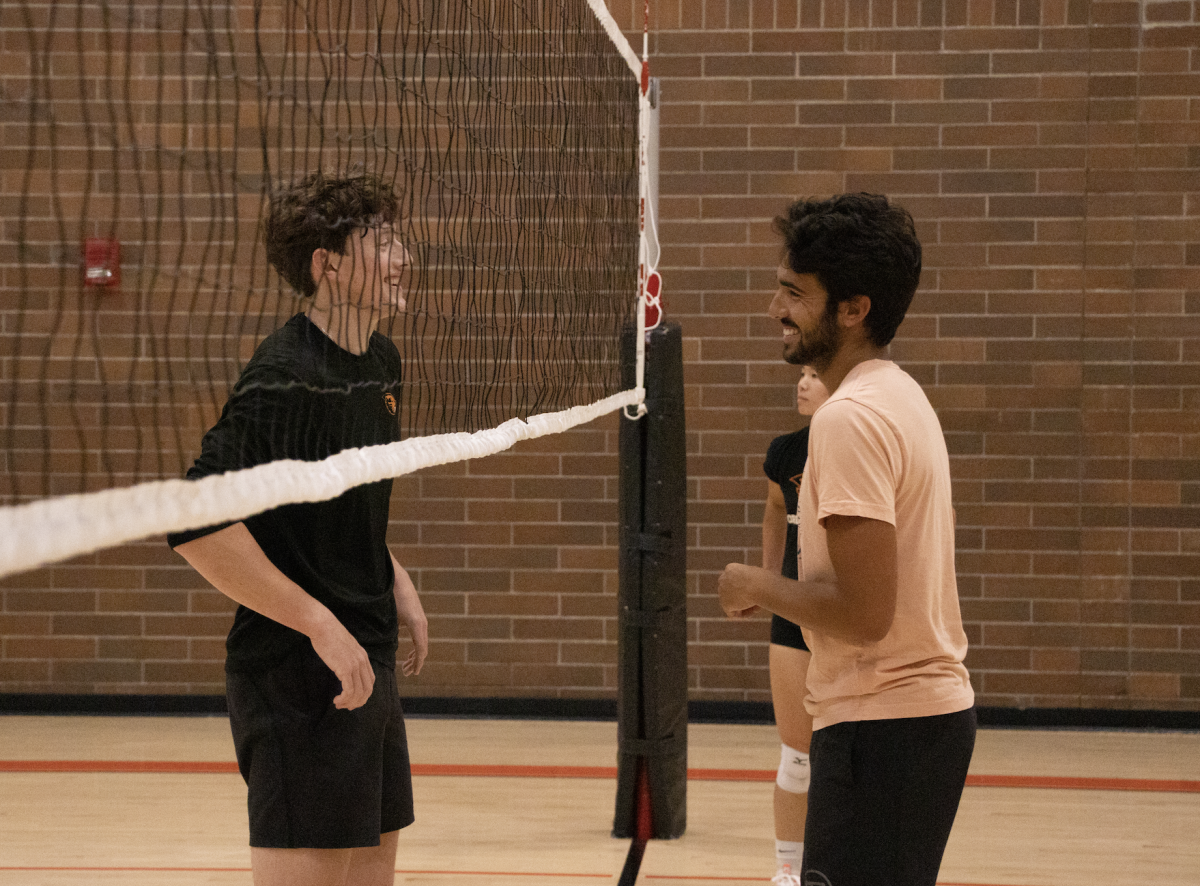
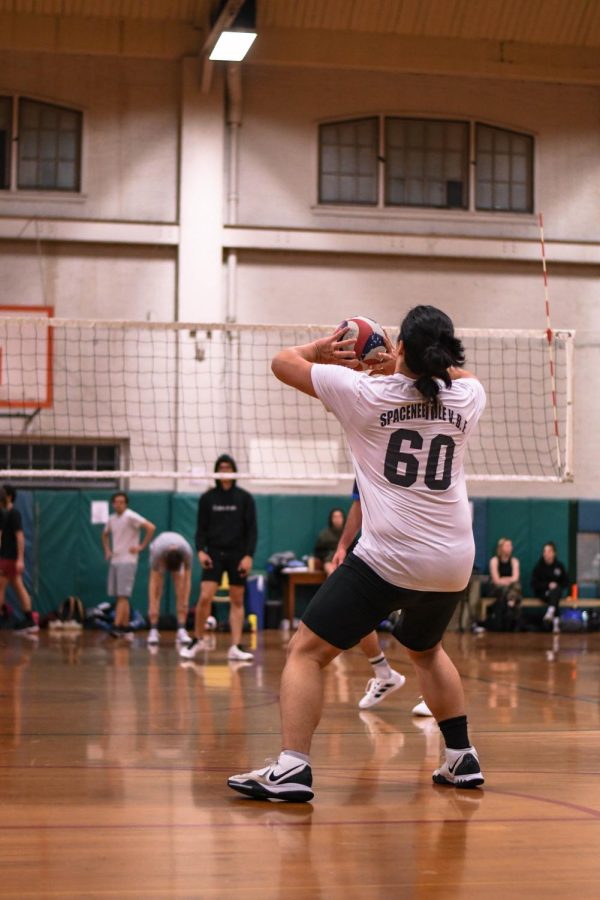
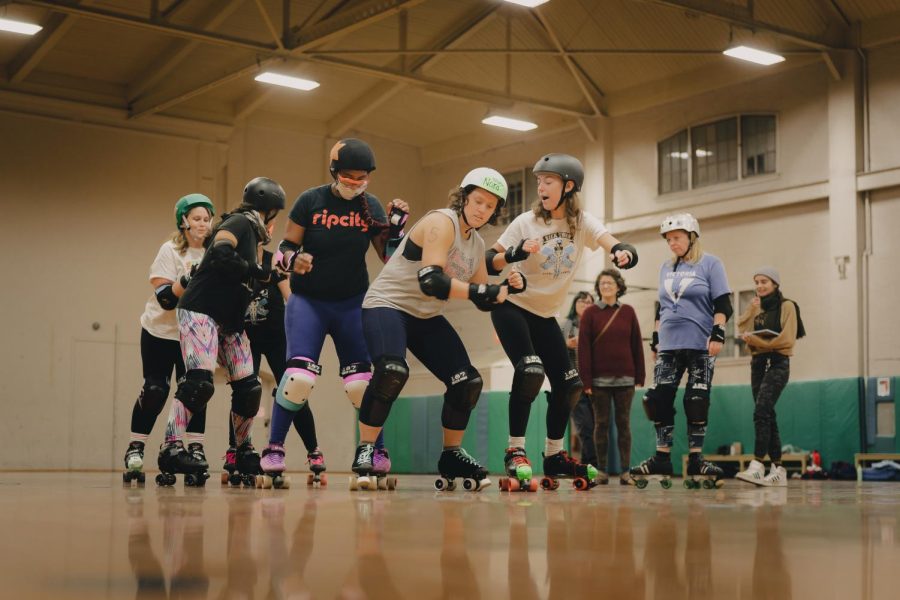
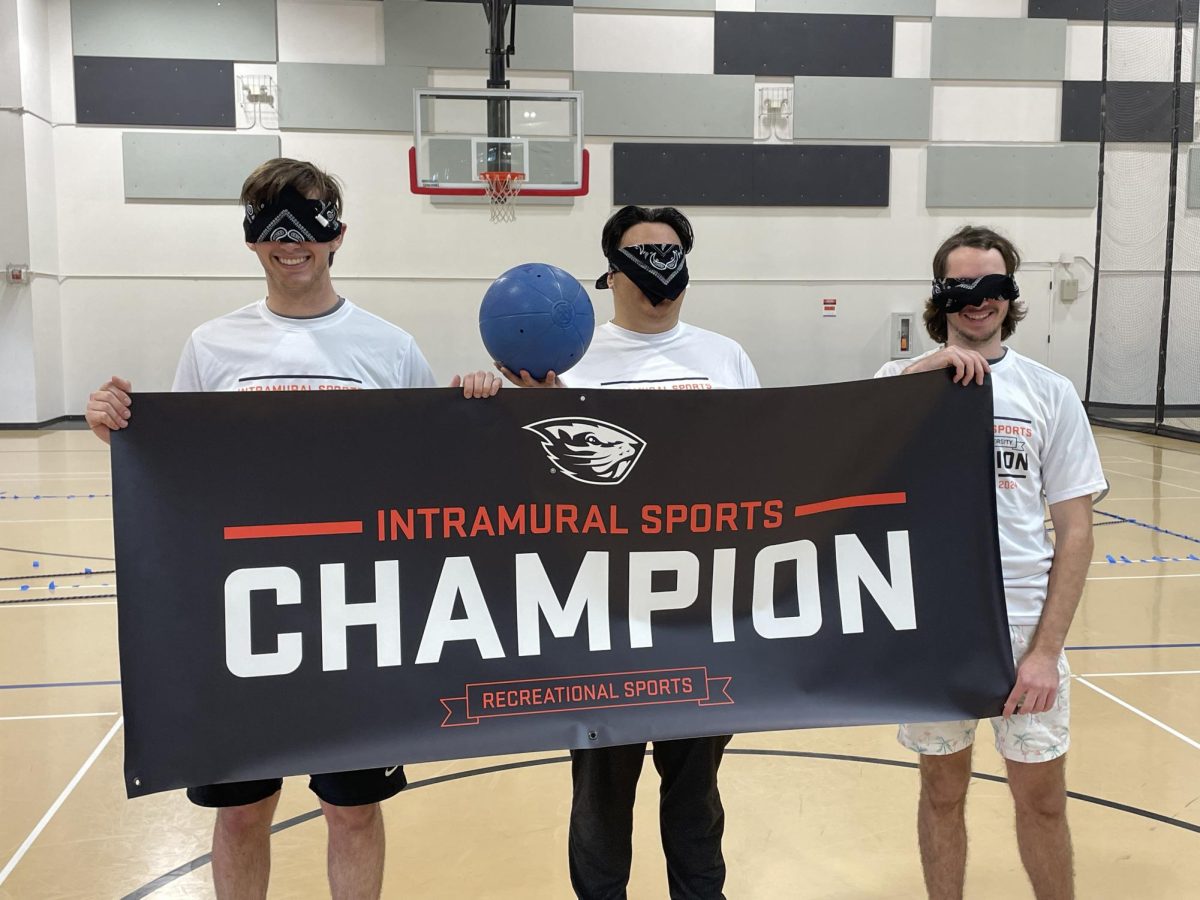
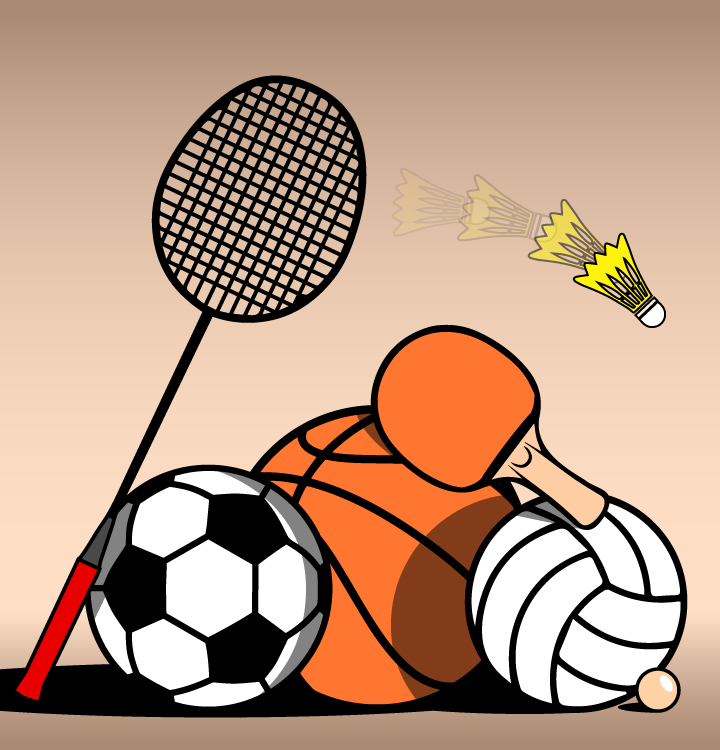
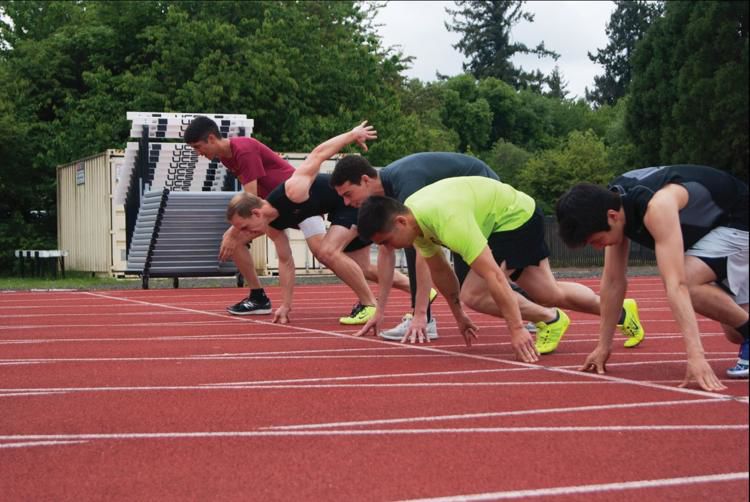

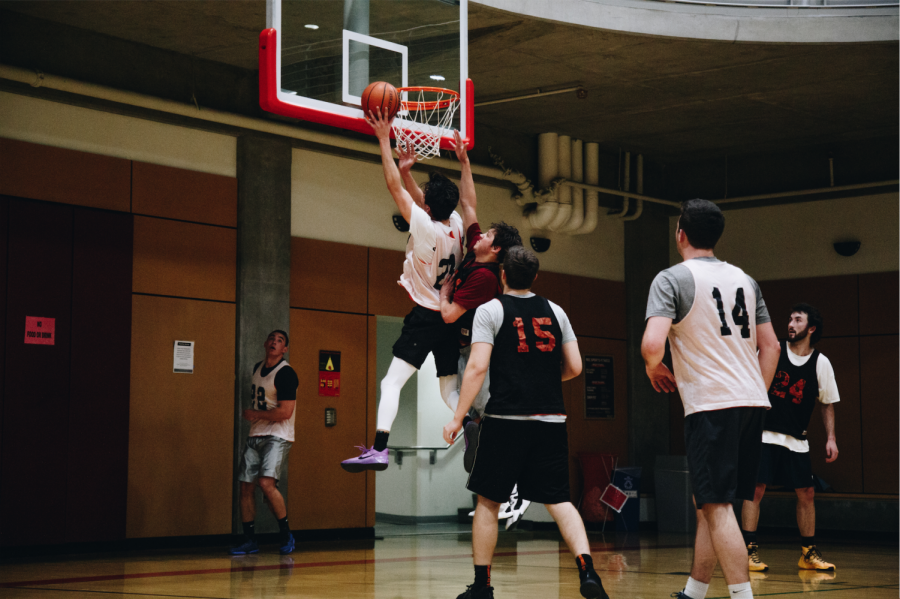
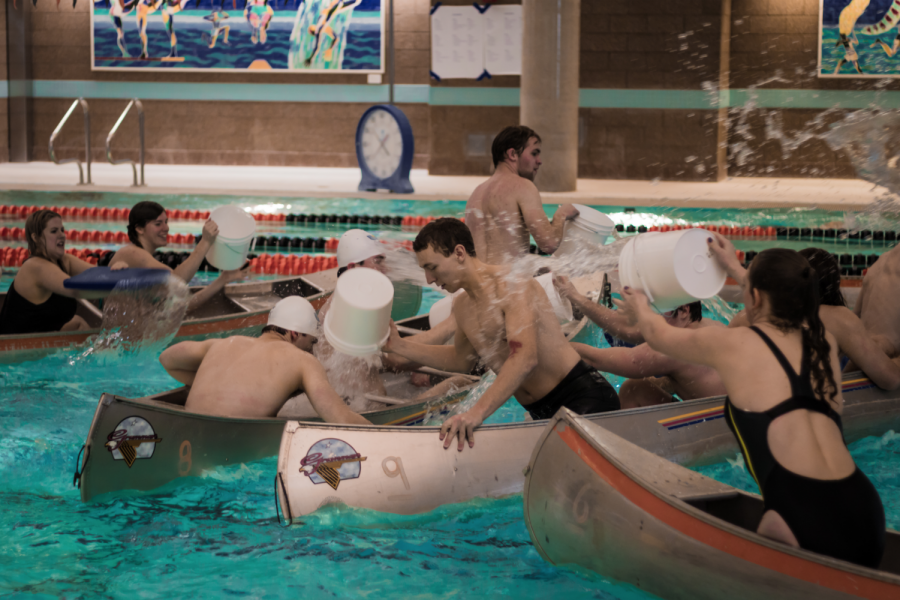
![Newspaper clipping from February 25, 1970 in the Daily Barometer showing an article written by Bob Allen, past Barometer Editor. This article was written to spotlight both the student body’s lack of participation with student government at the time in conjunction with their class representatives response. [It’s important to note ASOSU was not structured identically to today’s standards, likely having a president on behalf of each class work together as one entity as opposed to one president representing all classes.]](https://dailybaro.orangemedianetwork.com/wp-content/uploads/2025/03/Screenshot-2025-03-12-1.00.42-PM-e1741811160853.png)

